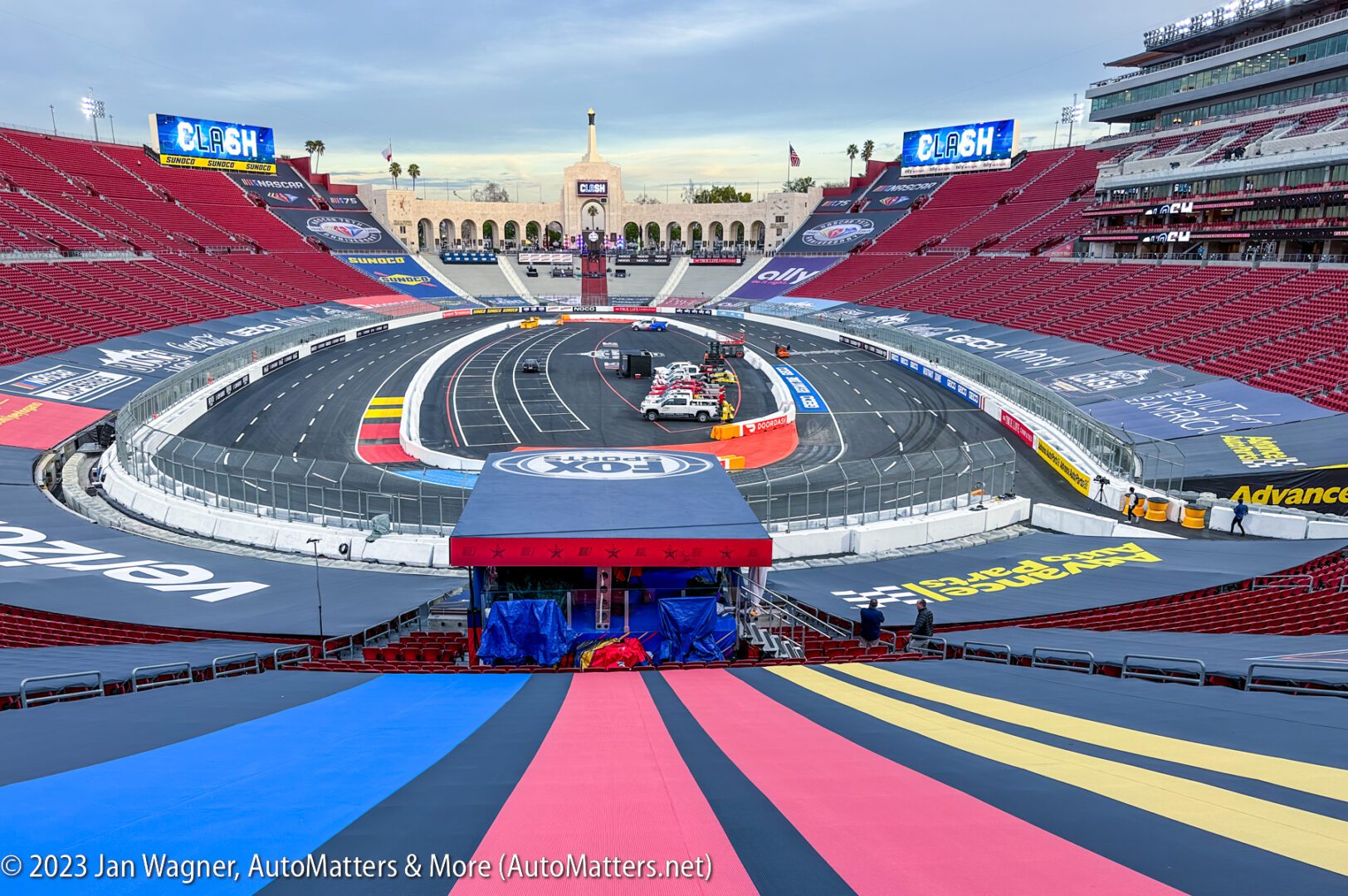
2023 NASCAR Busch Light CLASH at the LA Coliseum
Following up on NASCAR’s wildly successful event in 2022 that introduced many new, young fans to NASCAR racing (see https://automatters.net/gutsy-busch-light-clash-at-the-coliseum-revs-up-a-large-new-audience-for-nascar/), NASCAR returned to the LA Coliseum to do it again, complete with pre-race and mid-race concerts, and two Fan Fest areas.
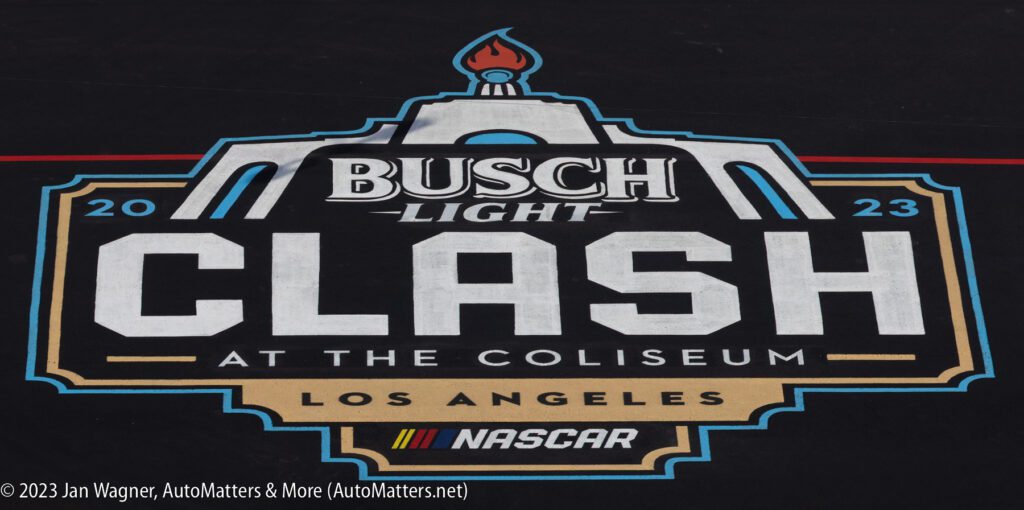
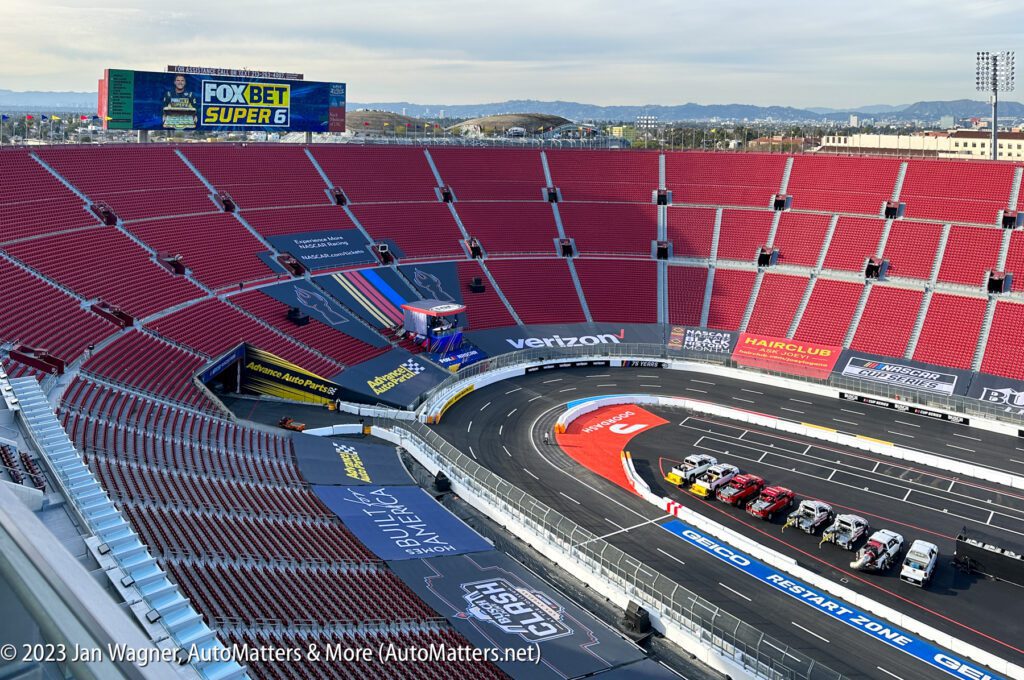


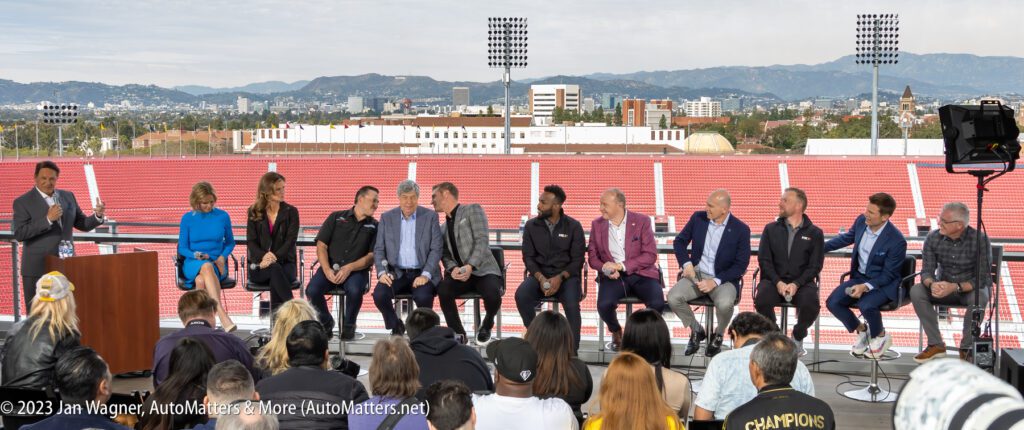
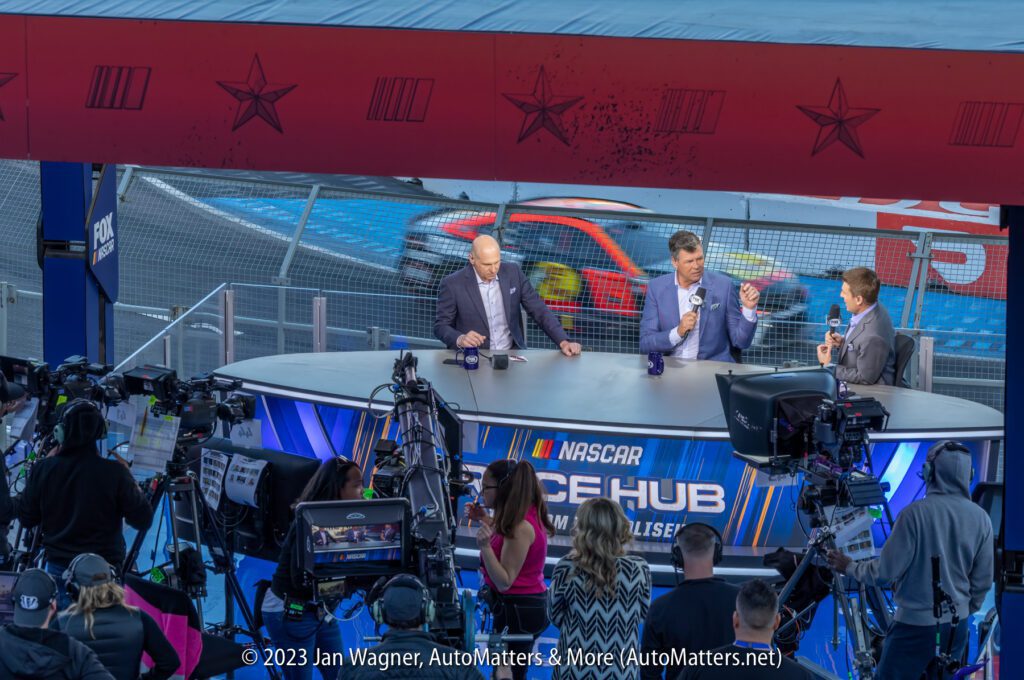



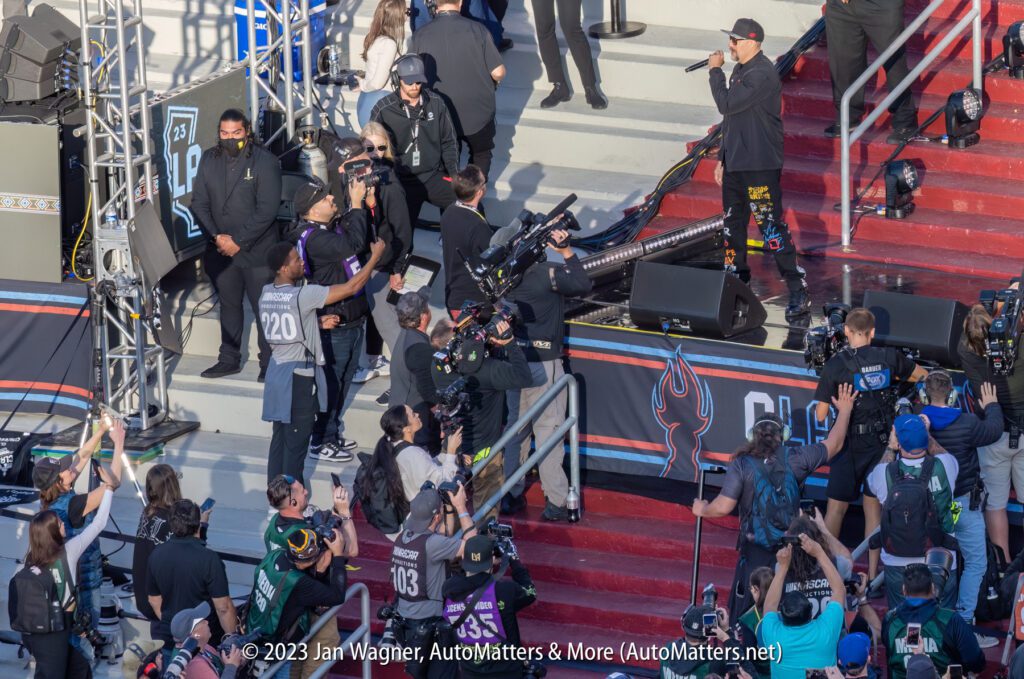
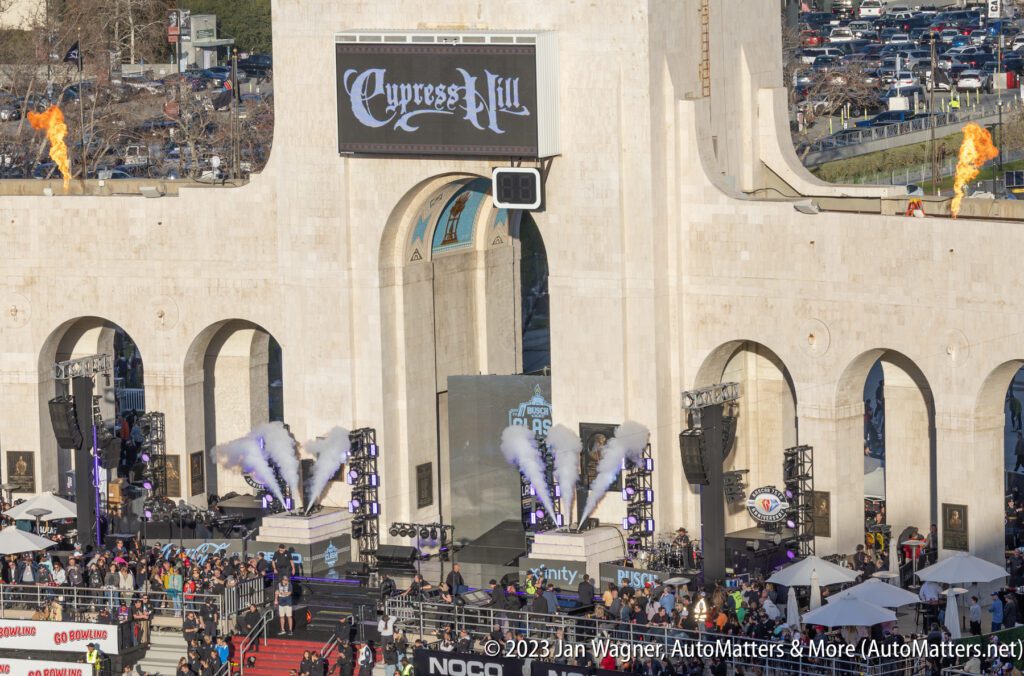

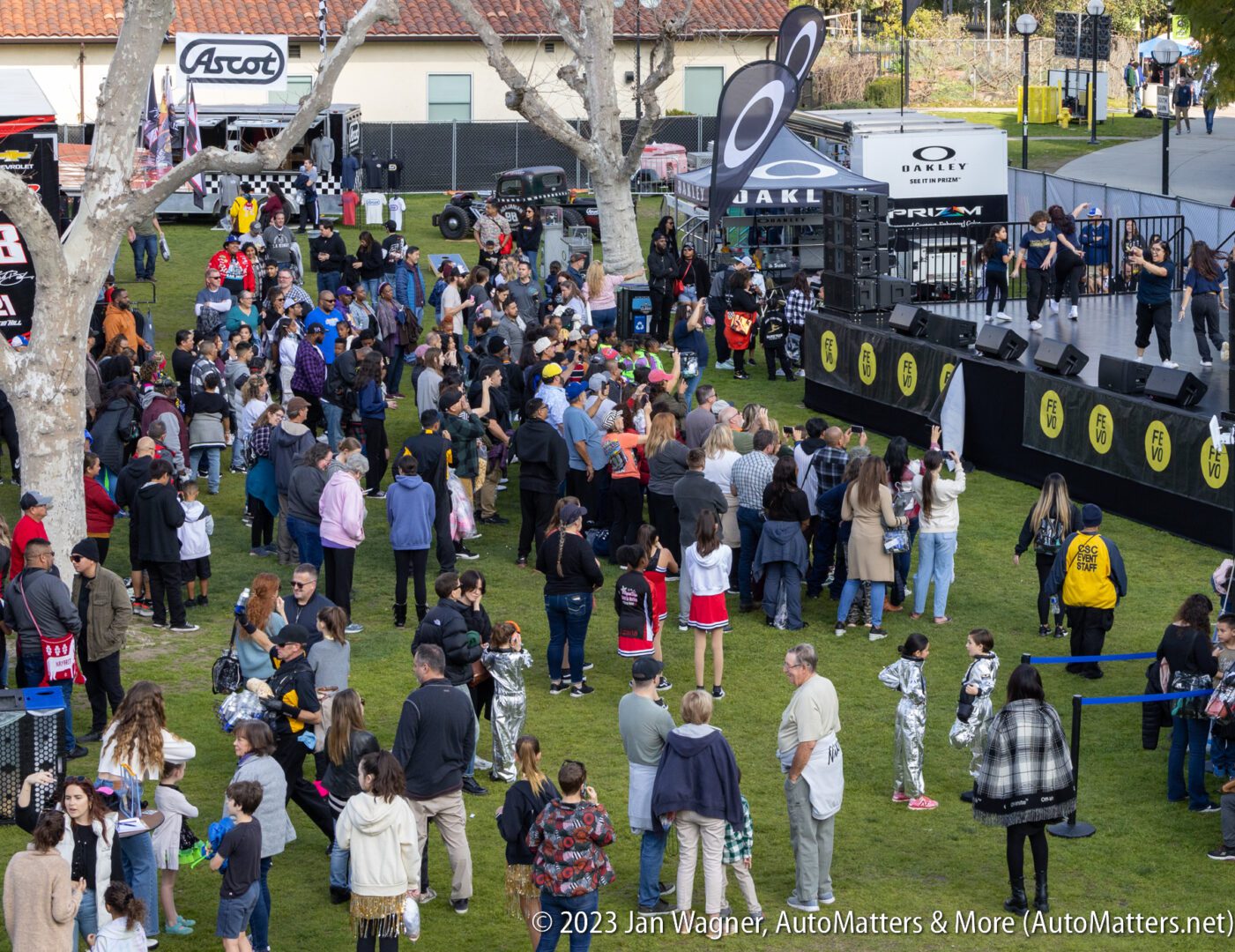

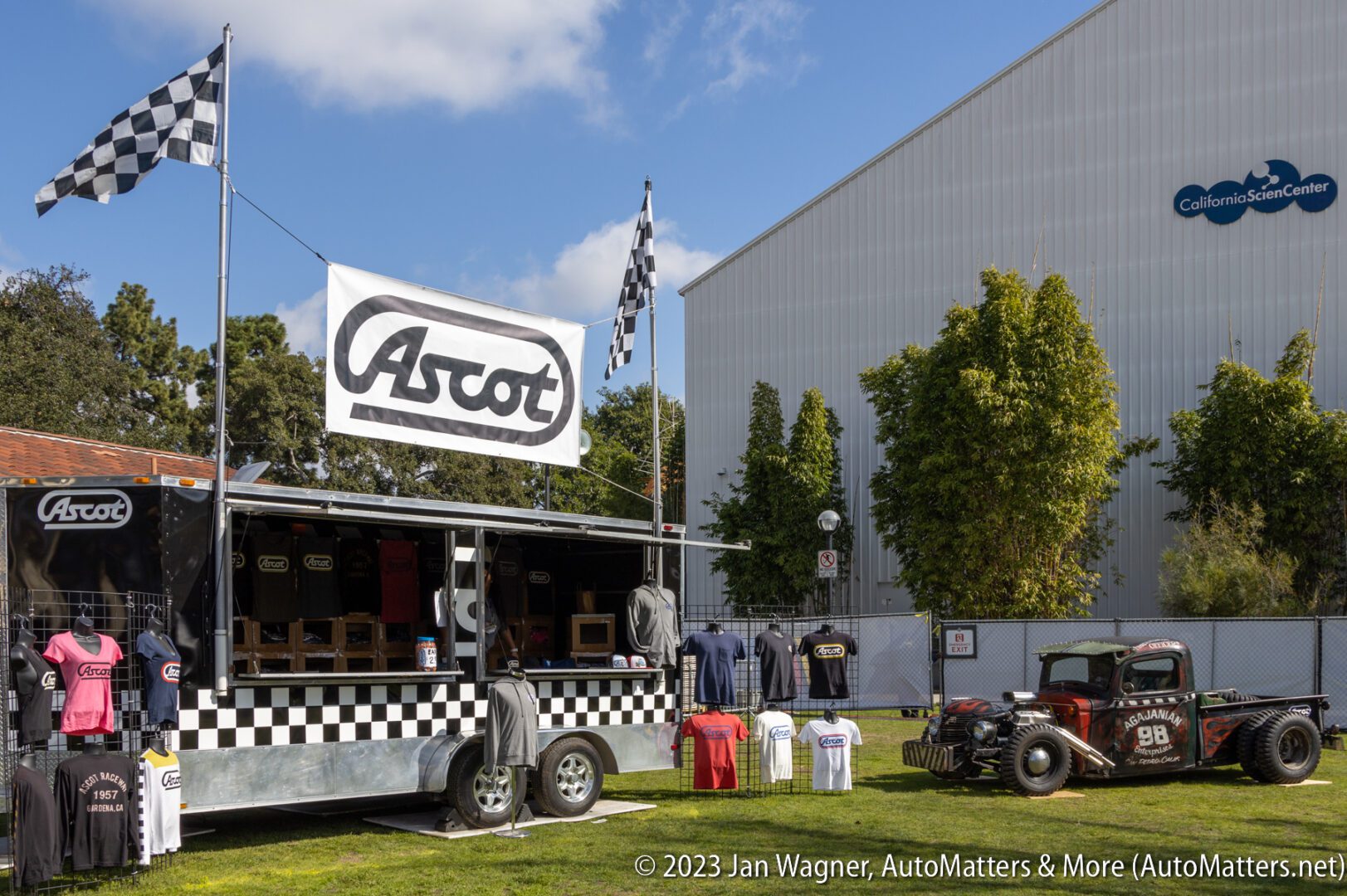
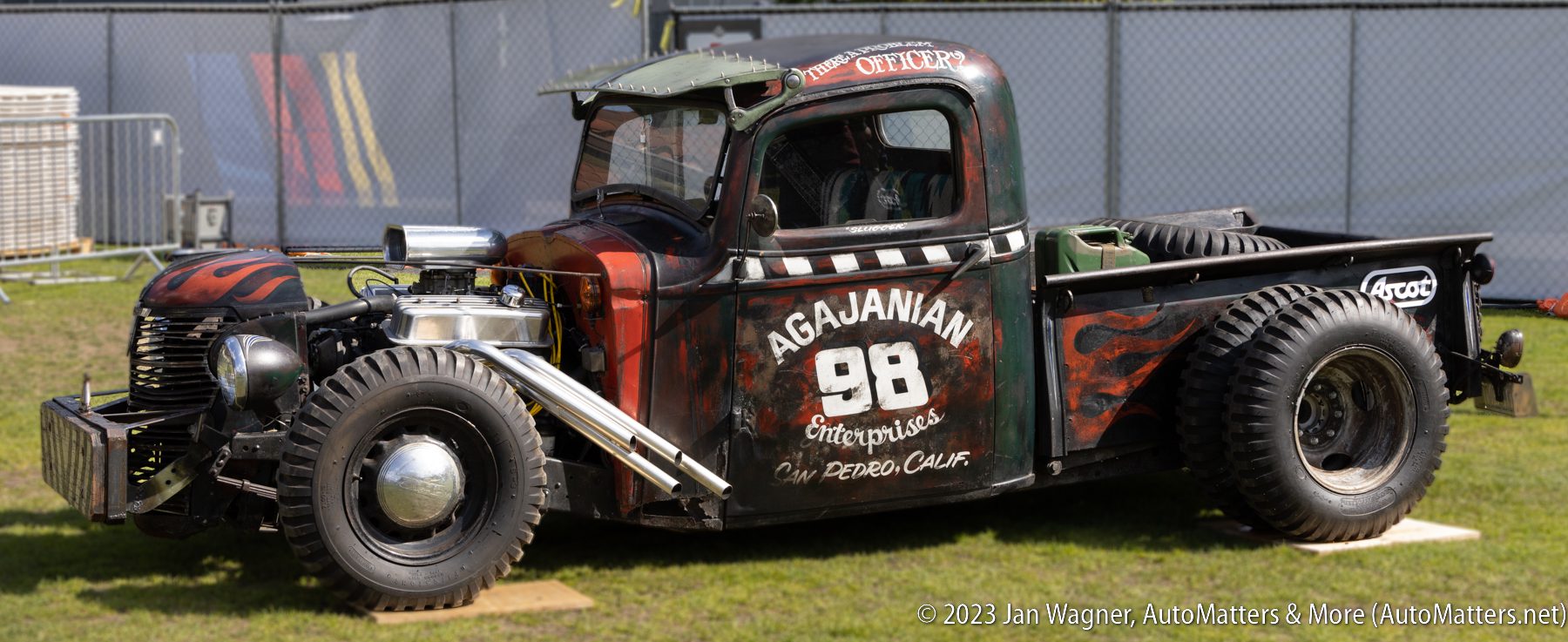
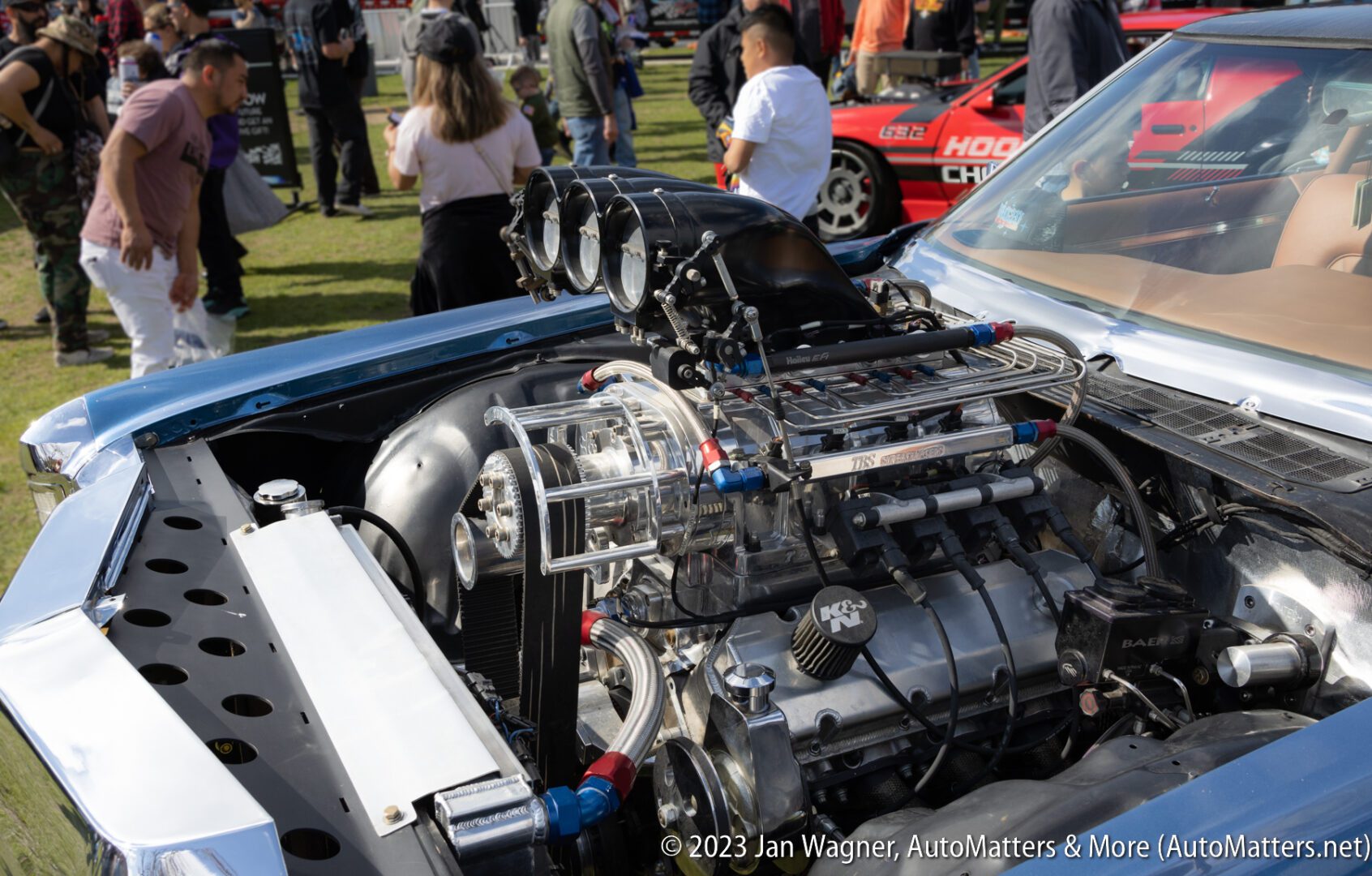
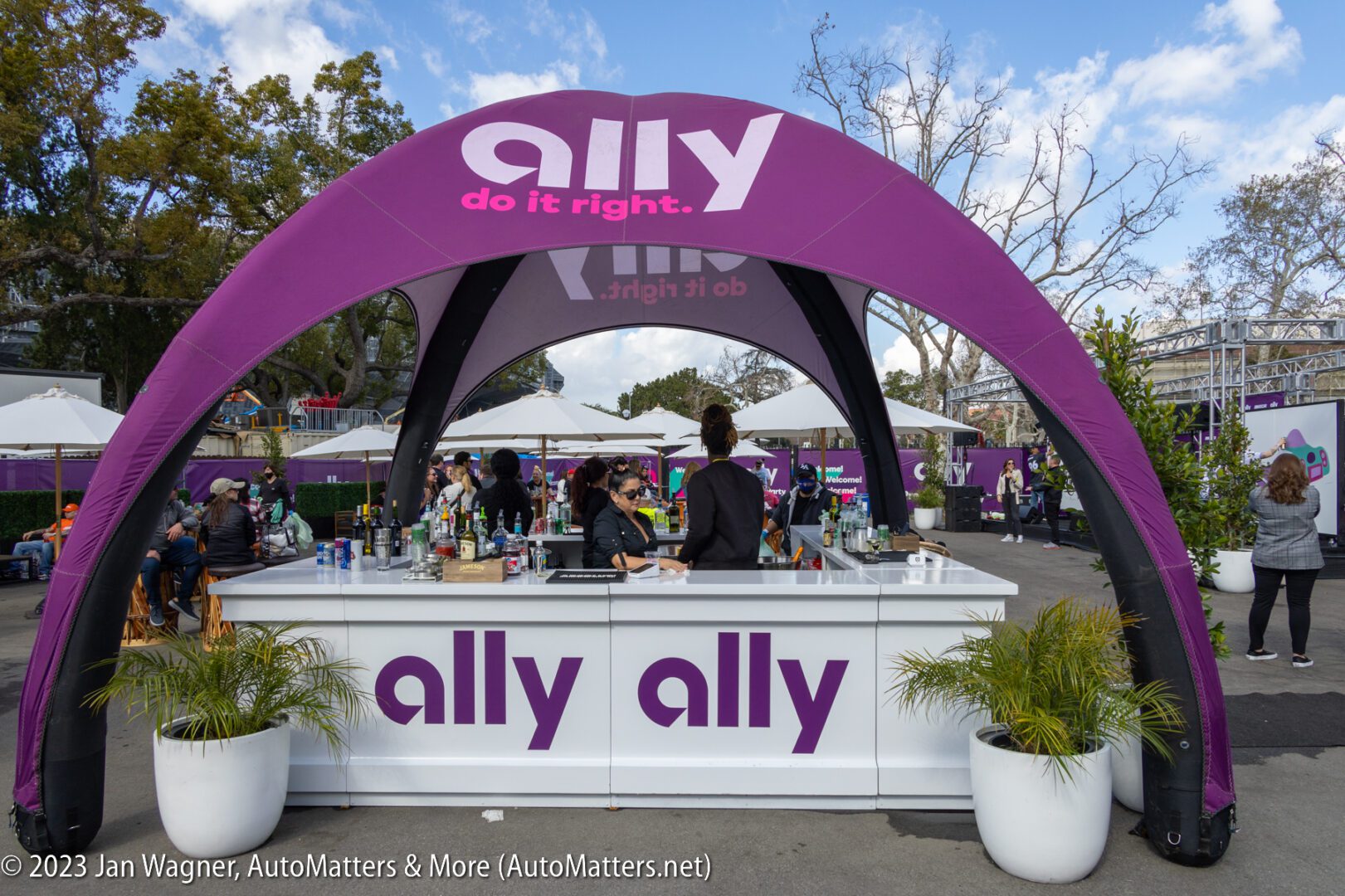
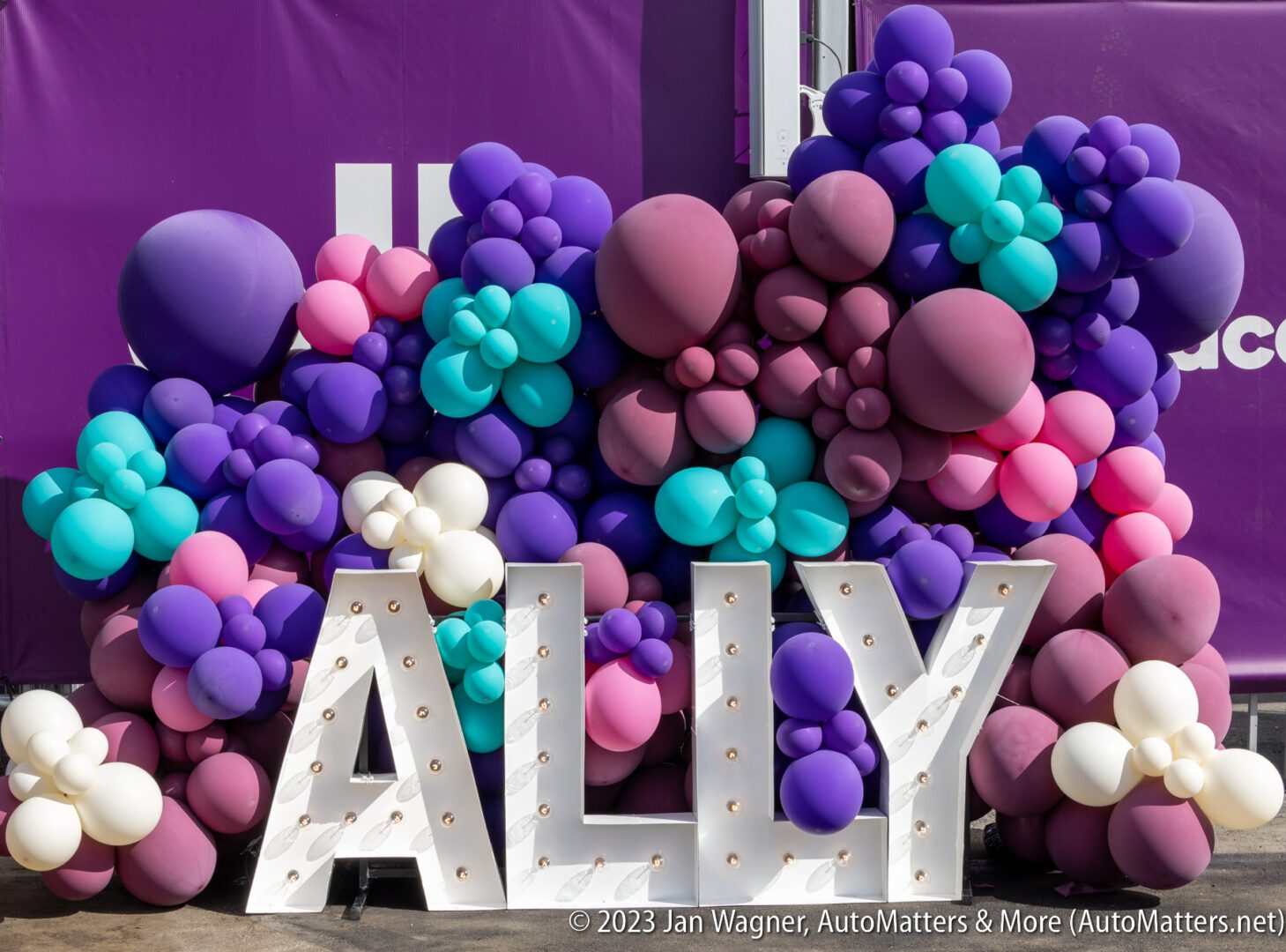

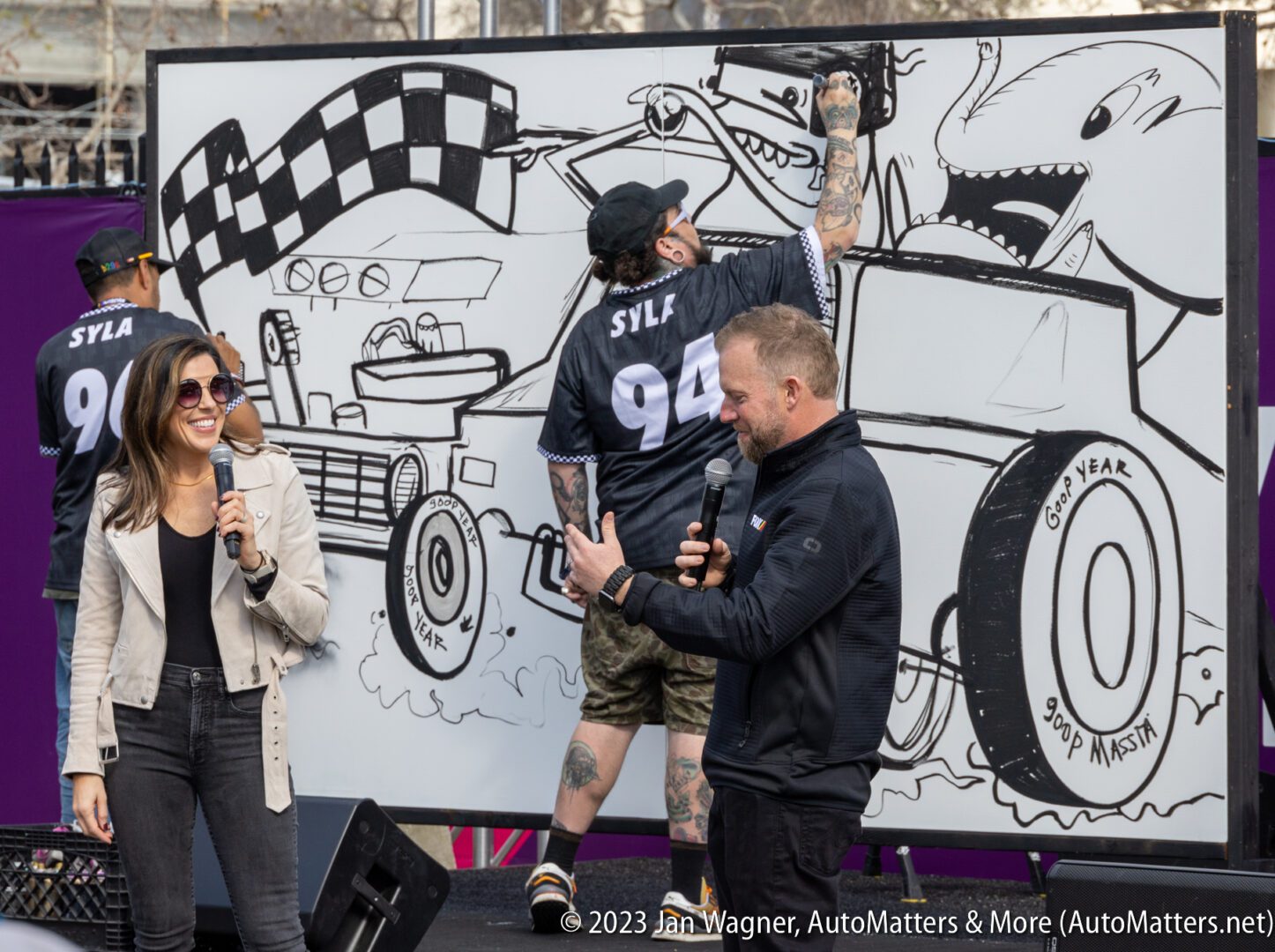
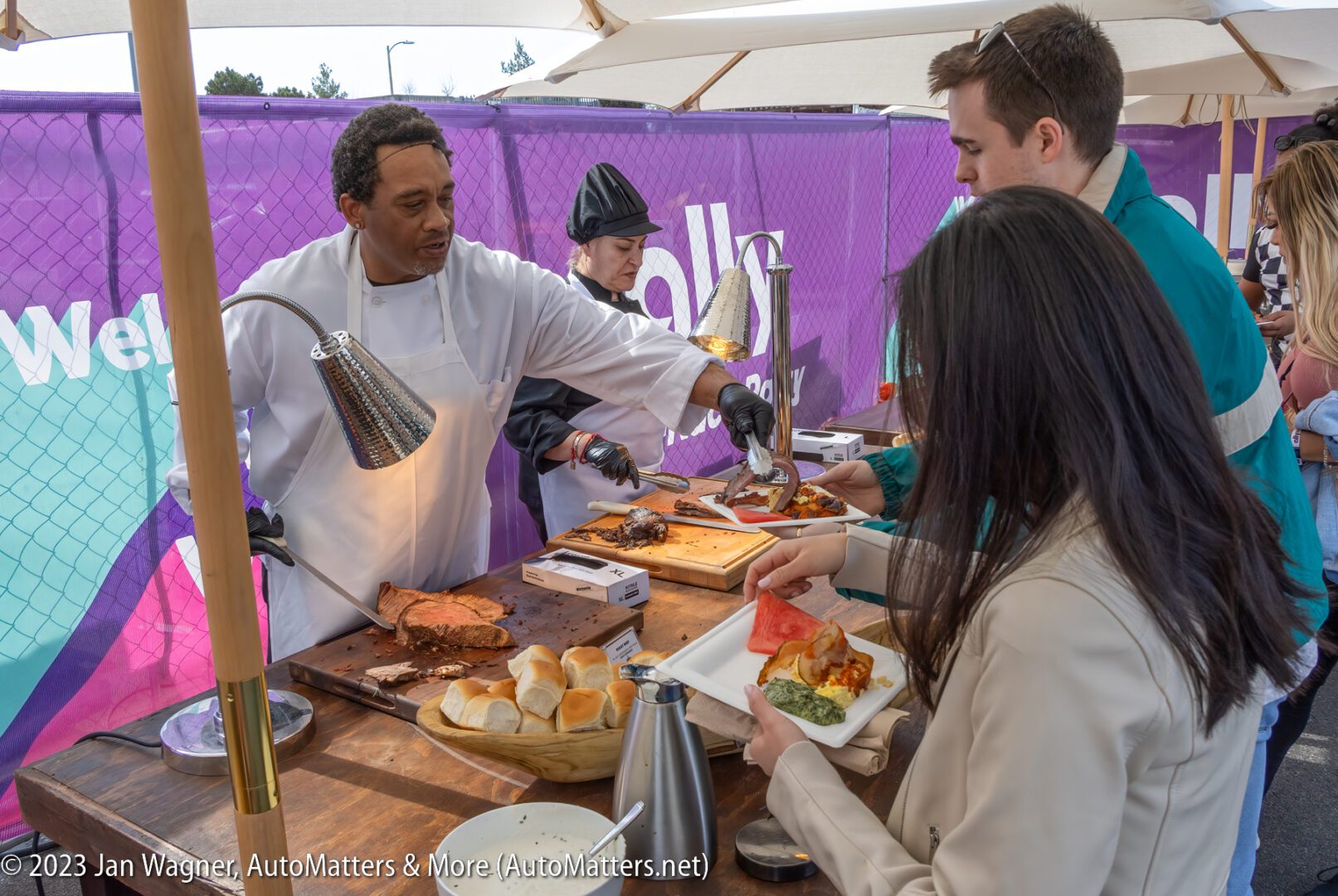
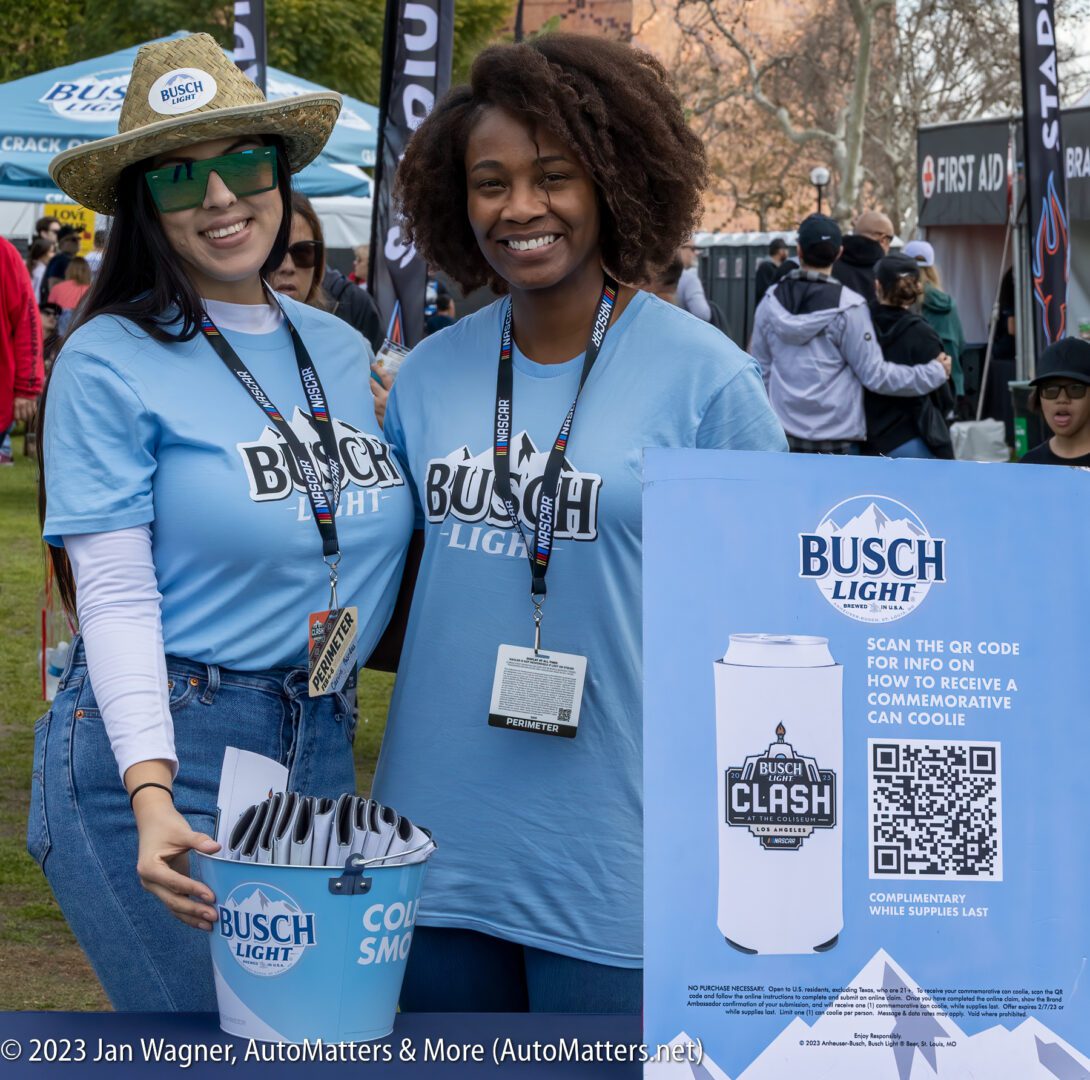
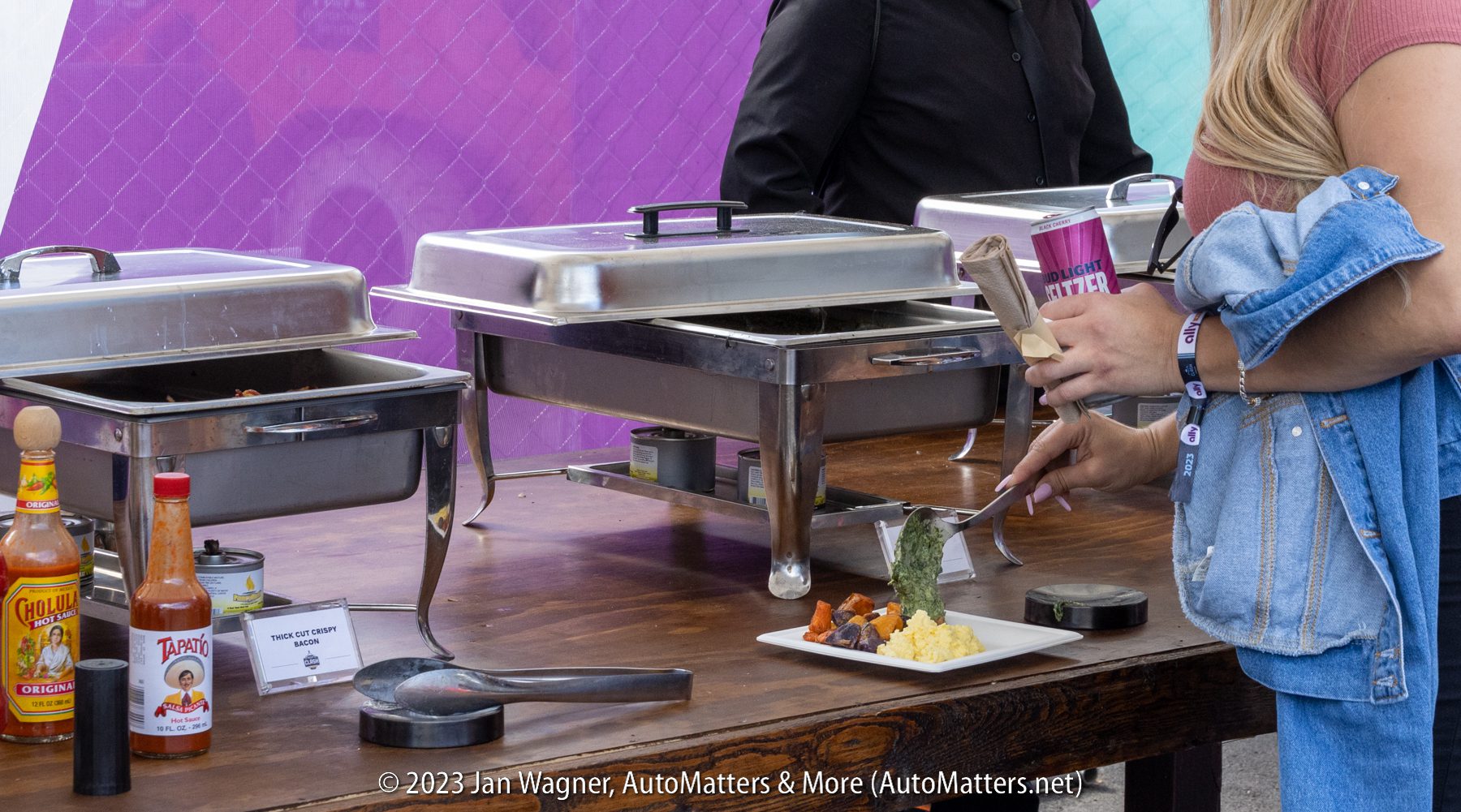
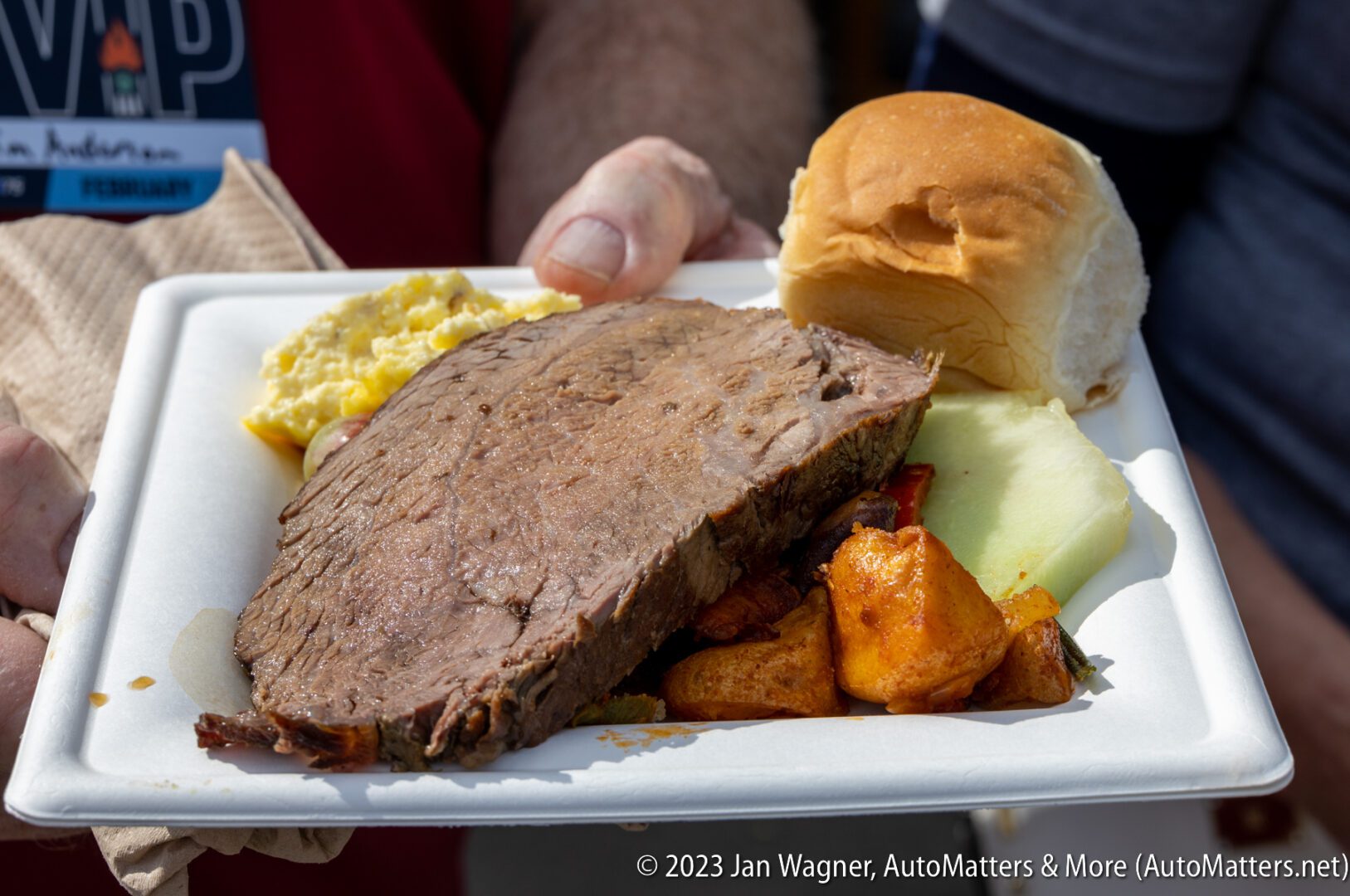
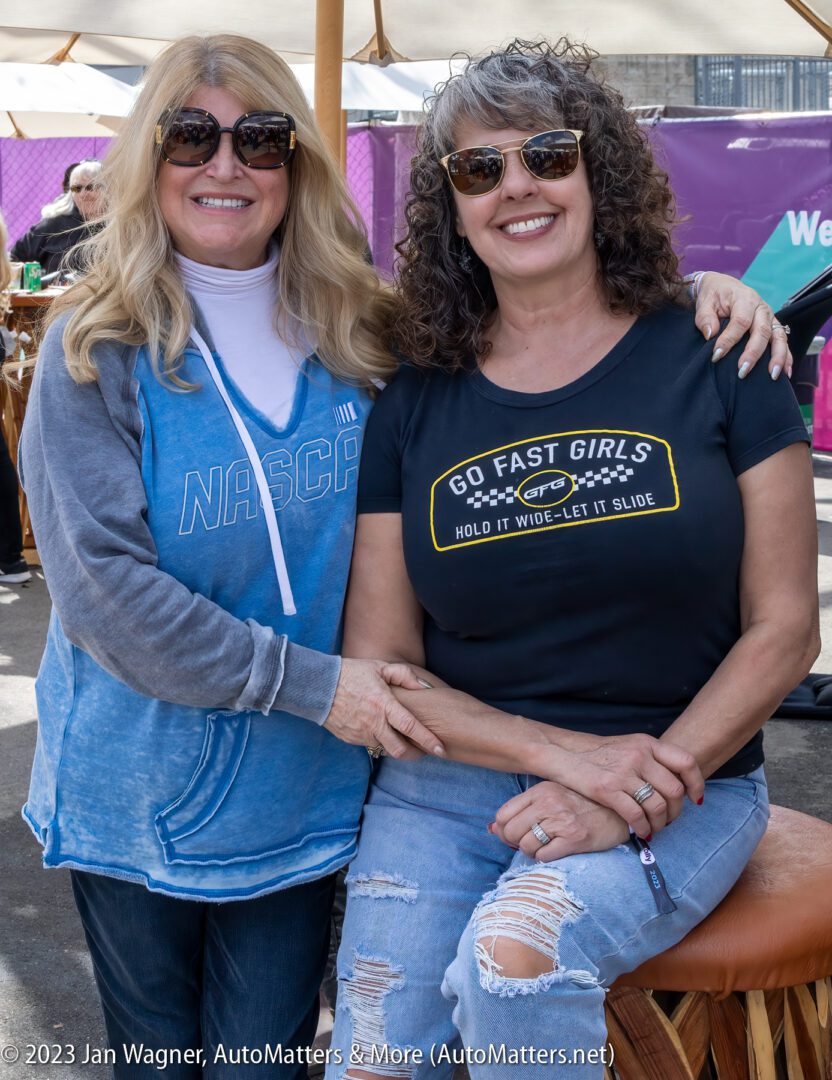

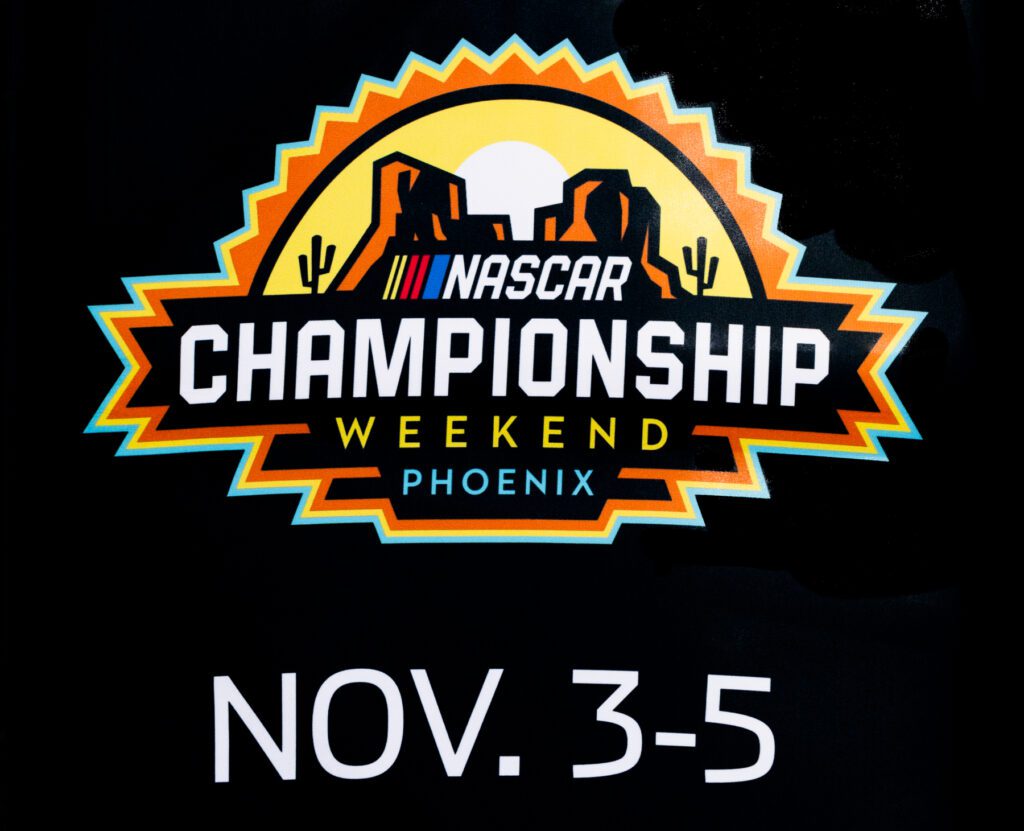
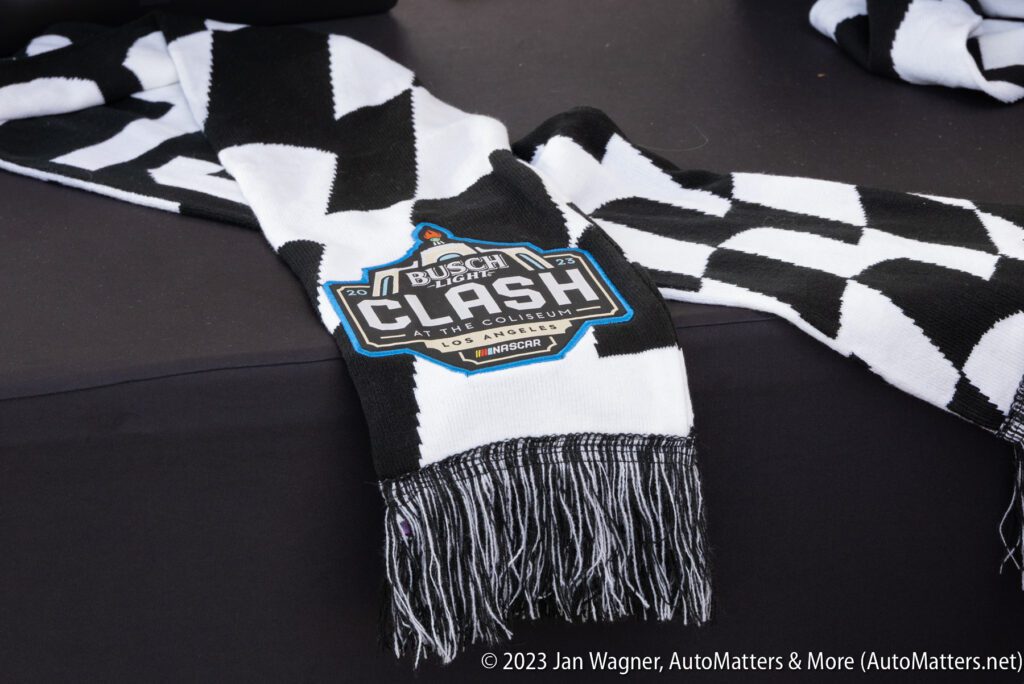
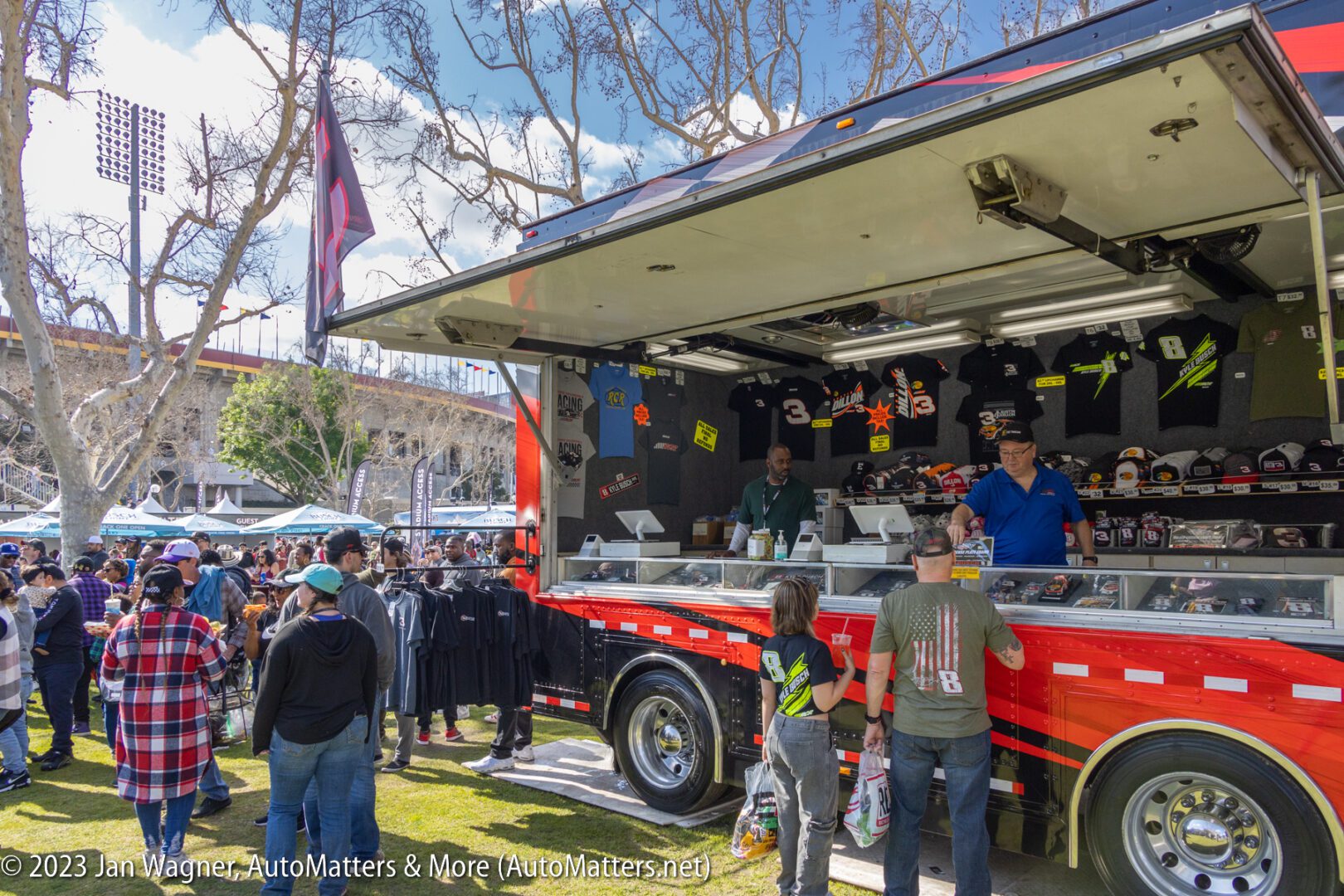
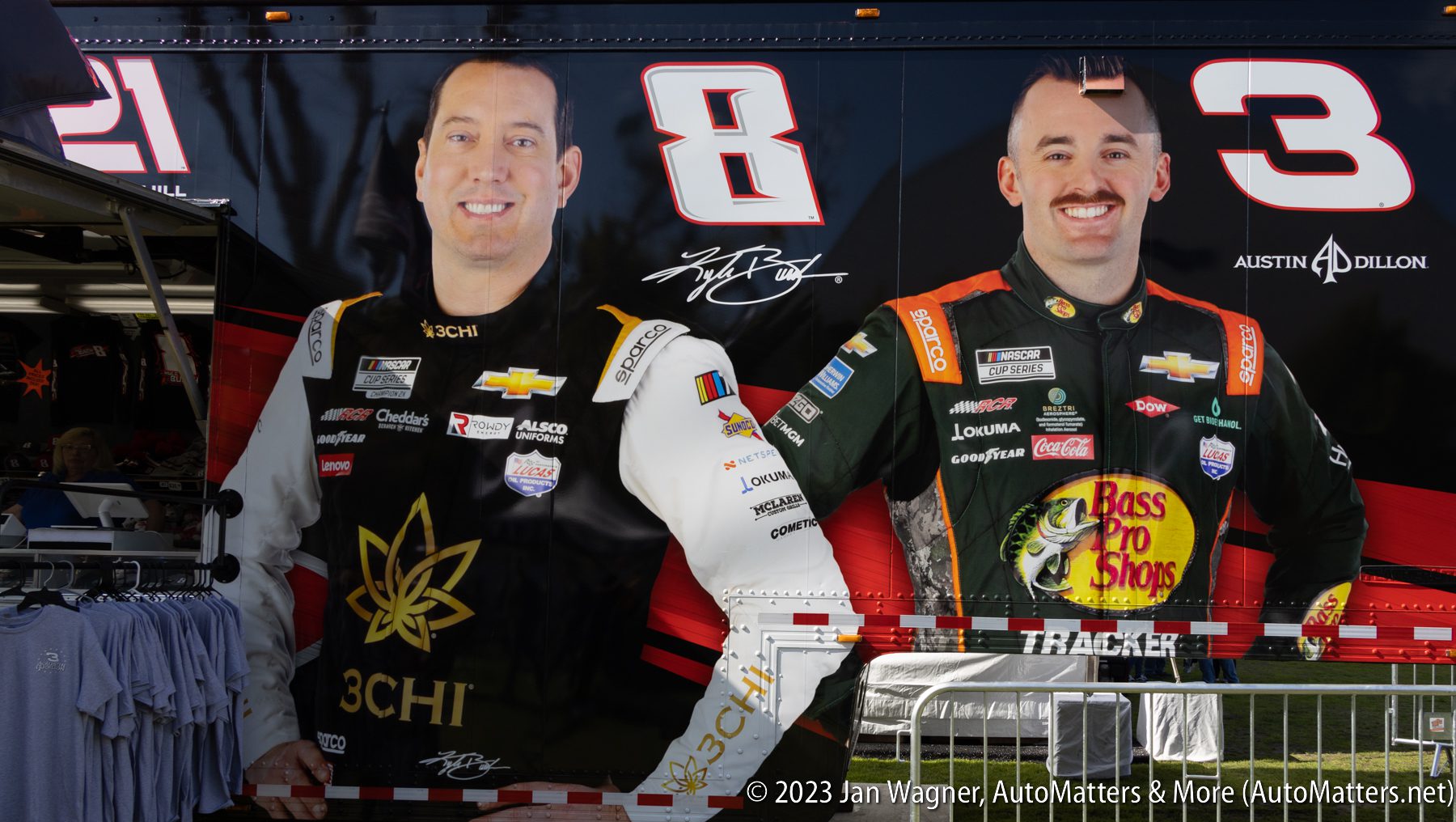
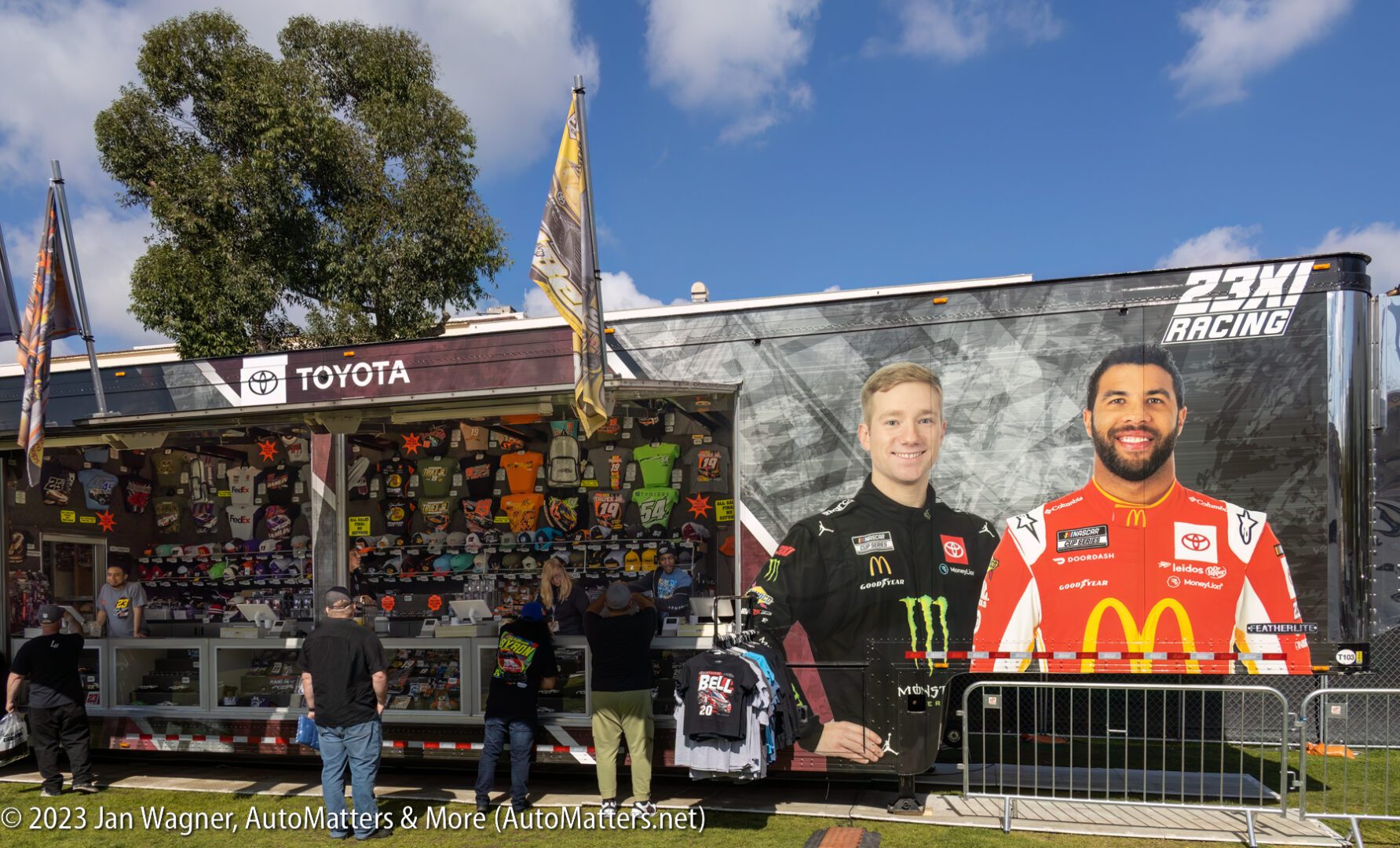
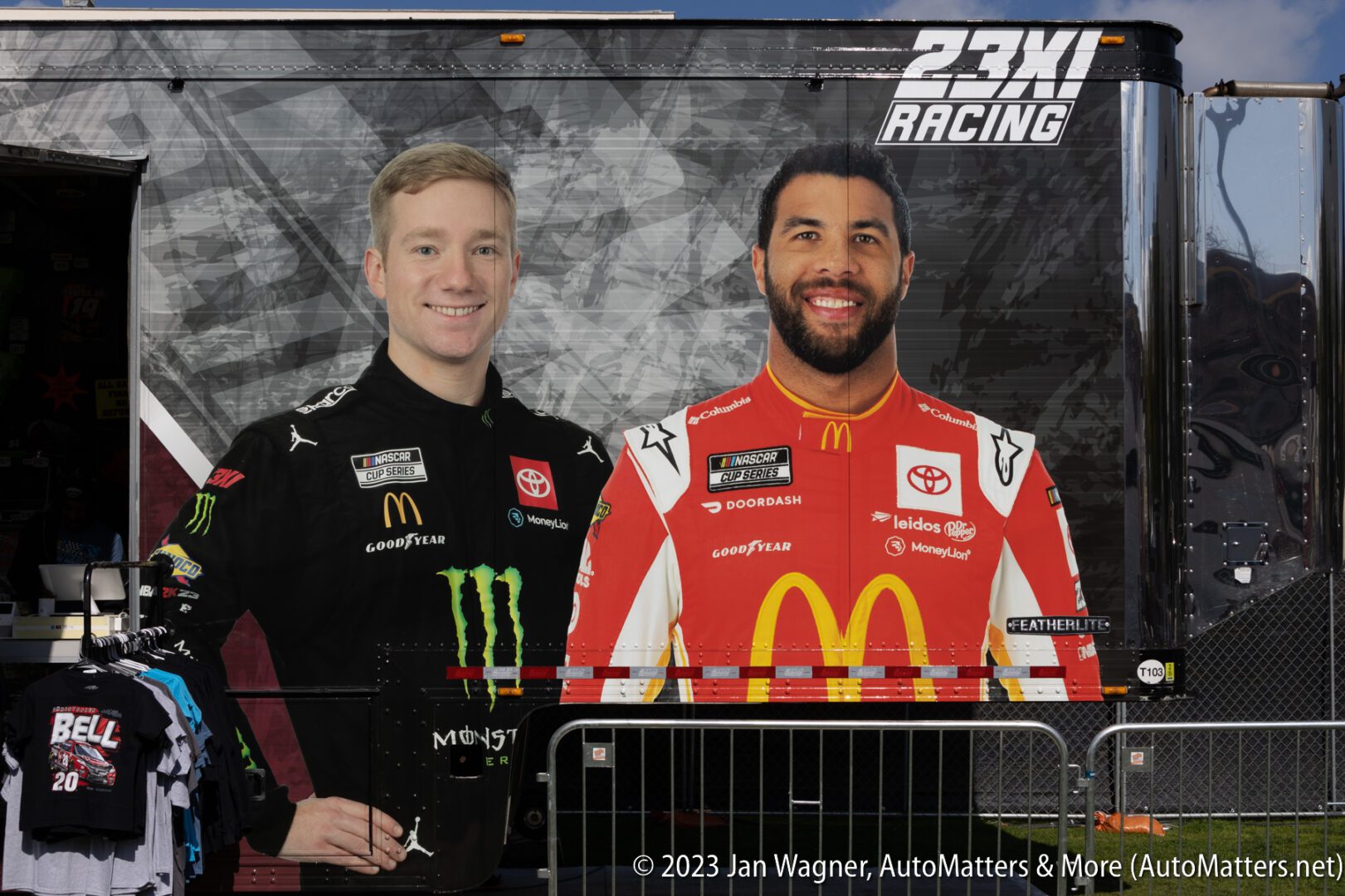
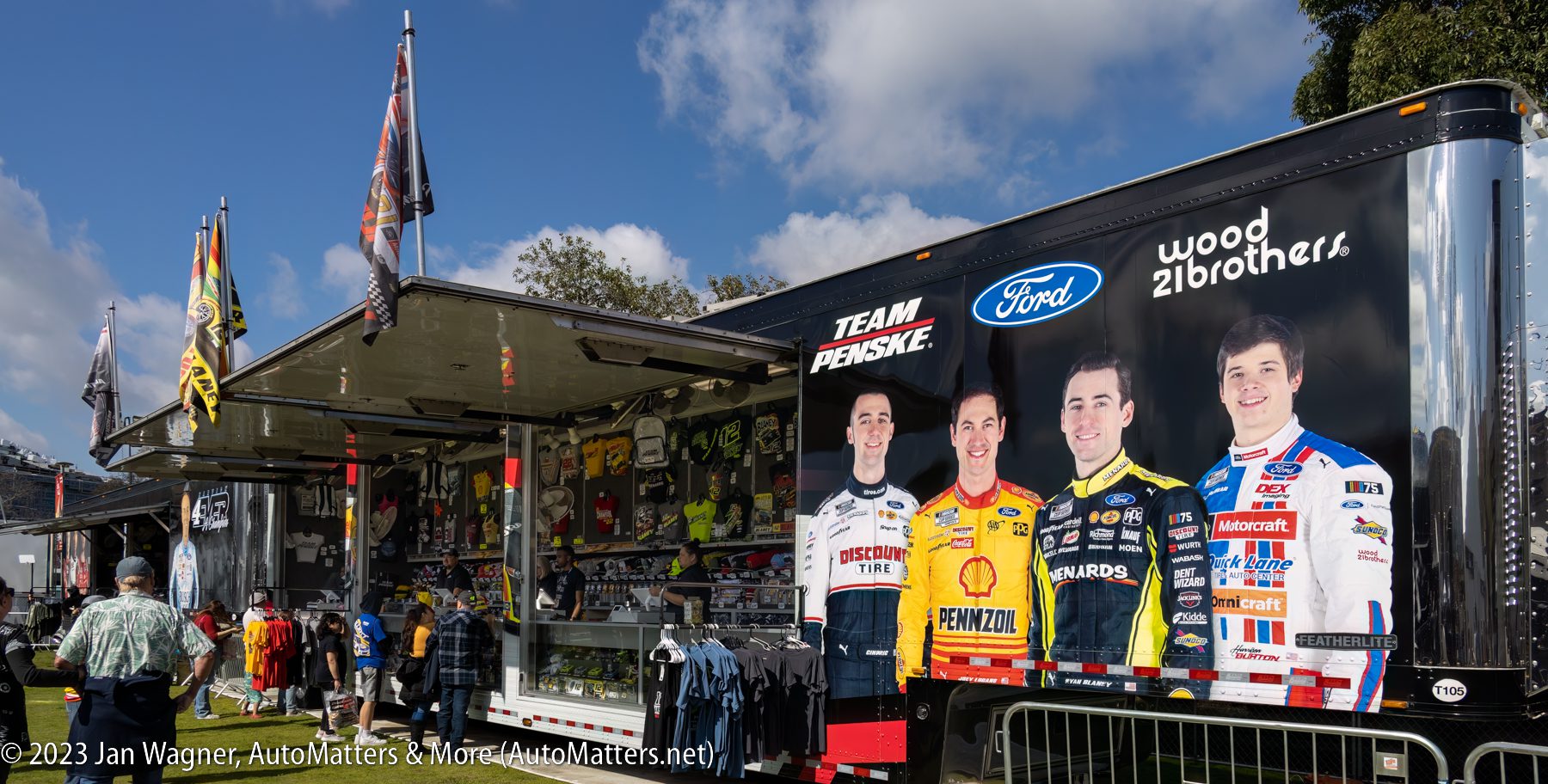
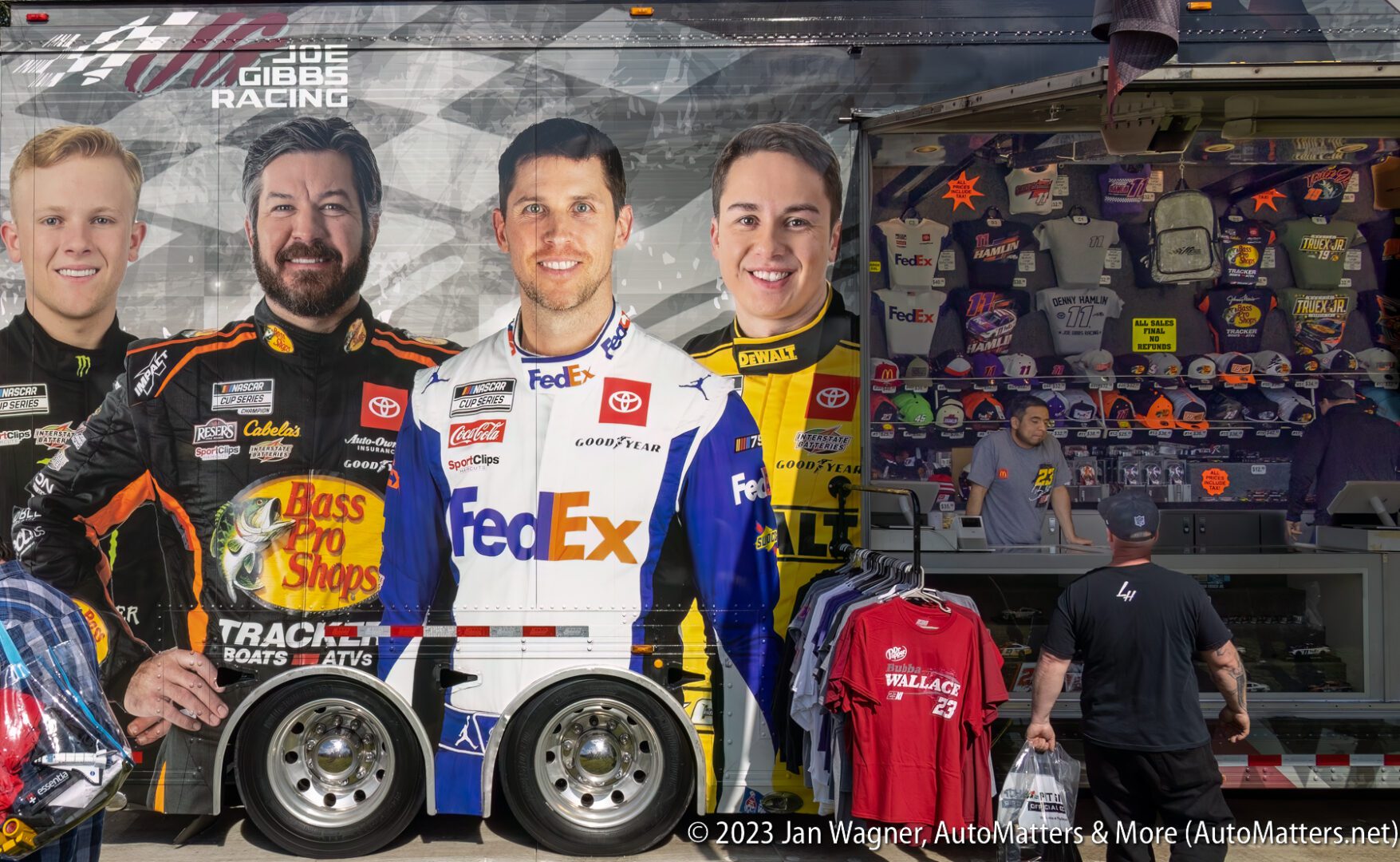
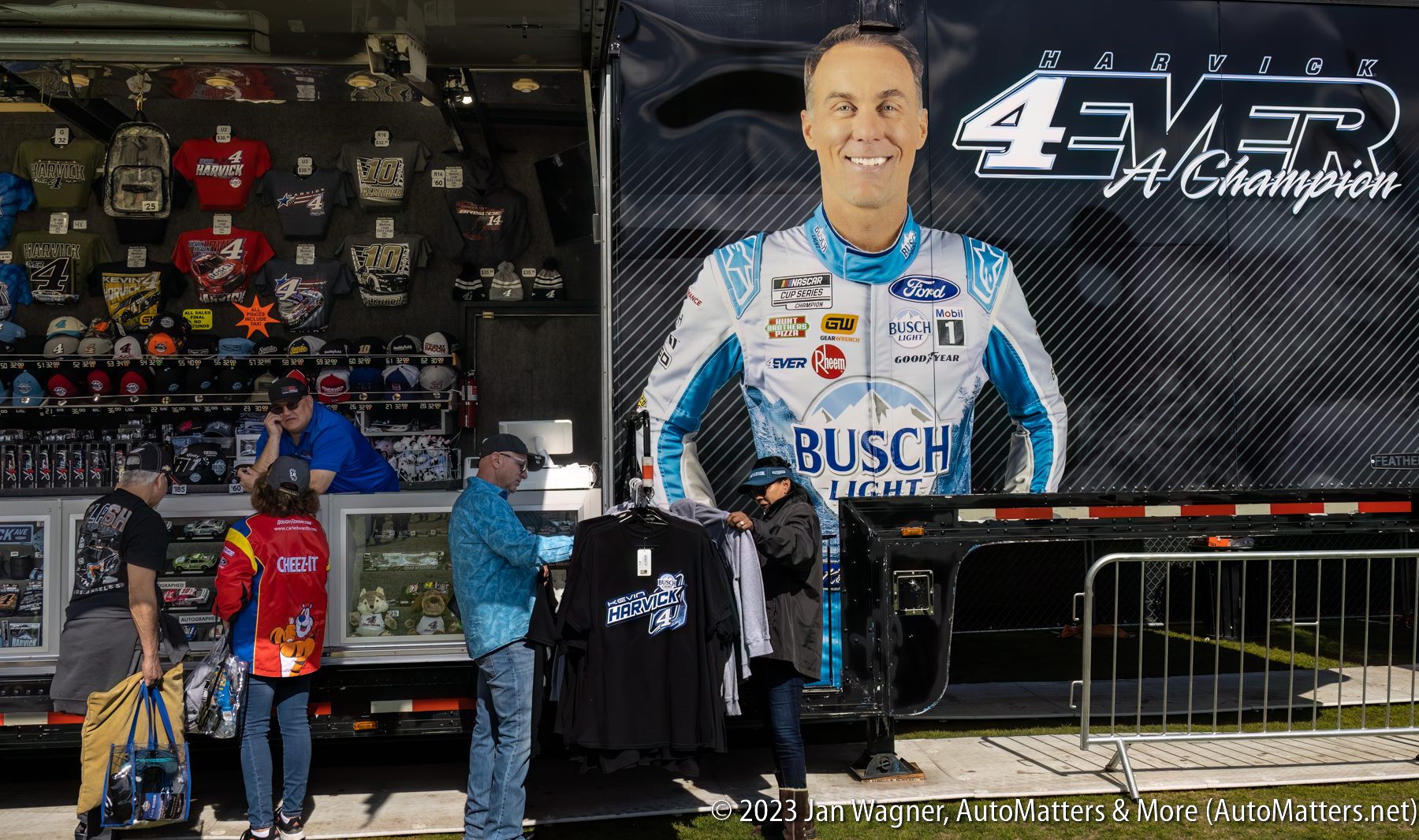
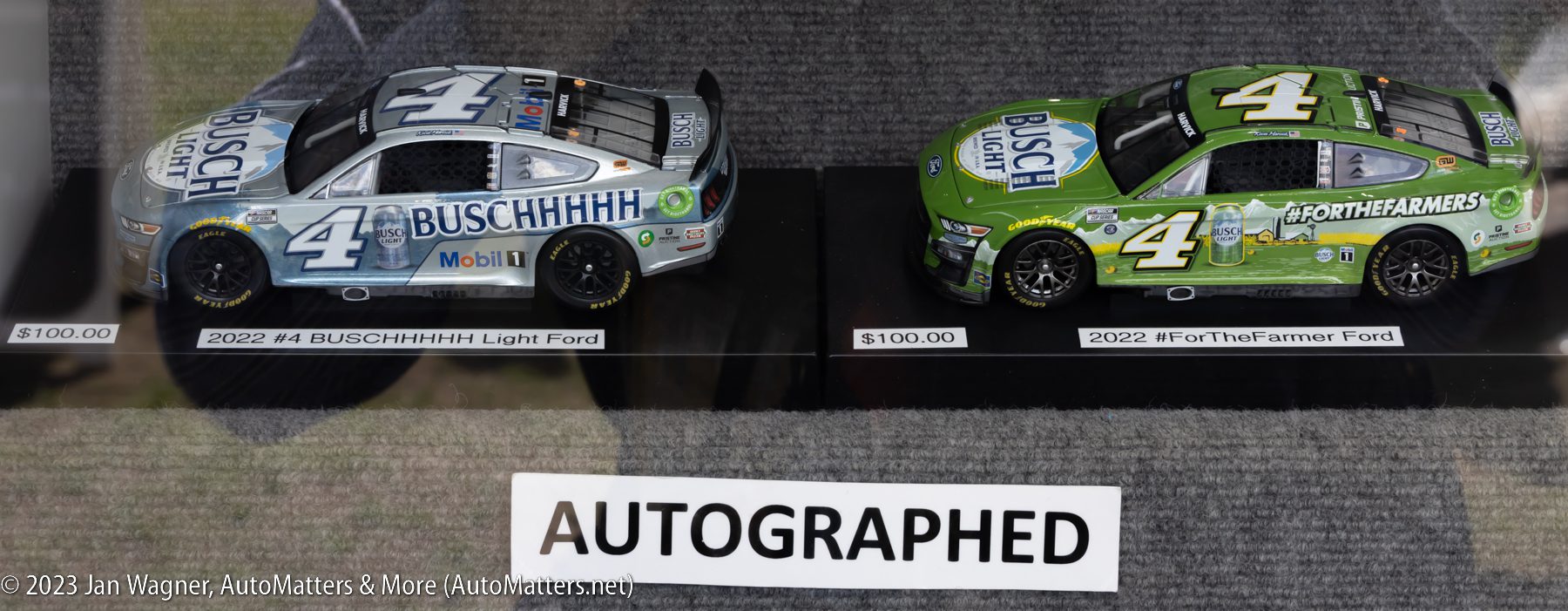
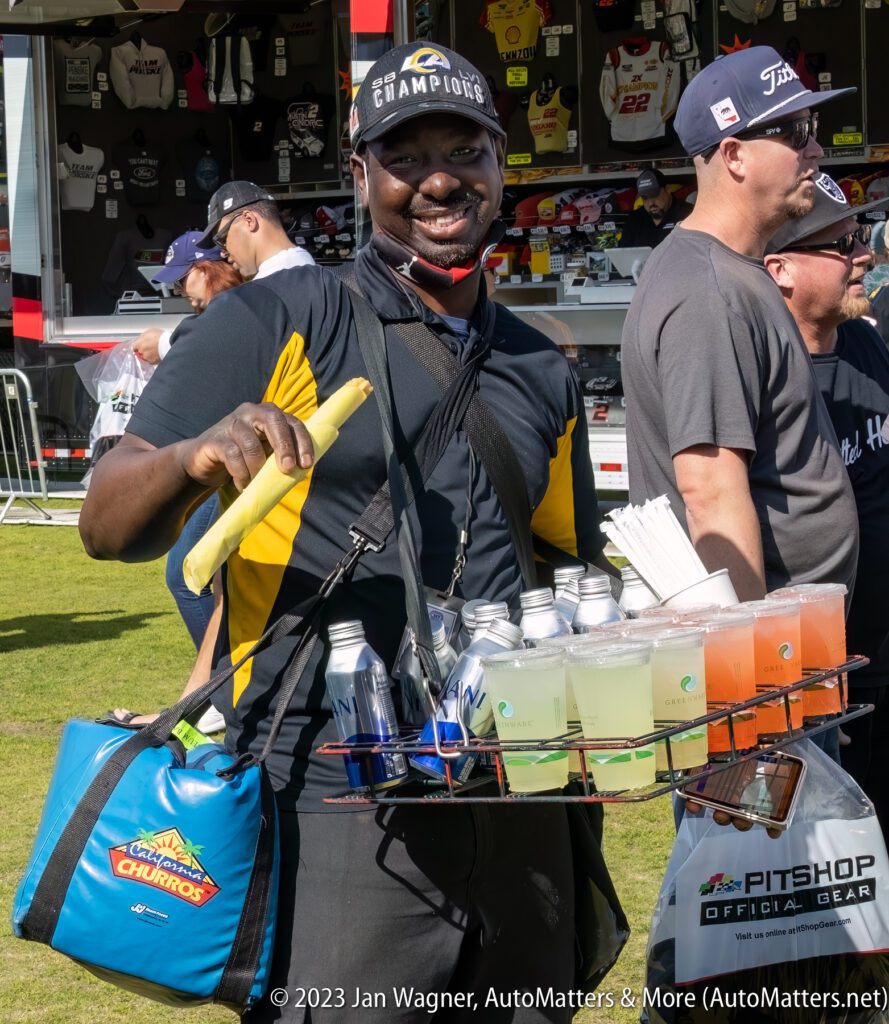

2023 is also the 75th anniversary of NASCAR and the 100th anniversary of the Los Angeles Memorial Coliseum — named a National and California Historic Landmark in 1984, site of the Summer Olympics in 1932 and 1984 (and soon another, in 2028), three NFL Championships and two Super Bowls, the 1959 World Series of baseball; appearances by six U.S. Presidents, Martin Luther King, Jr., Cesar Chavez, Pope John Paul II, the Dalai Lama and Nelson Mandela; concerts that included The Rolling Stones and Bruce Springsteen; and much, much more (source: https://www.lacoliseum.com/coliseum-history/).
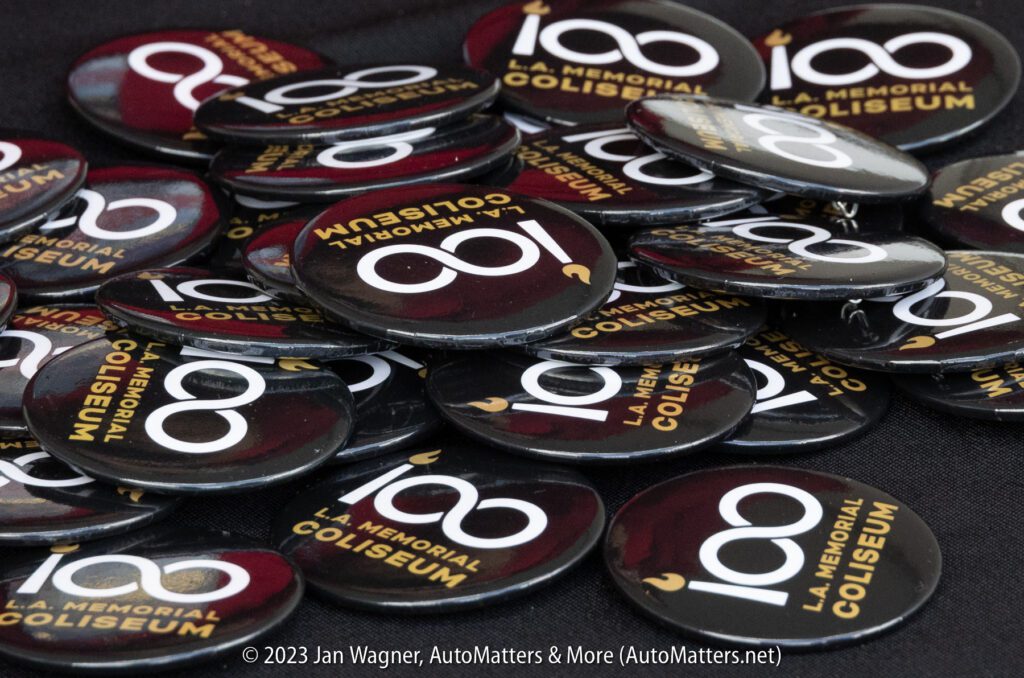
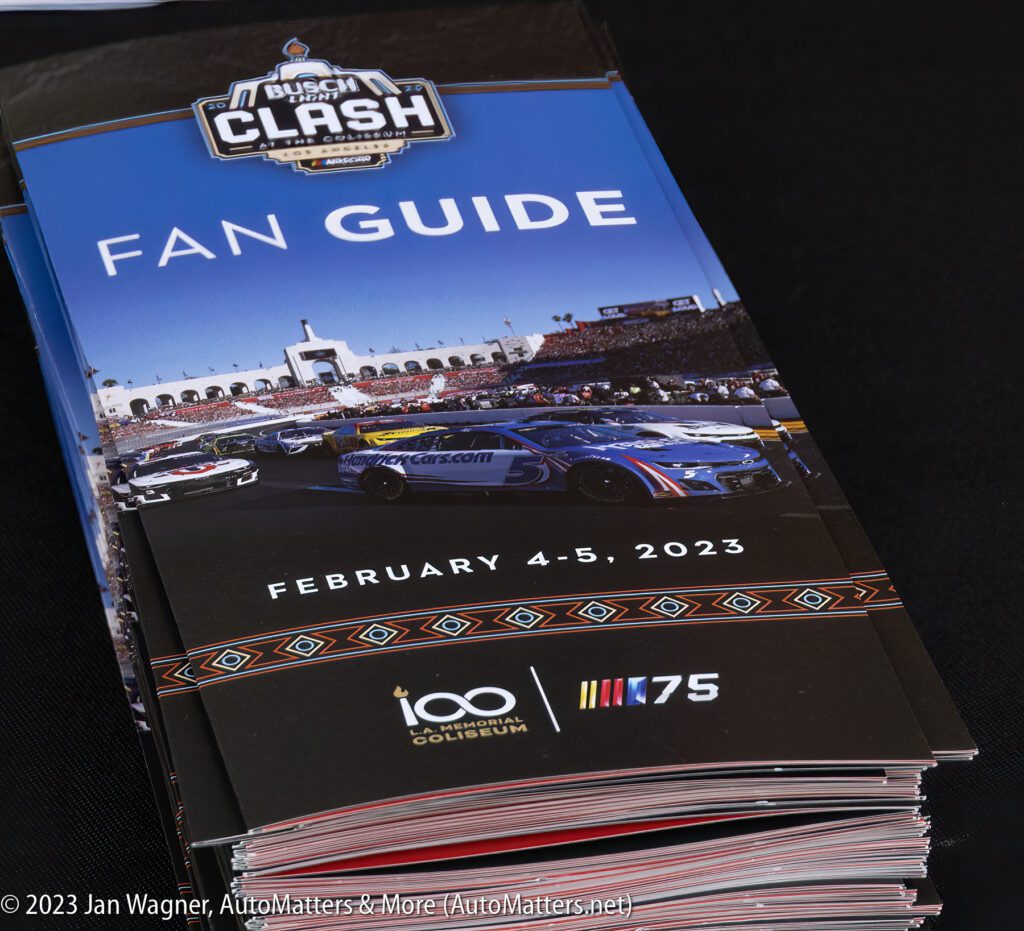
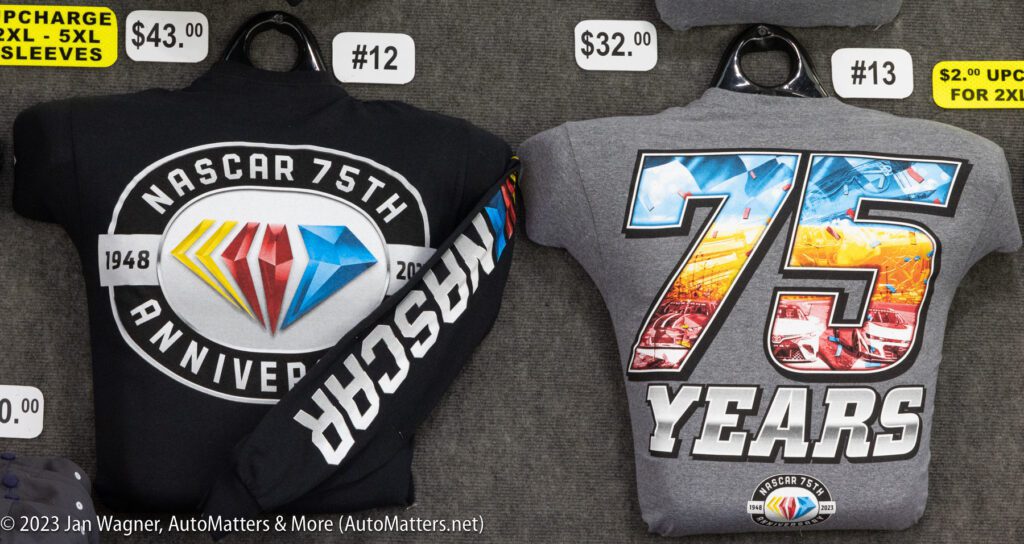
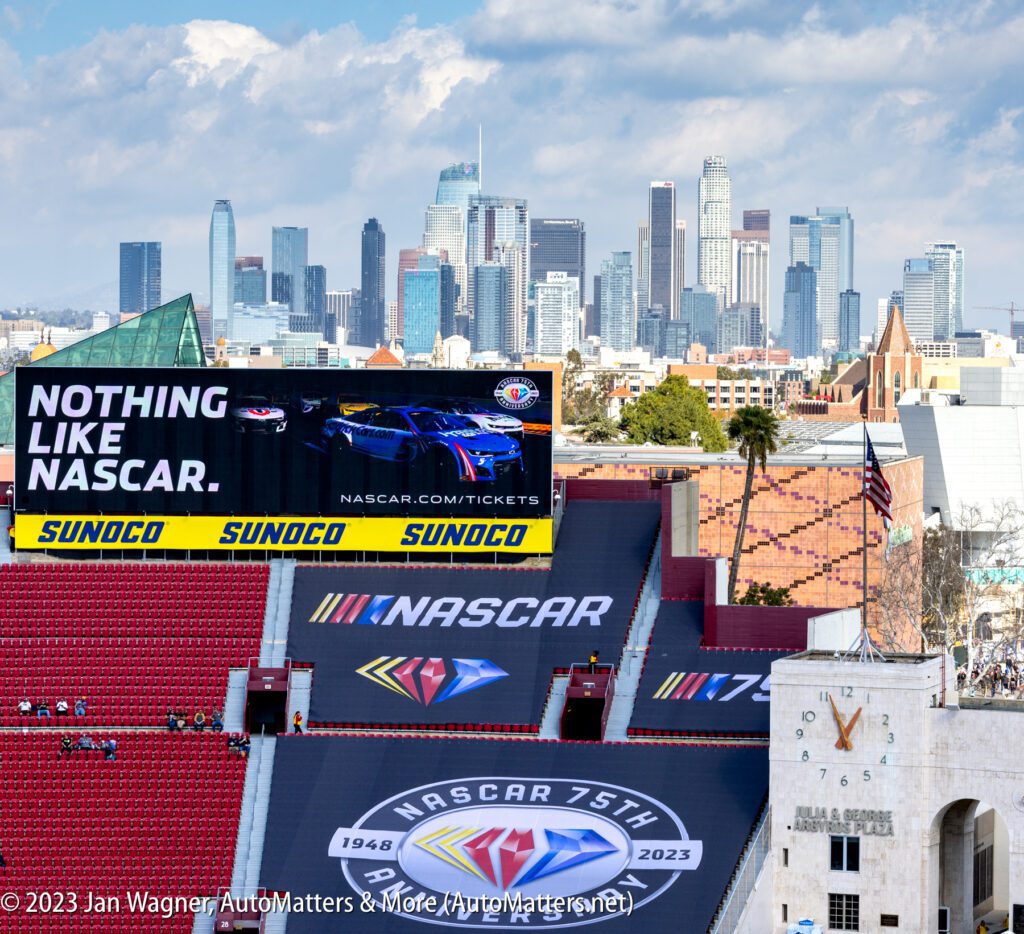
Against a backdrop of the City of Los Angeles skyline and the Coliseum’s iconic peristyle, this year’s Busch Light CLASH at The Coliseum was a further development of last year’s event.
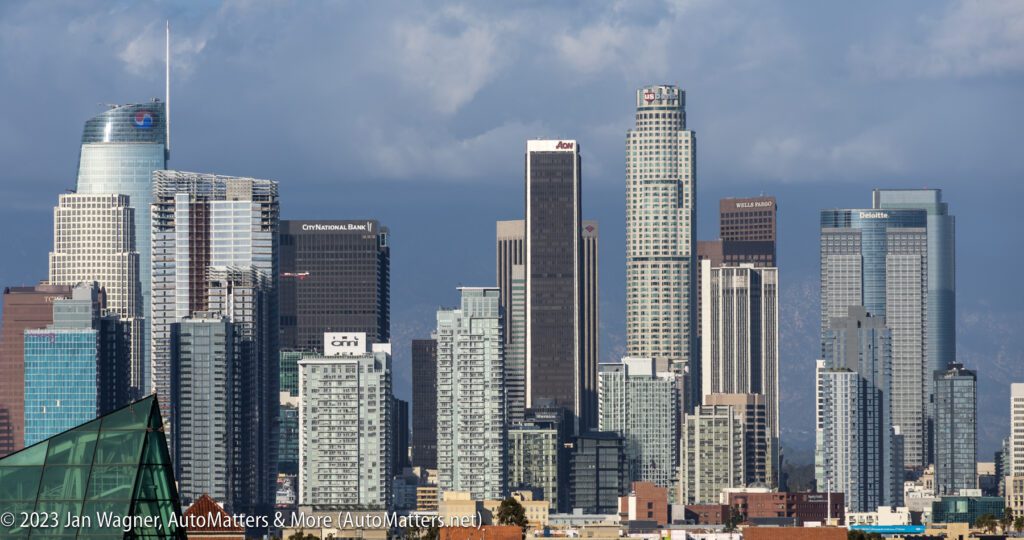
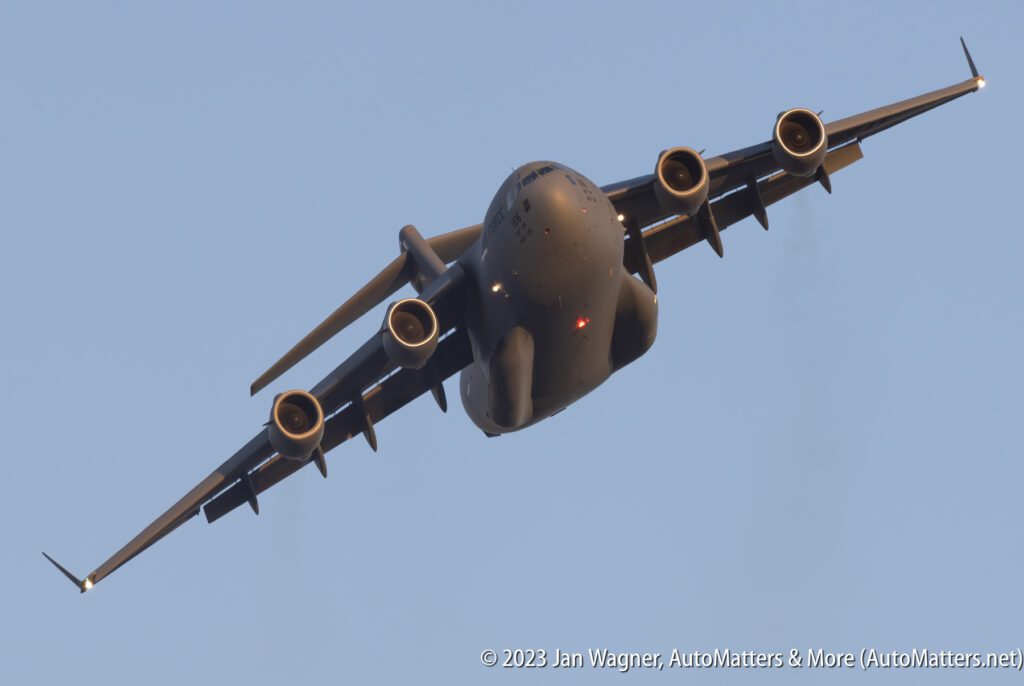
This year the teams had a much better idea of what to expect from the track and their cars, which benefitted from a full year of competition-proven understanding and improvements, as compared to last year’s cars, for which the 2022 CLASH was their first race ever. The size of the field in the feature race increased from 23 in 2022 to 27 cars in 2023, and this year’s feature race was run later, in the evening.
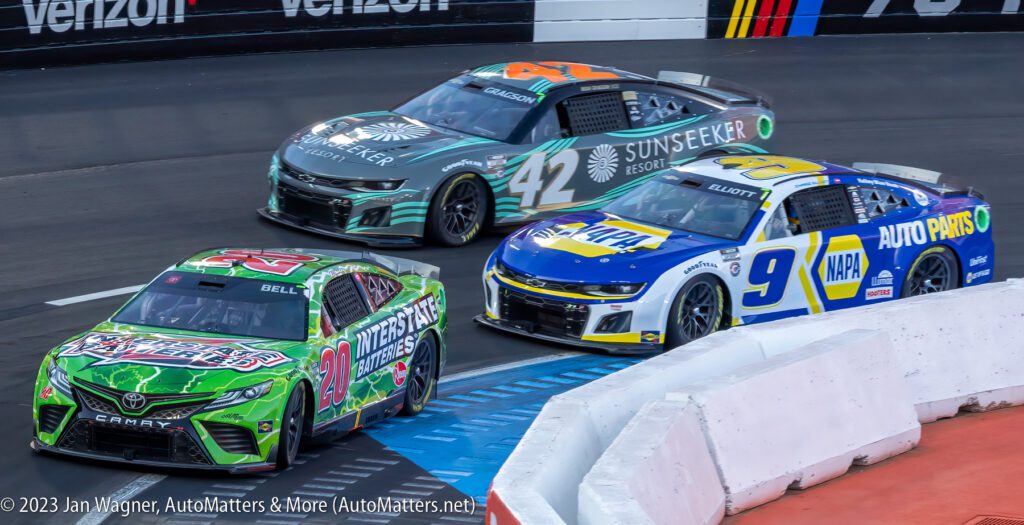

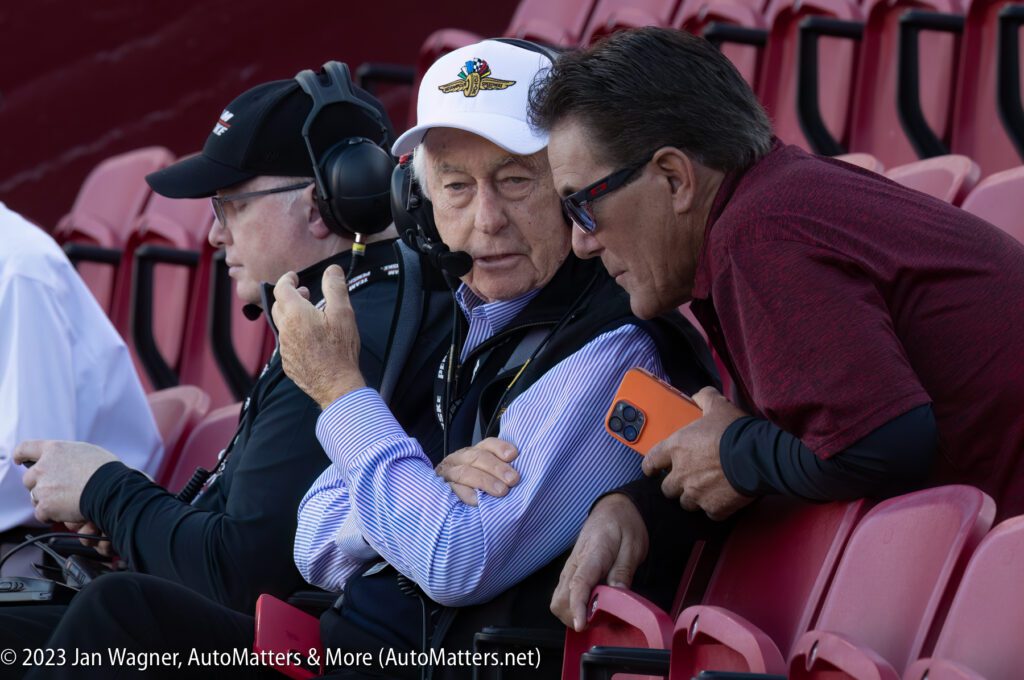
There was plenty of exciting racing action, thanks to multiple heat races and Last-Chance-Qualifiers that set the field for the 150-lap feature race. Racing at night contributed to exciting racing, since the track lost grip as the temperature went down. Track speeds on the 1/4-mile track typically varied from 80mph in the straights to 40mph in the turns.
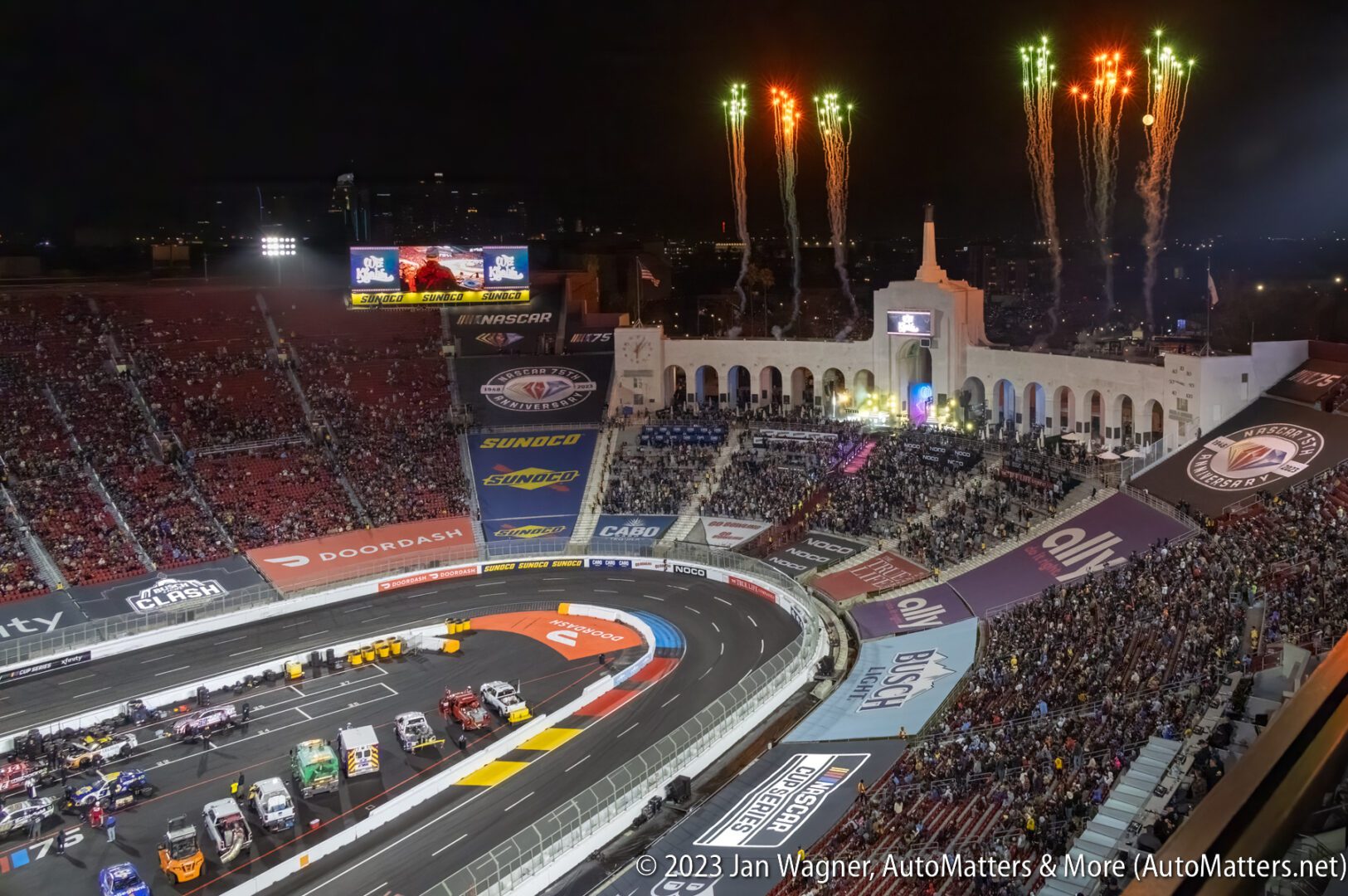

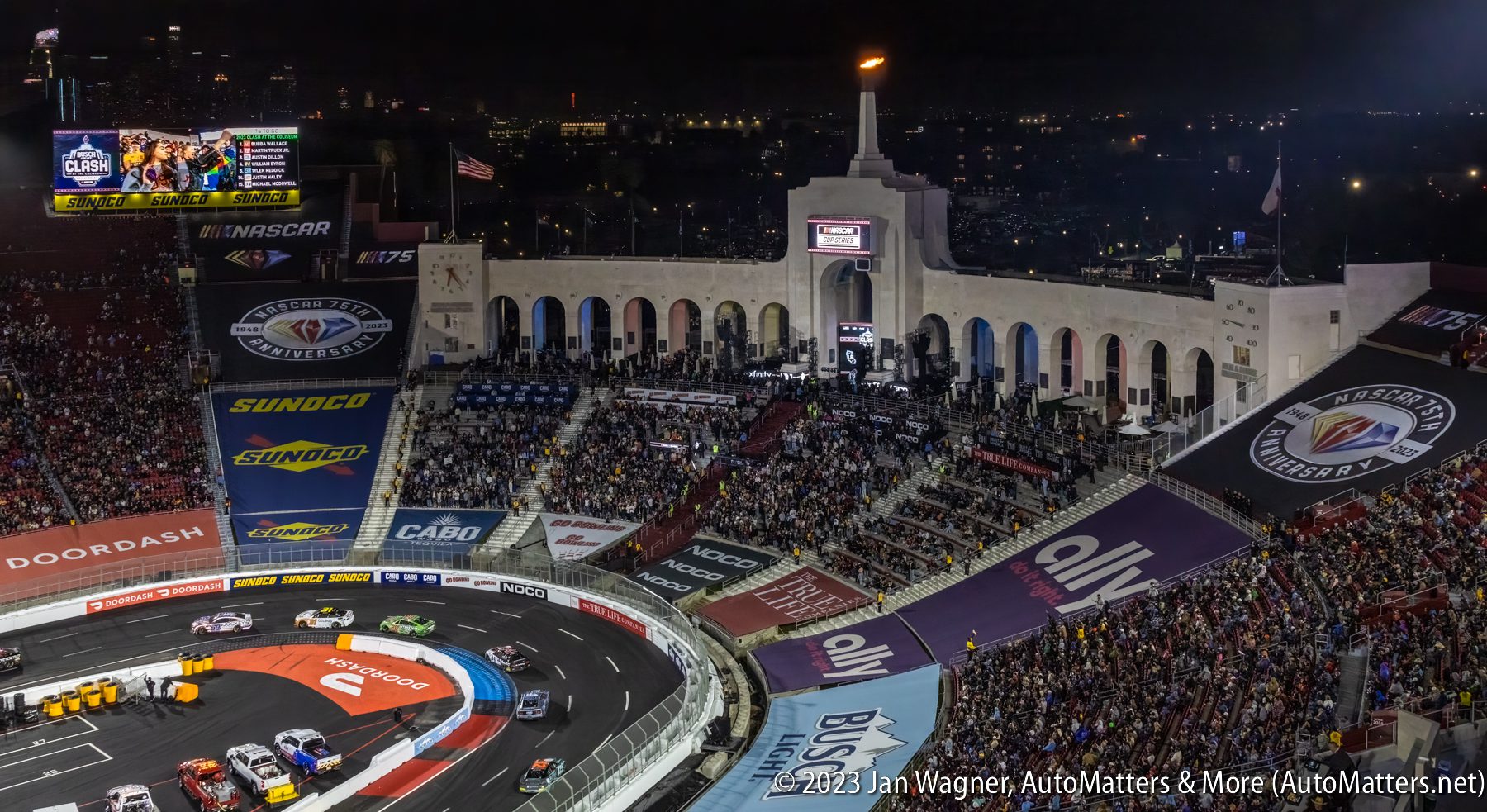
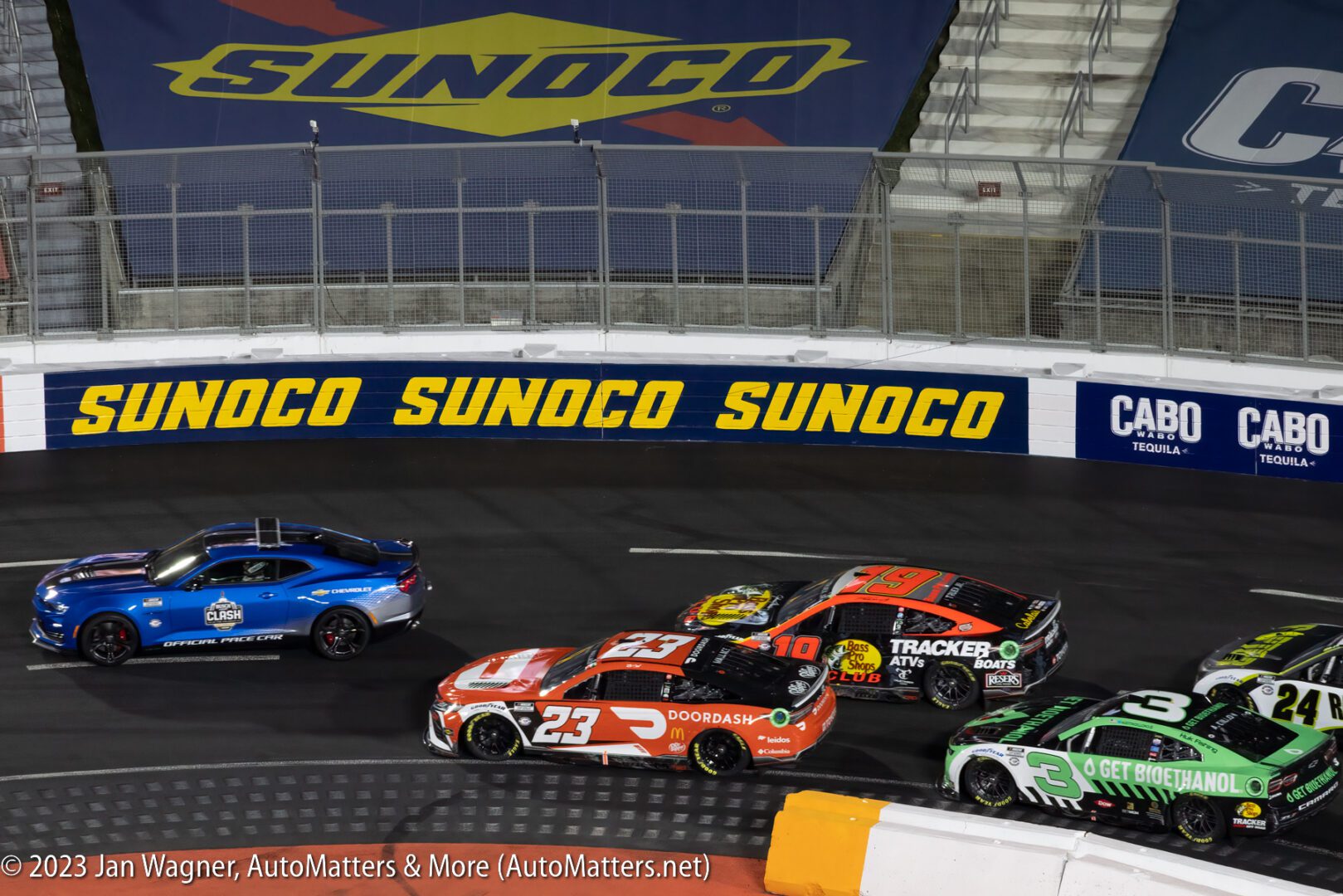
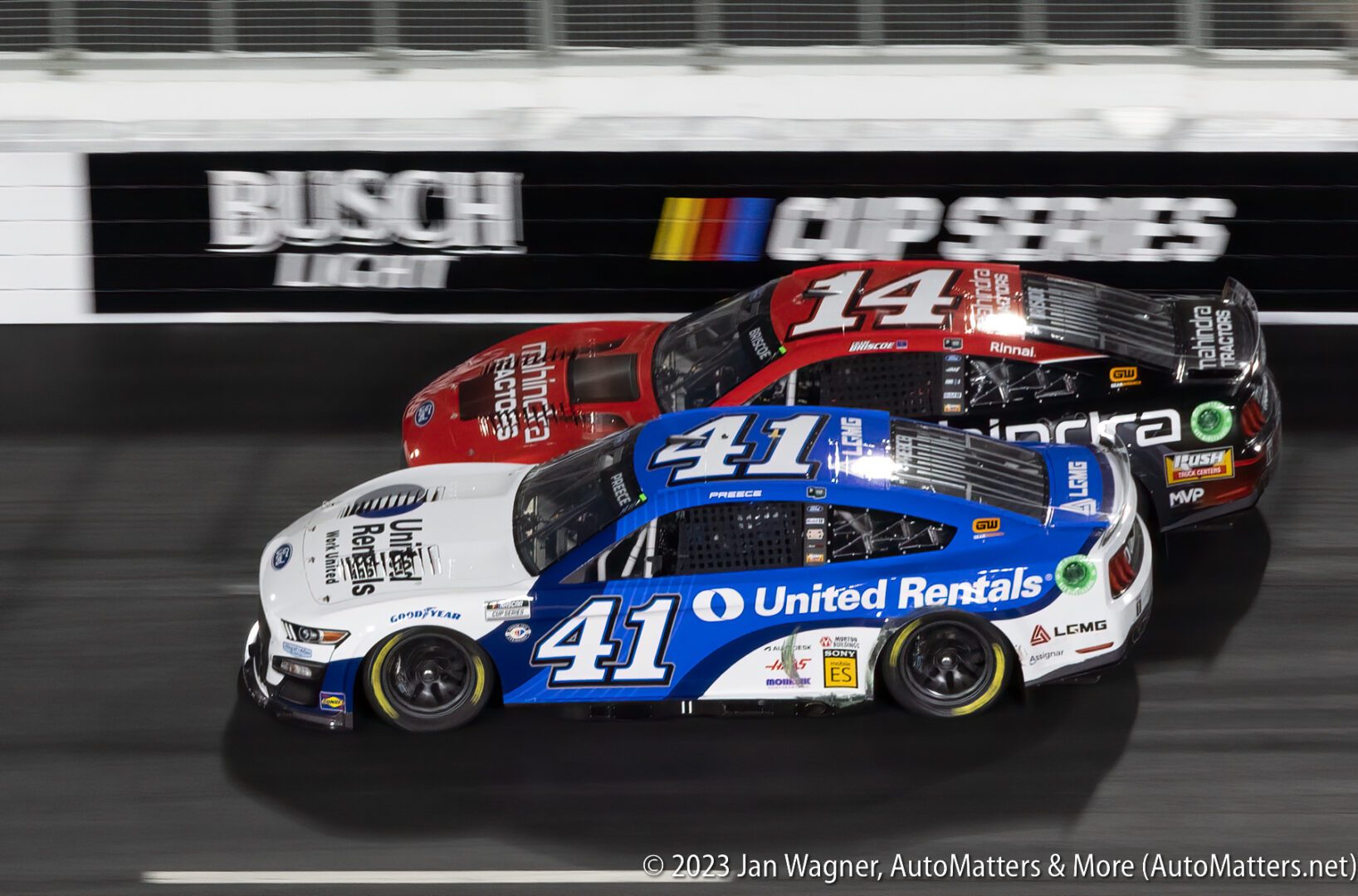
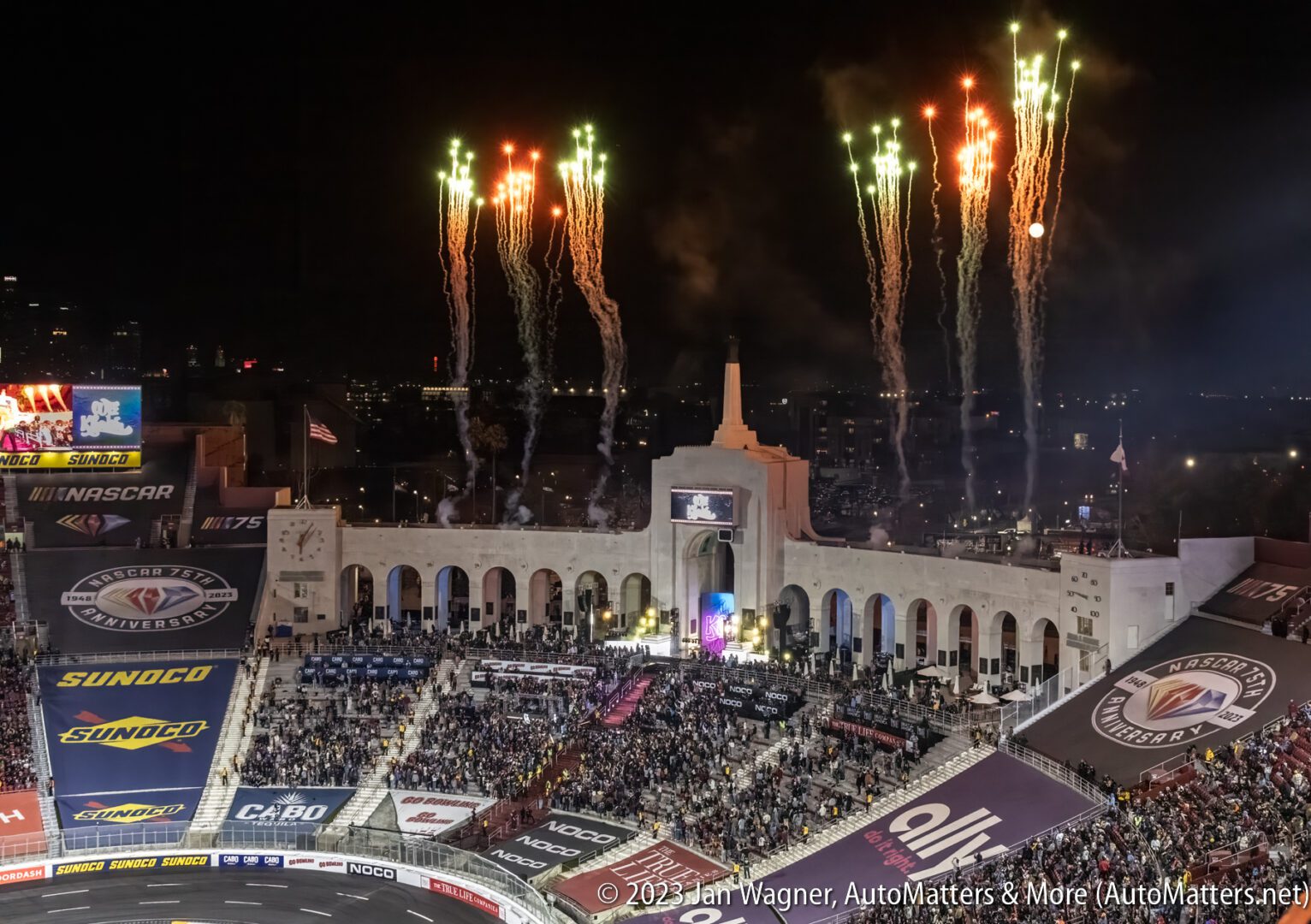
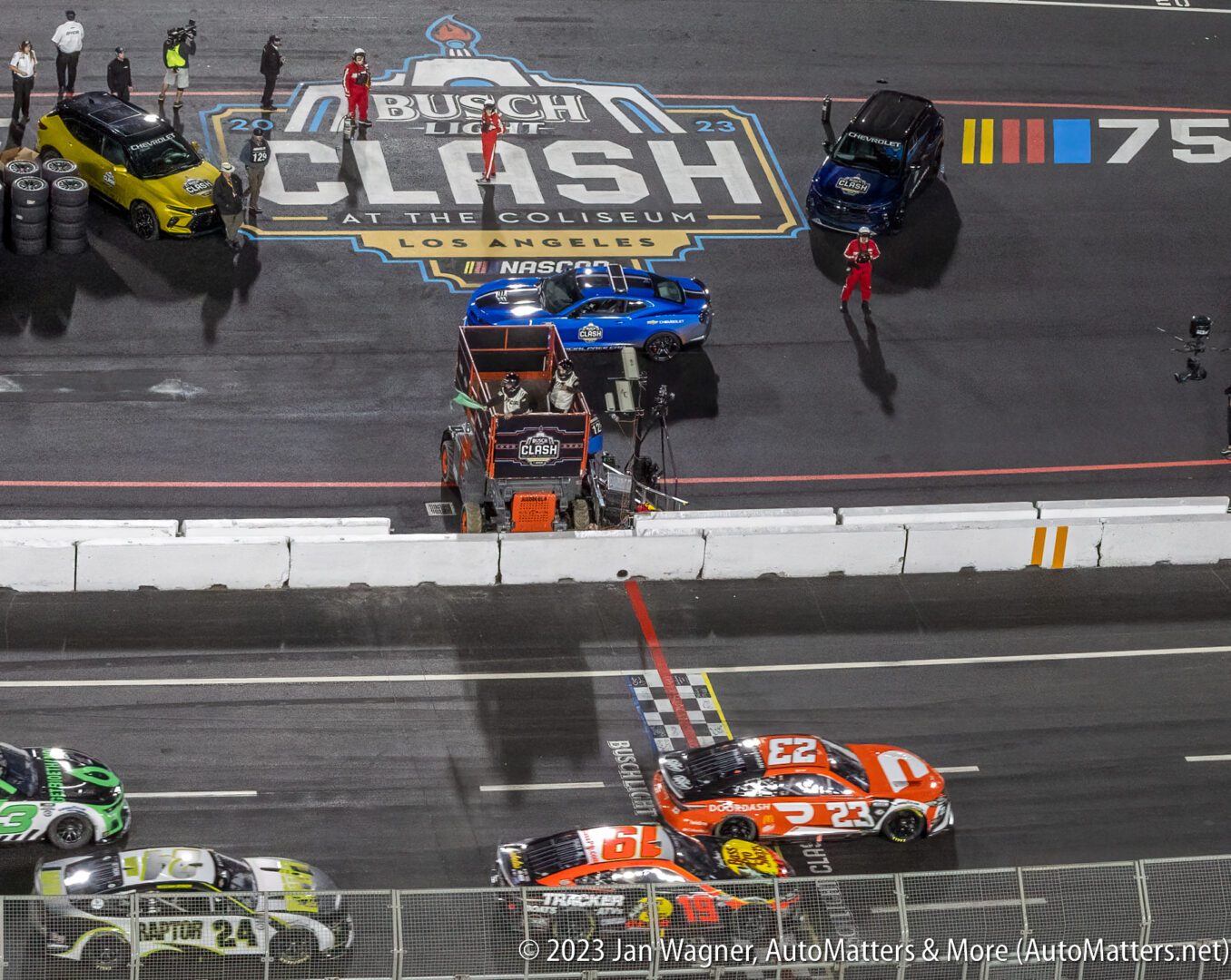
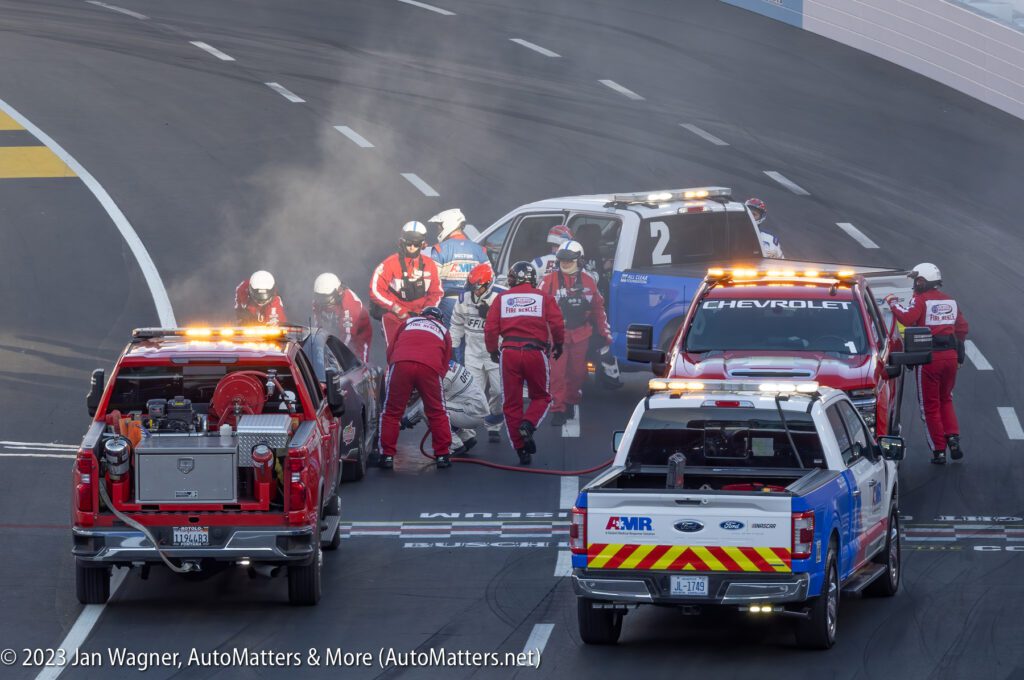
Racing strategy was straightforward. Since it was otherwise difficult to pass on such a short track, qualifying well was especially important. A popular racing technique was to gently bump the car ahead of you, to nudge it out of the way. How this actually played out was rather interesting. It was often not the car right behind the victim that started the ‘bump-and-run,’ but rather a car that was two cars or more behind — like making shots on a pool table.
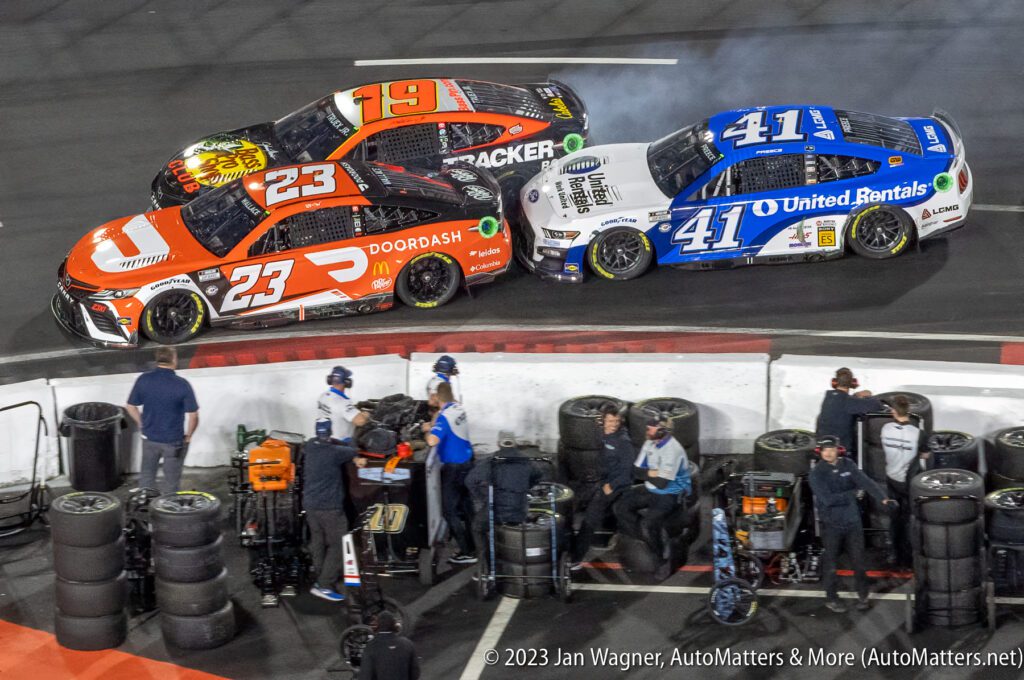
Many laps were run under caution involving more than half of the field, and only green flag laps counted towards the prescribed race totals. The multiple restarts kept bunching up the fields, and the choices drivers made for which lane to restart in around the “Choose Rule” track marking added an important element to the strategy of the racing.
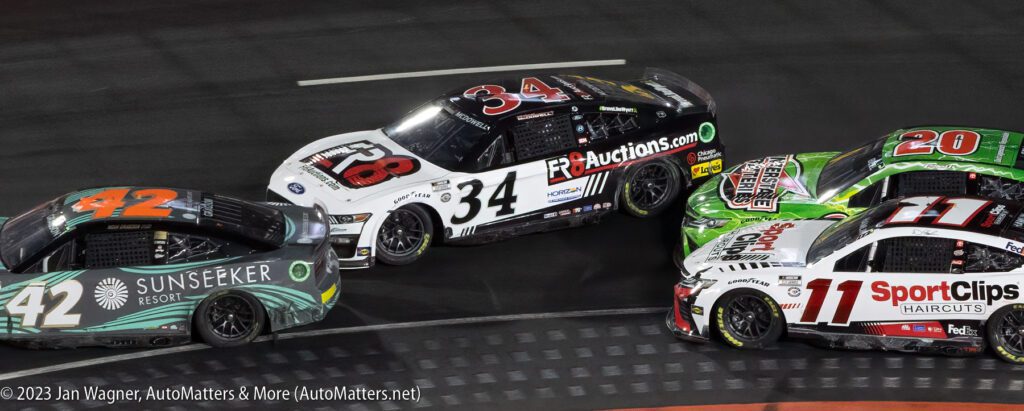
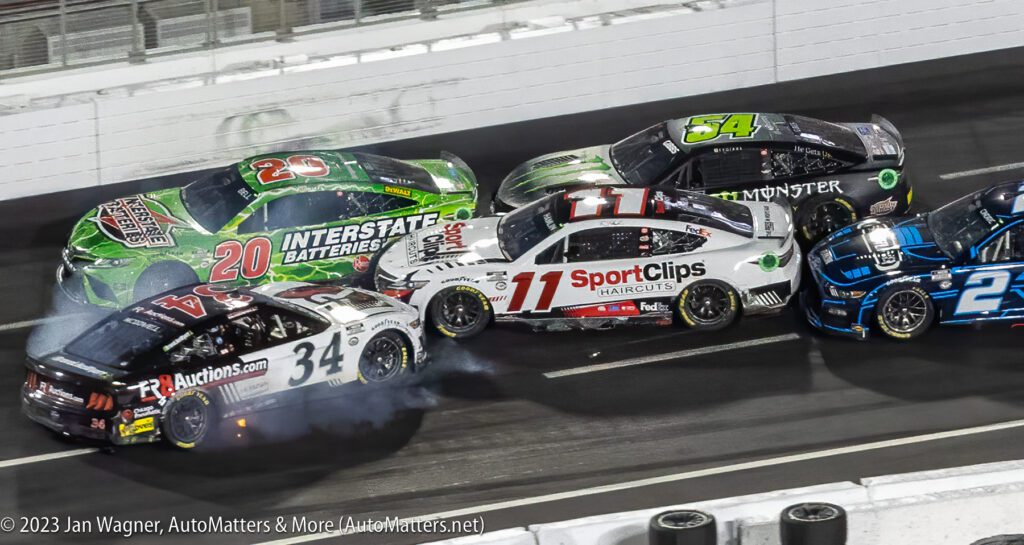
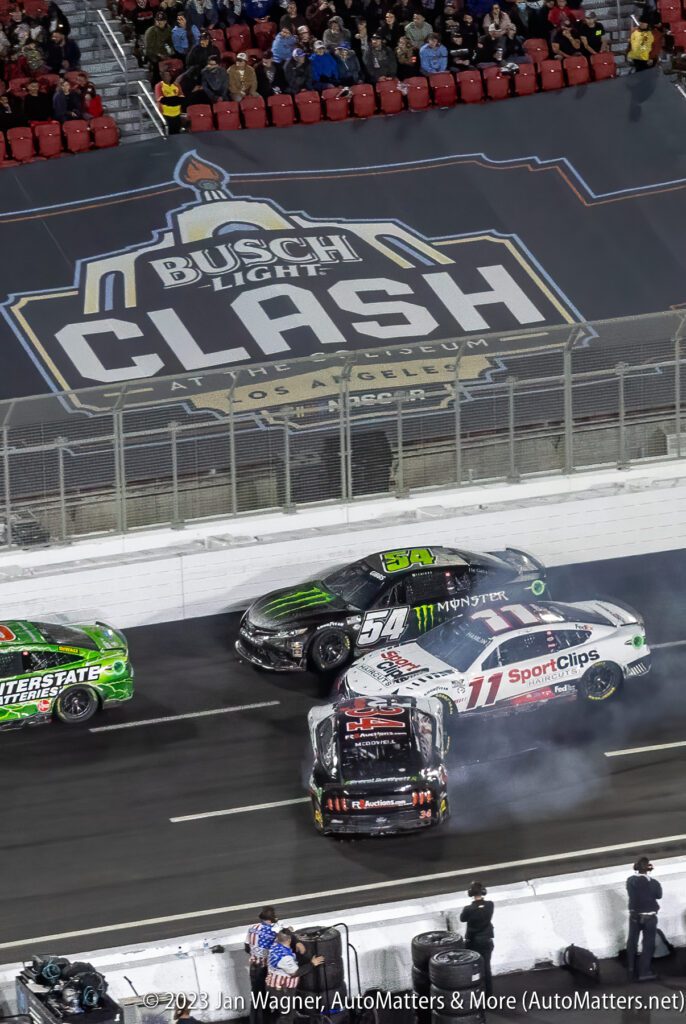
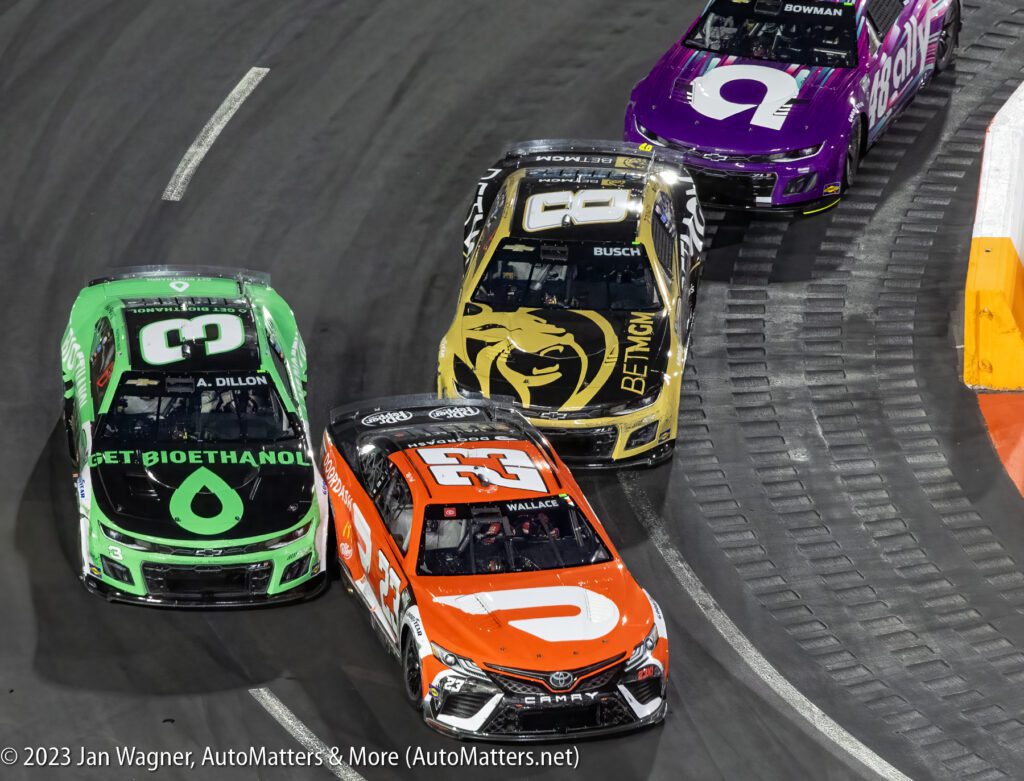
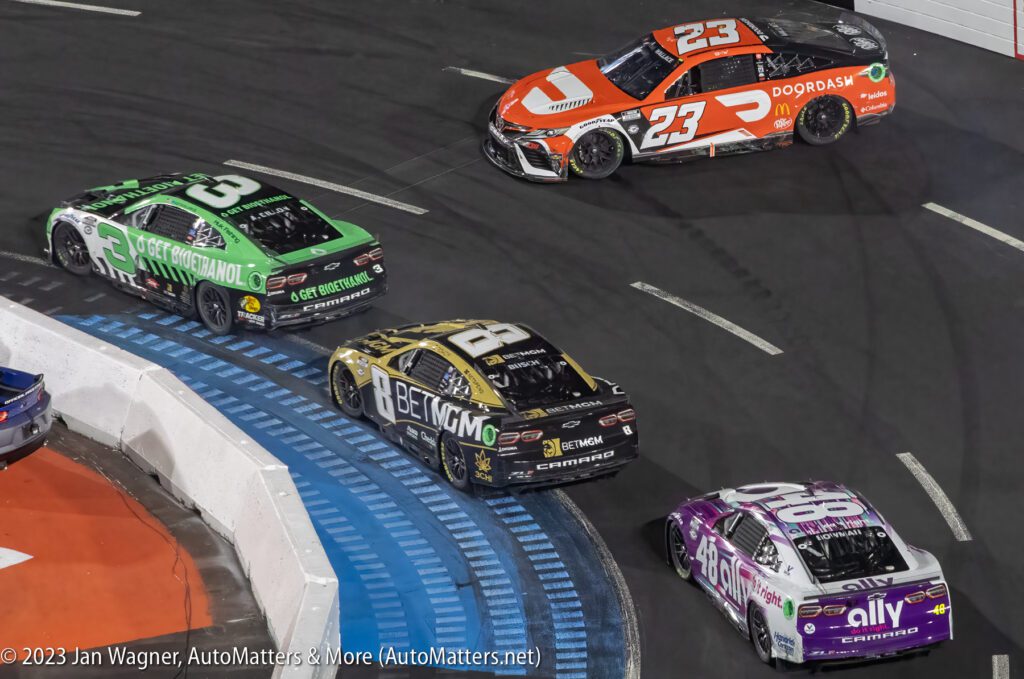
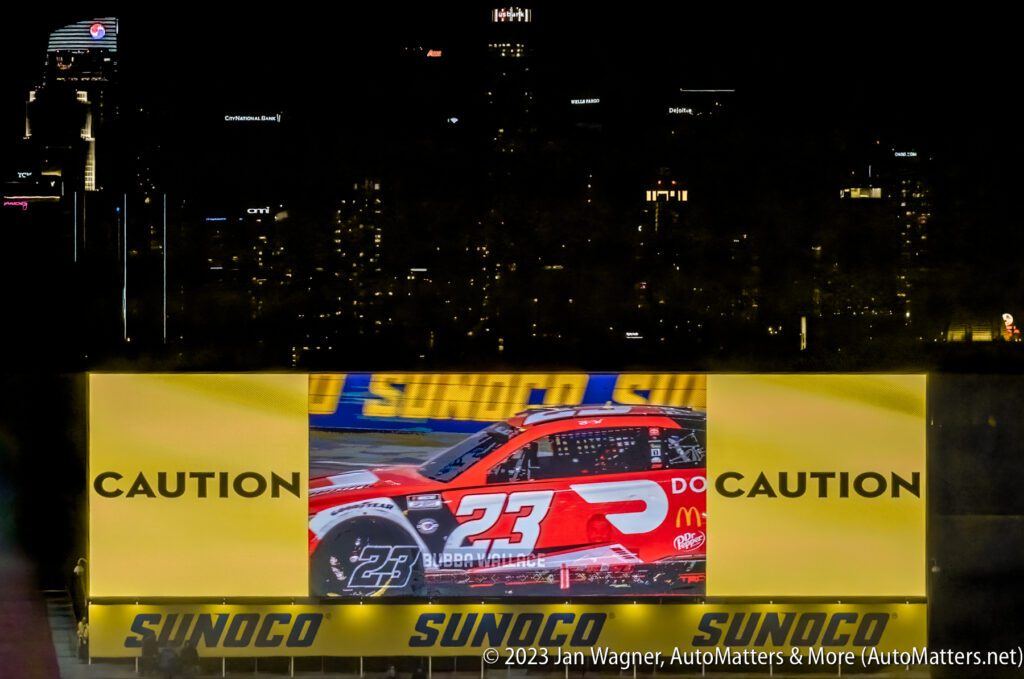
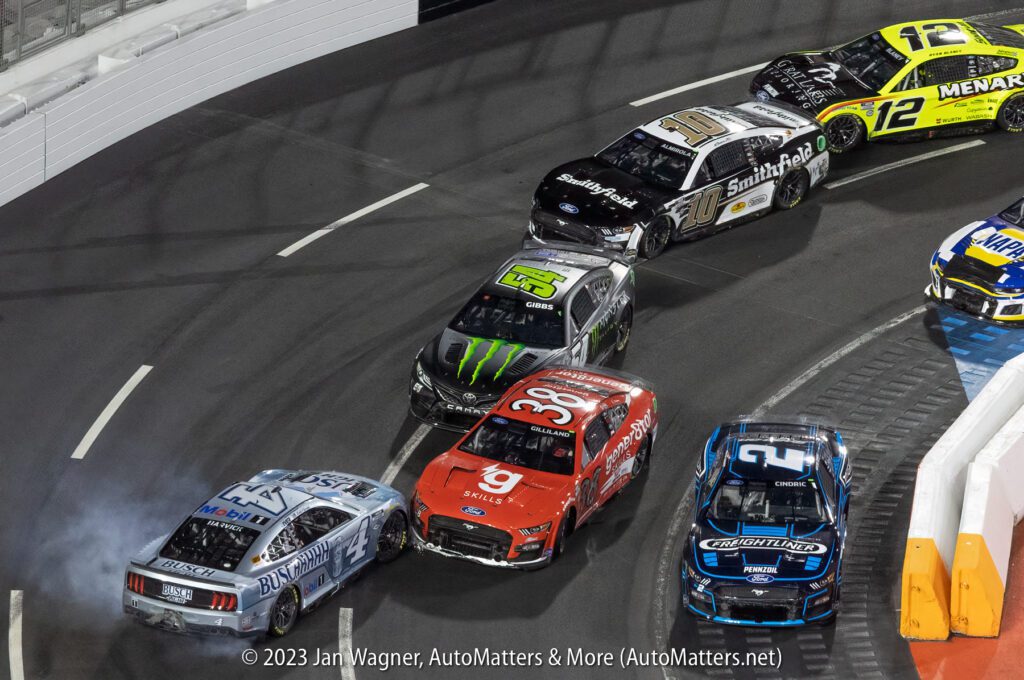
Since there was not enough room within the bounds of the Coliseum for the usual NASCAR pits, minimal work could be performed.
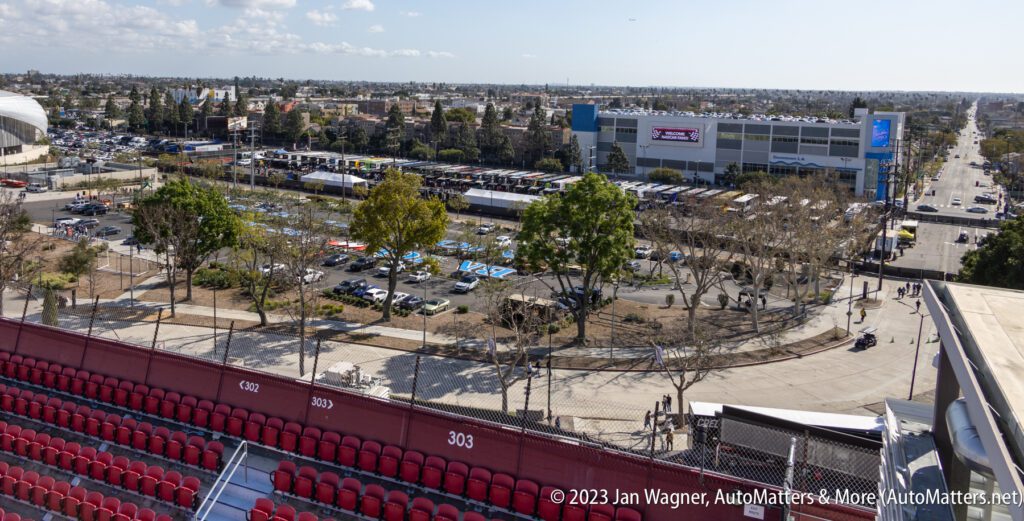

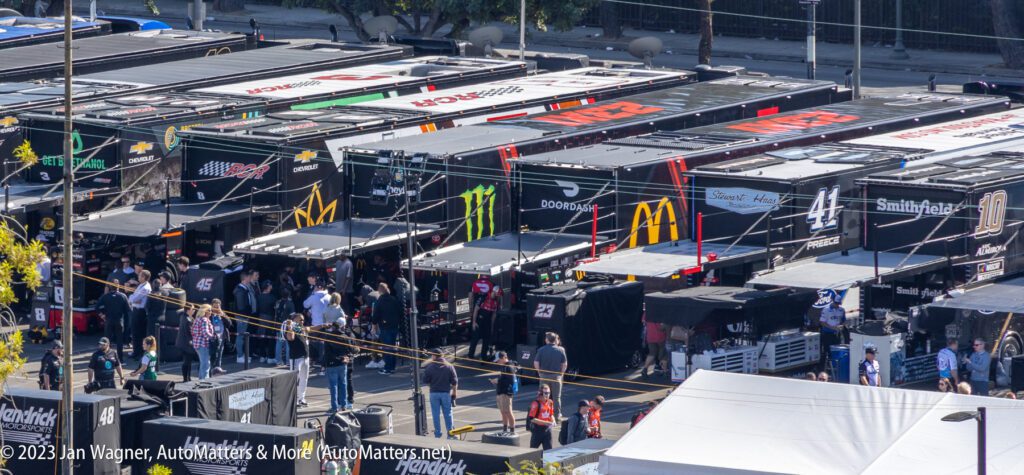

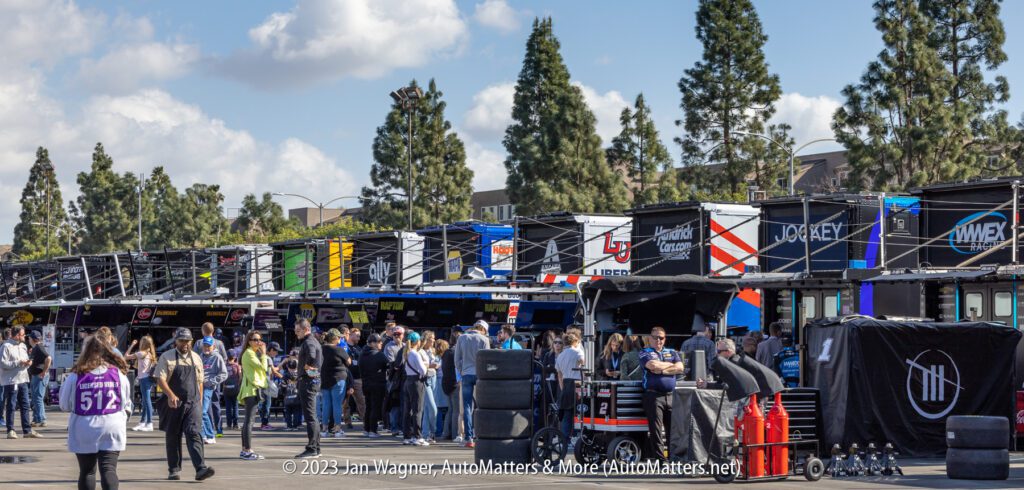

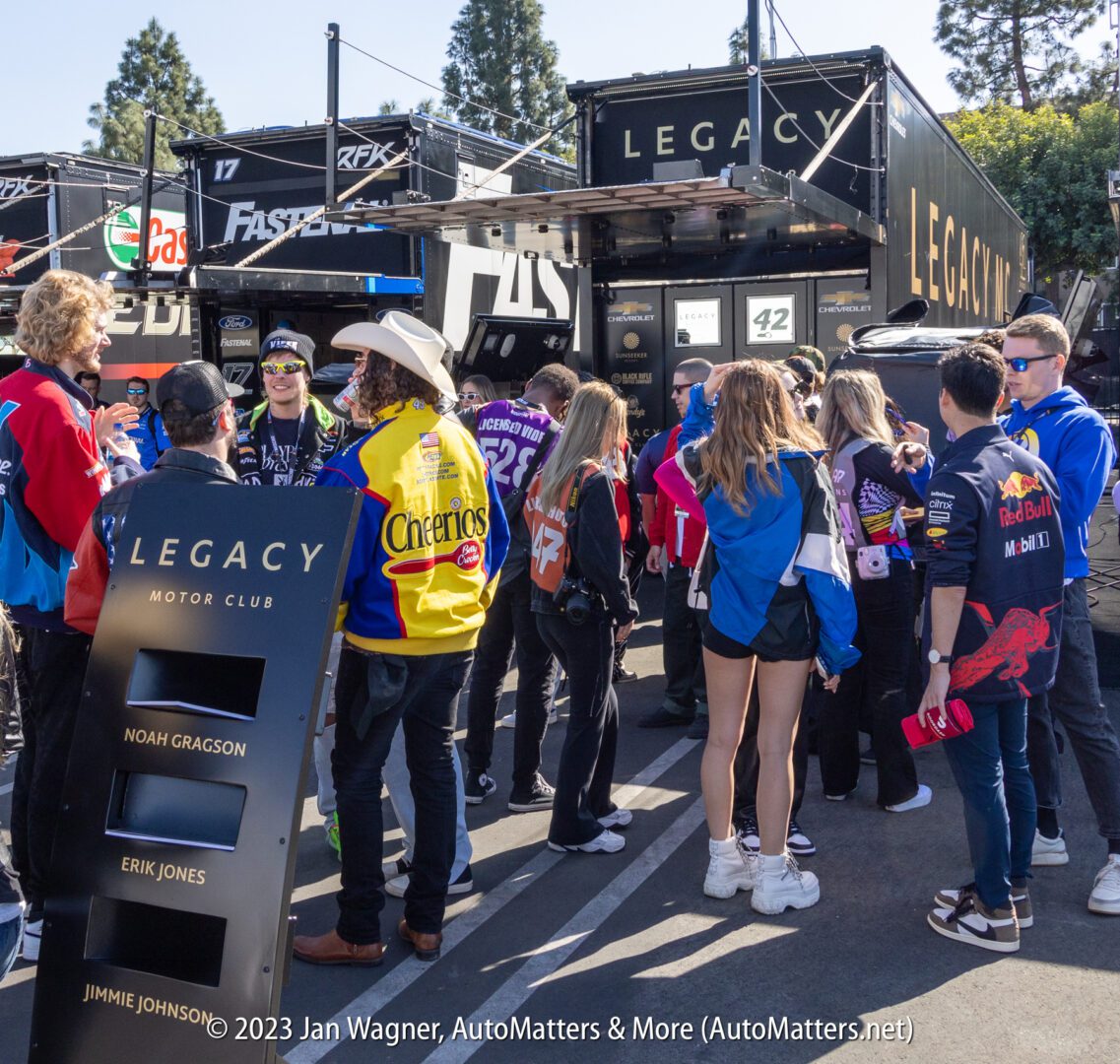
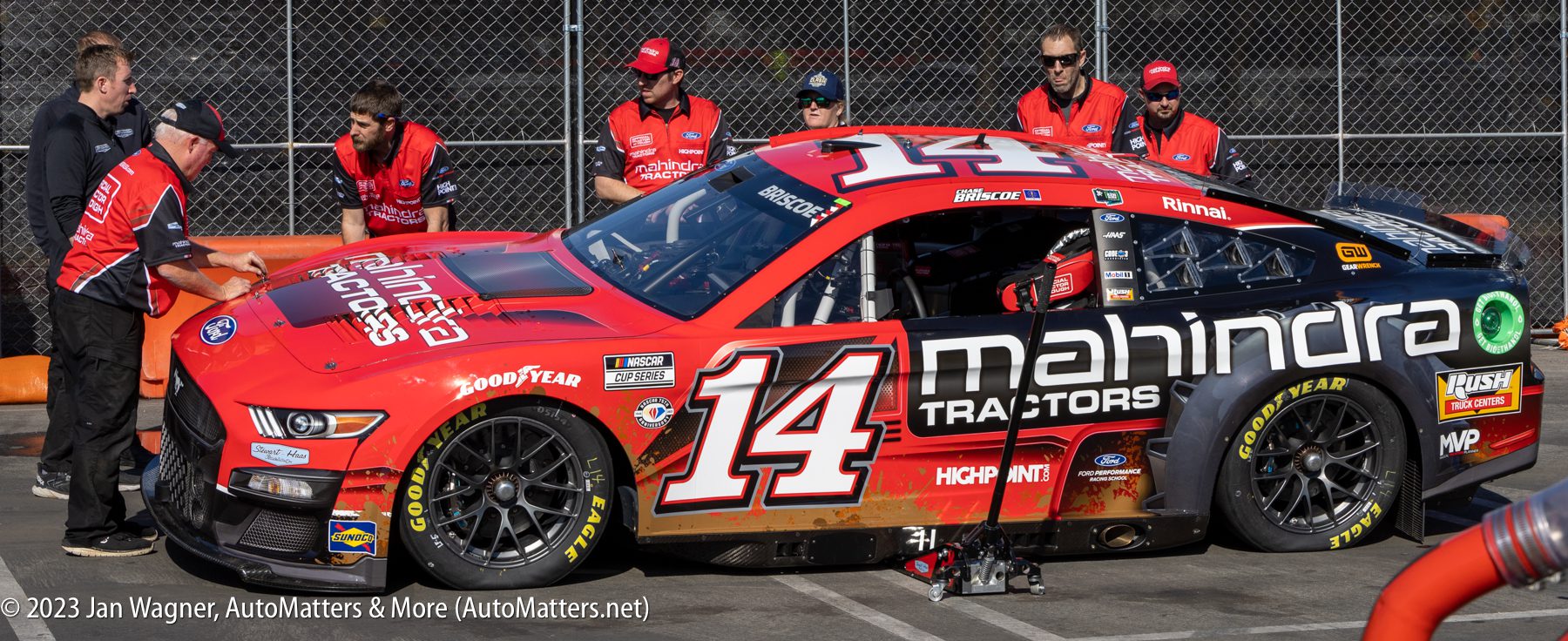
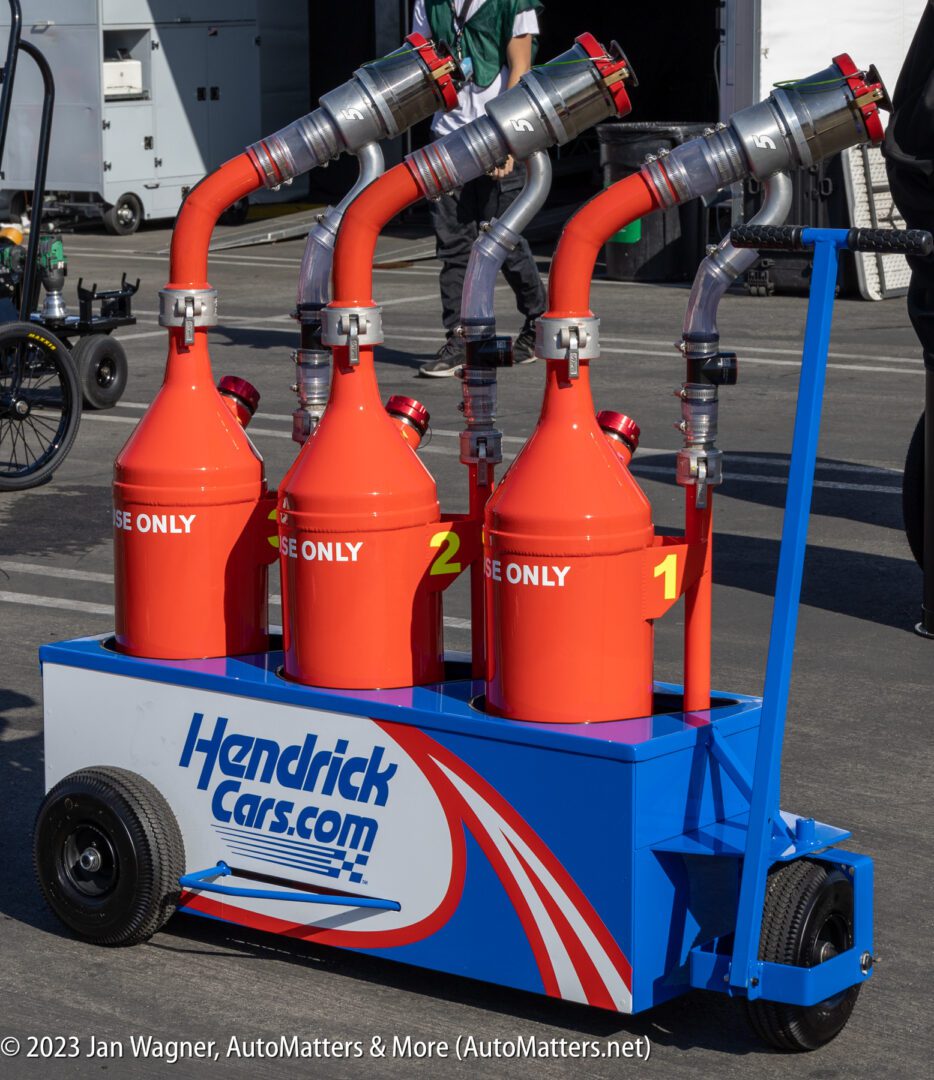
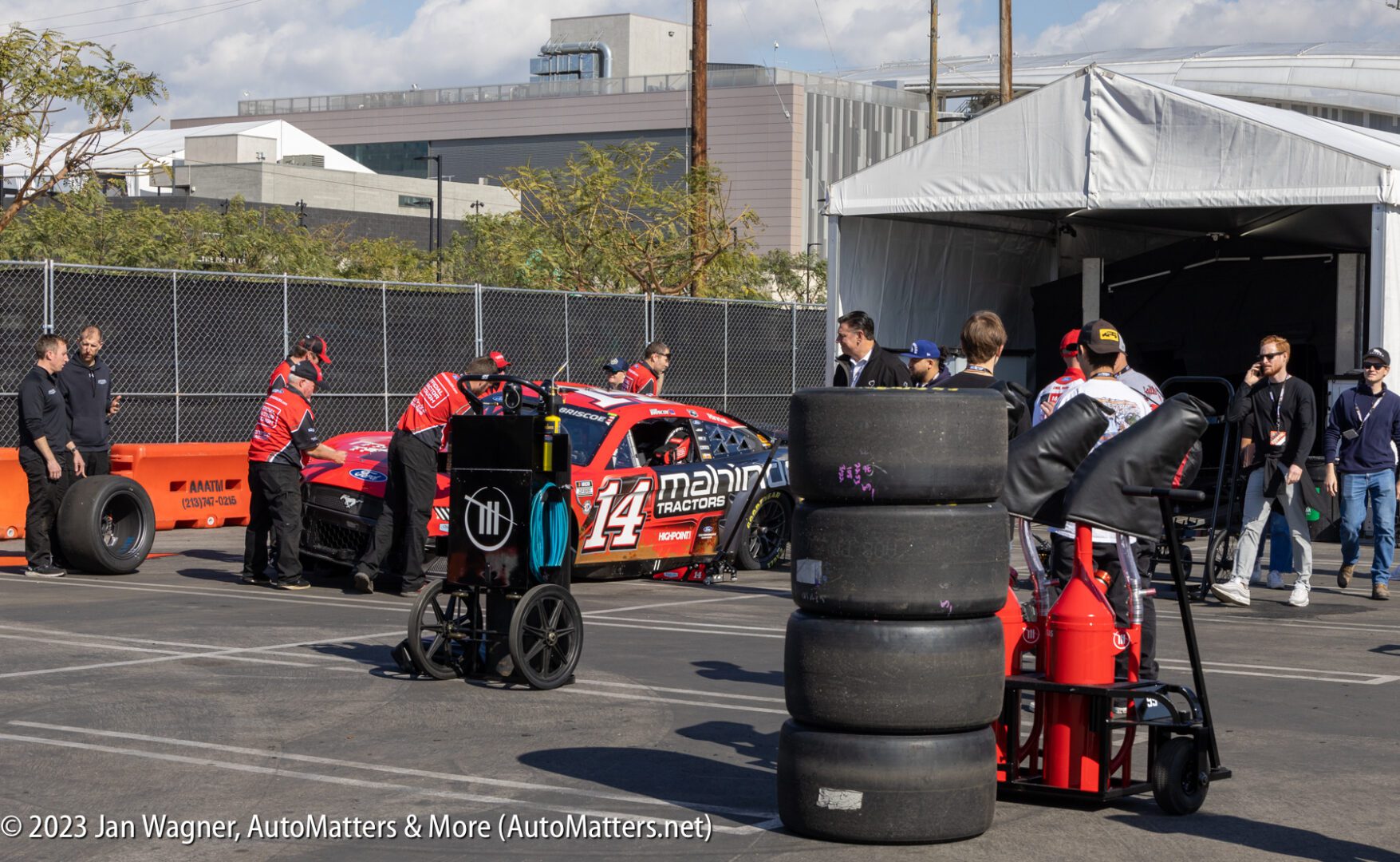
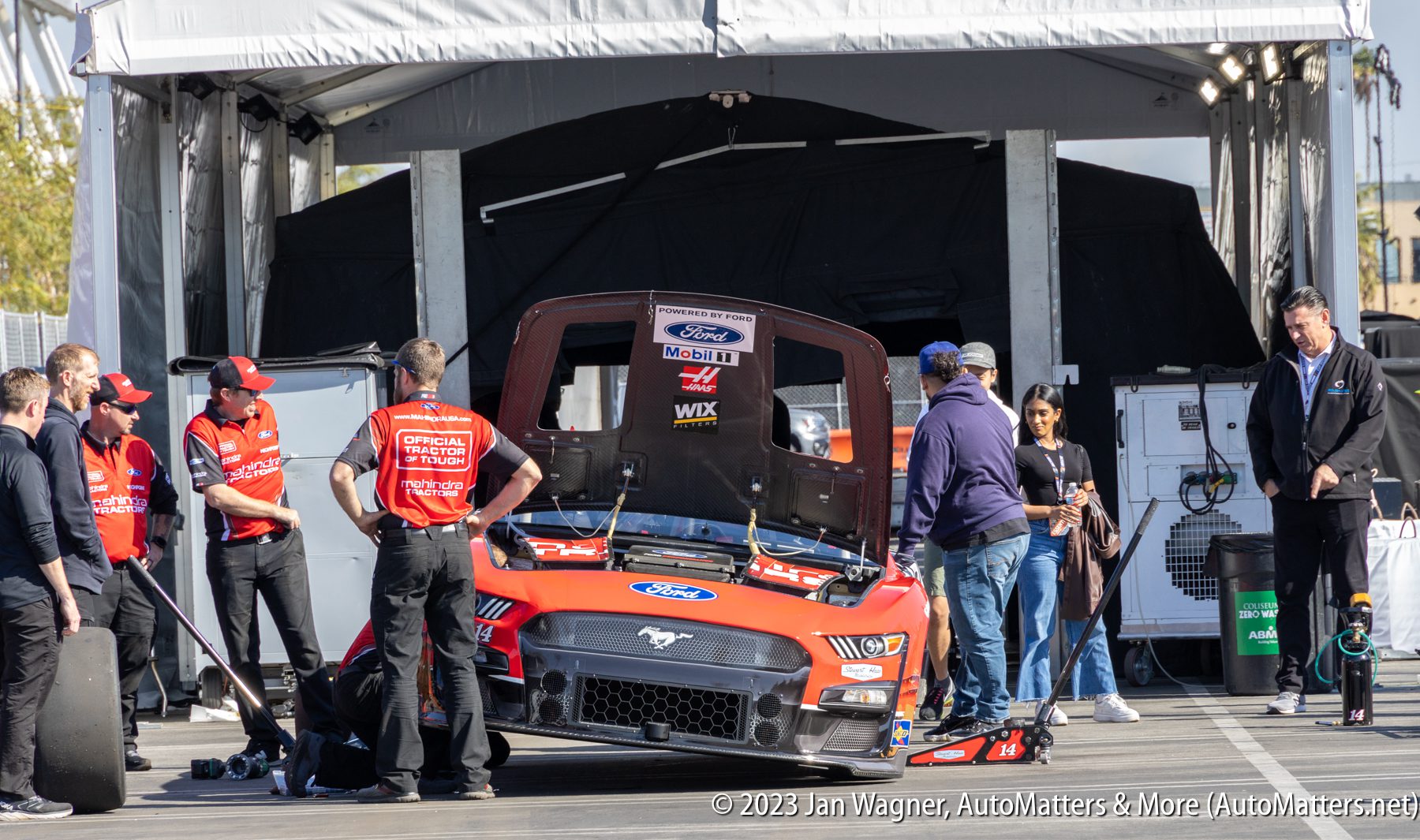
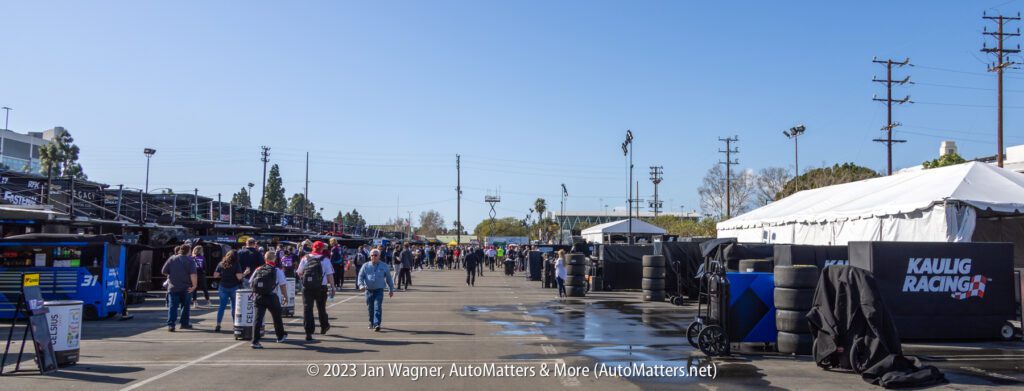

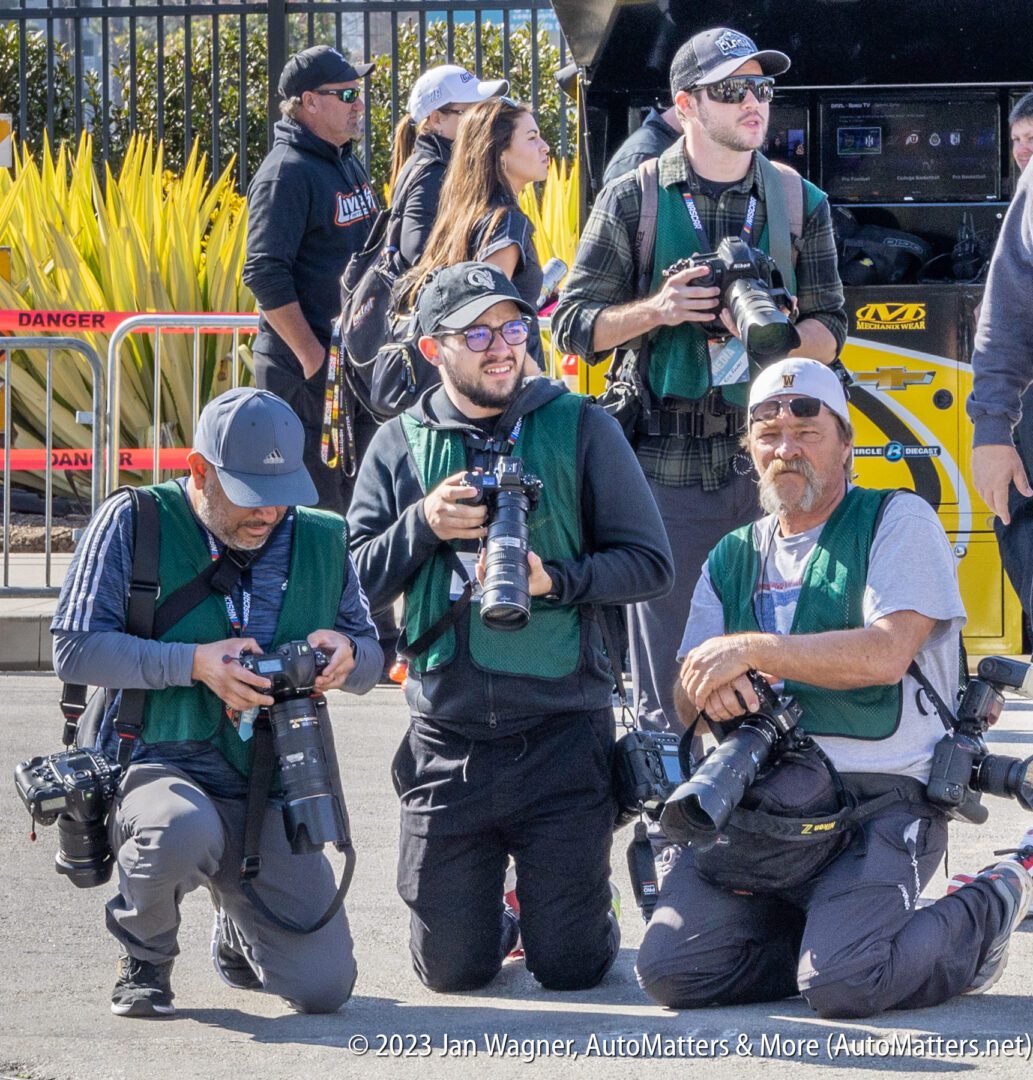
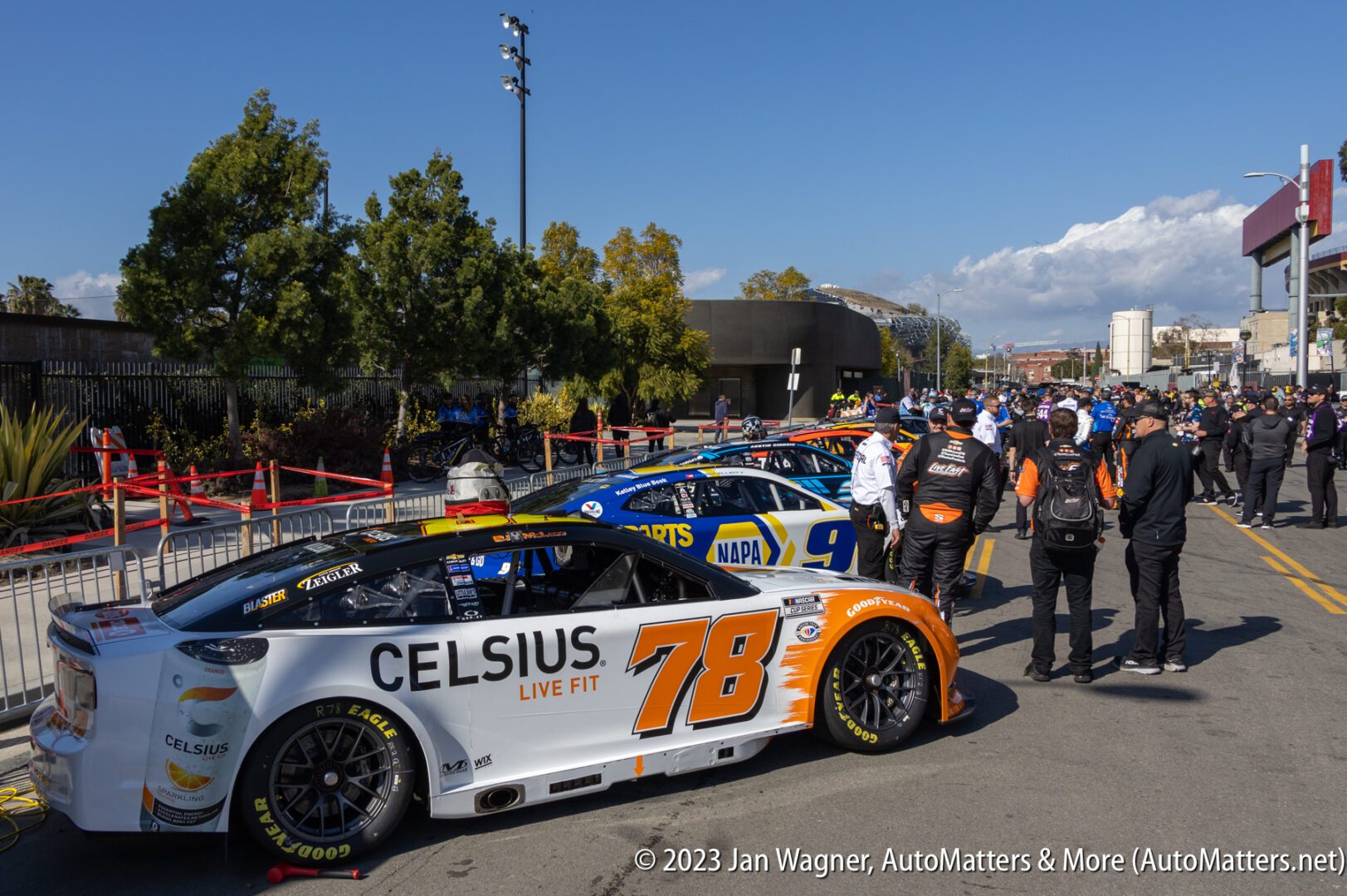
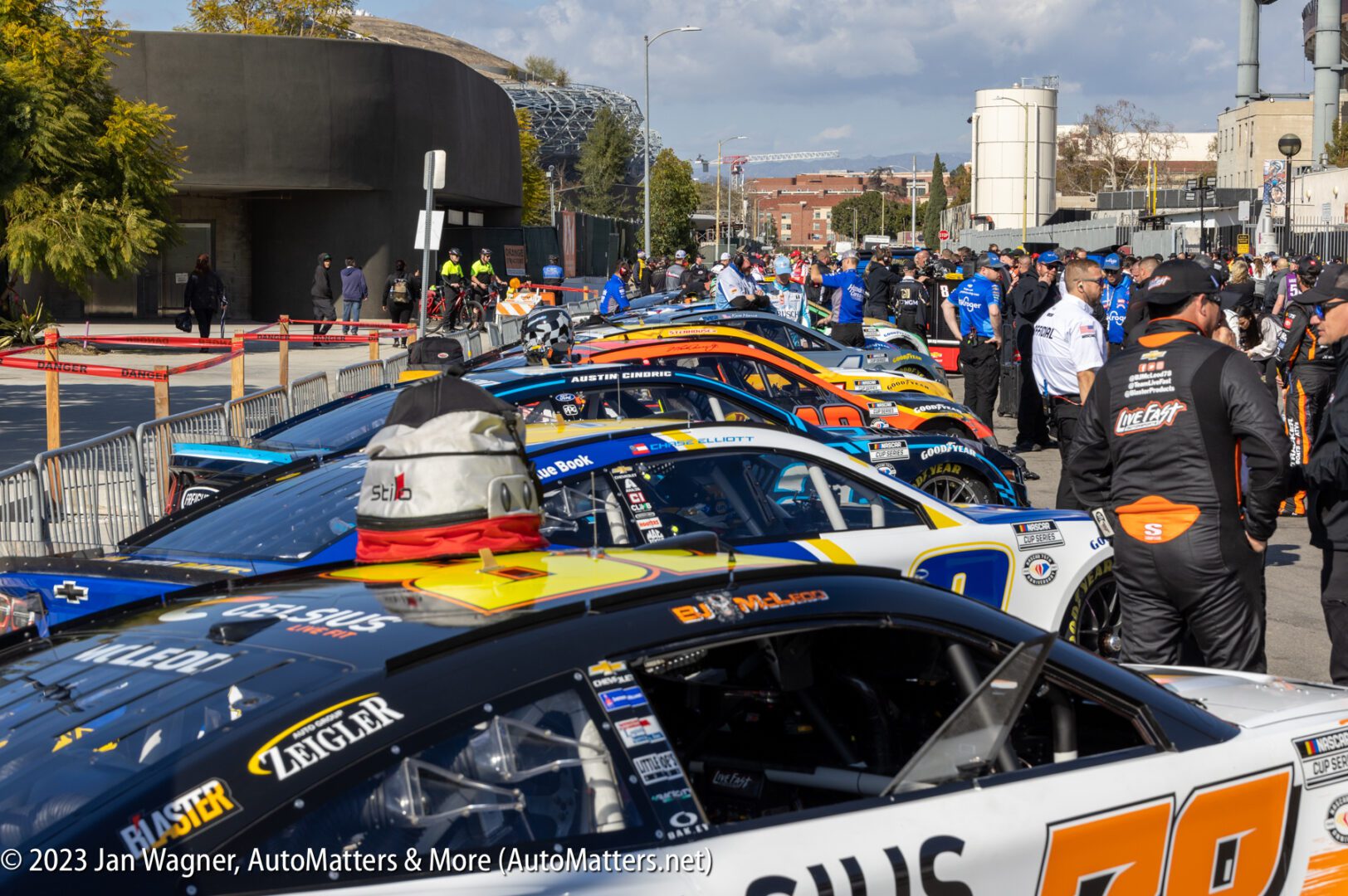
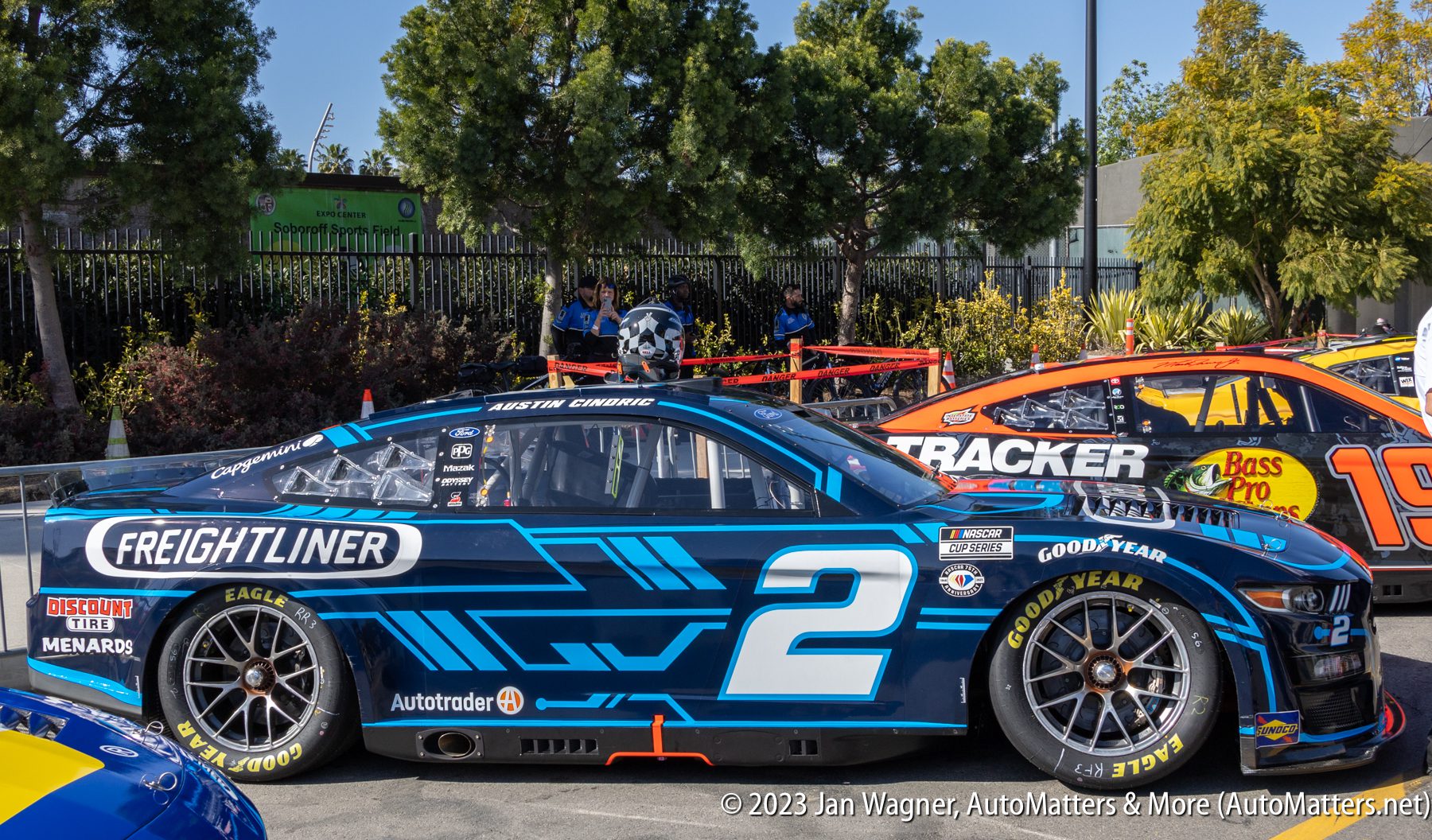

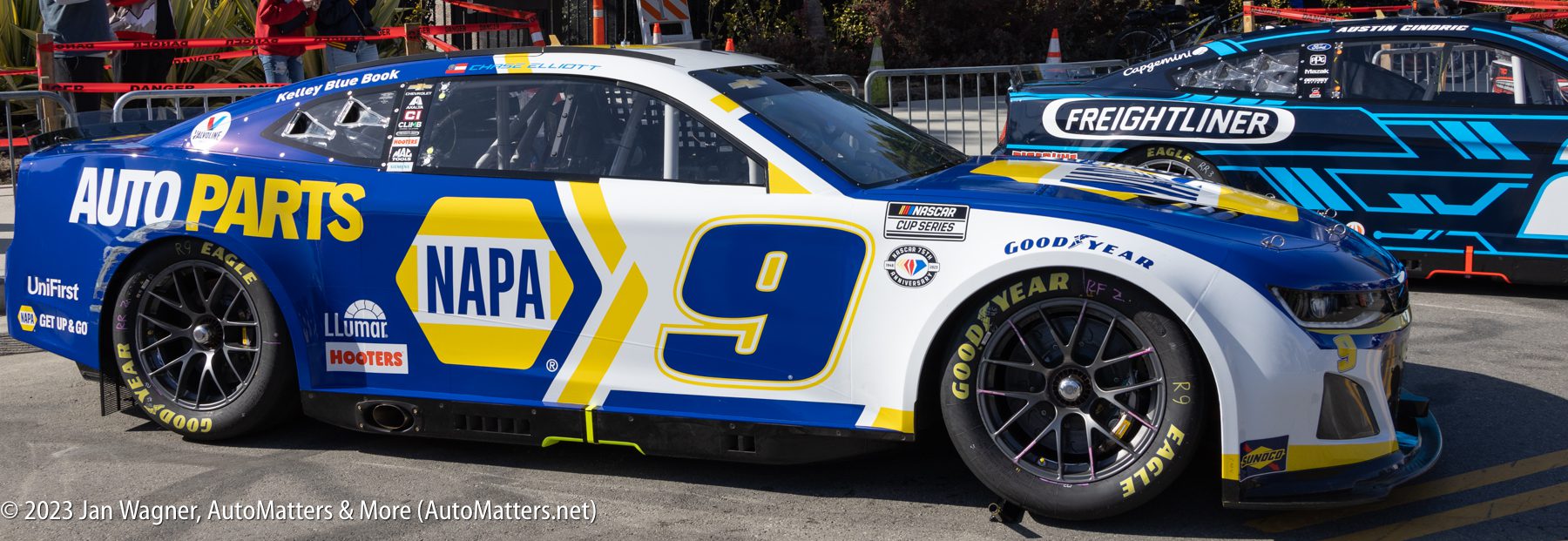
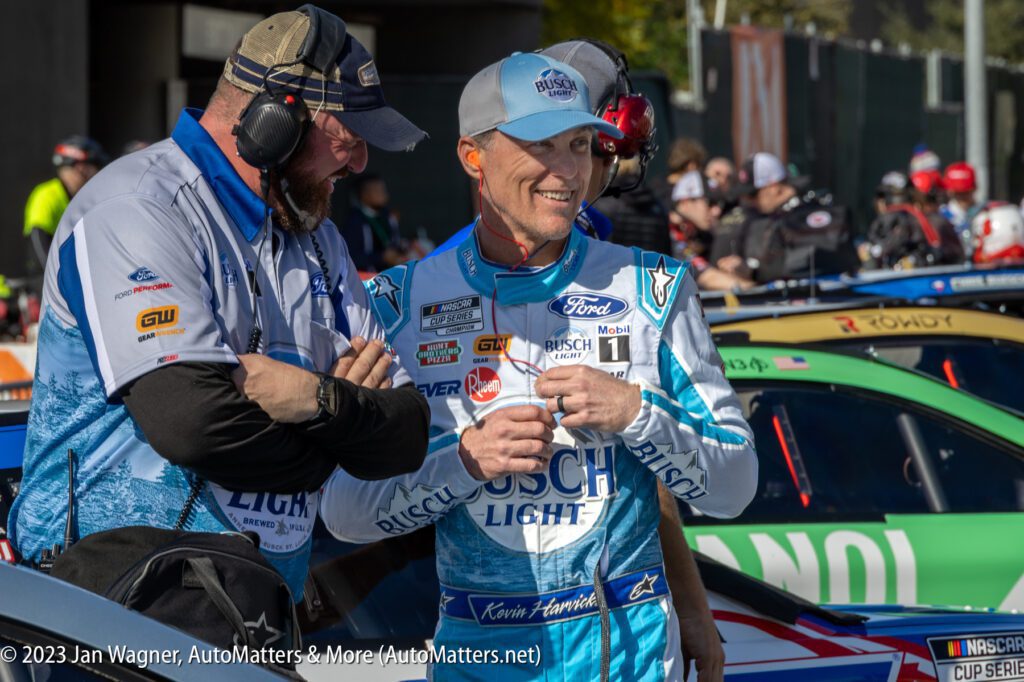
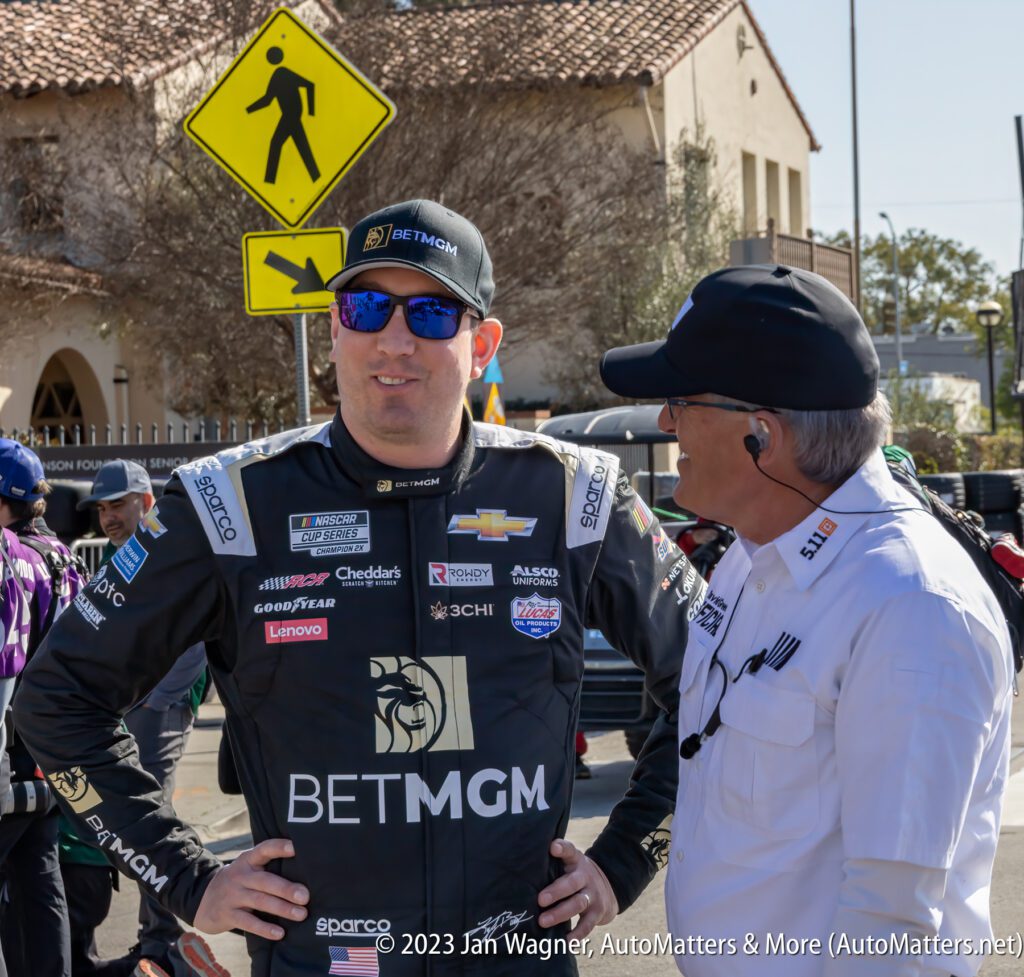

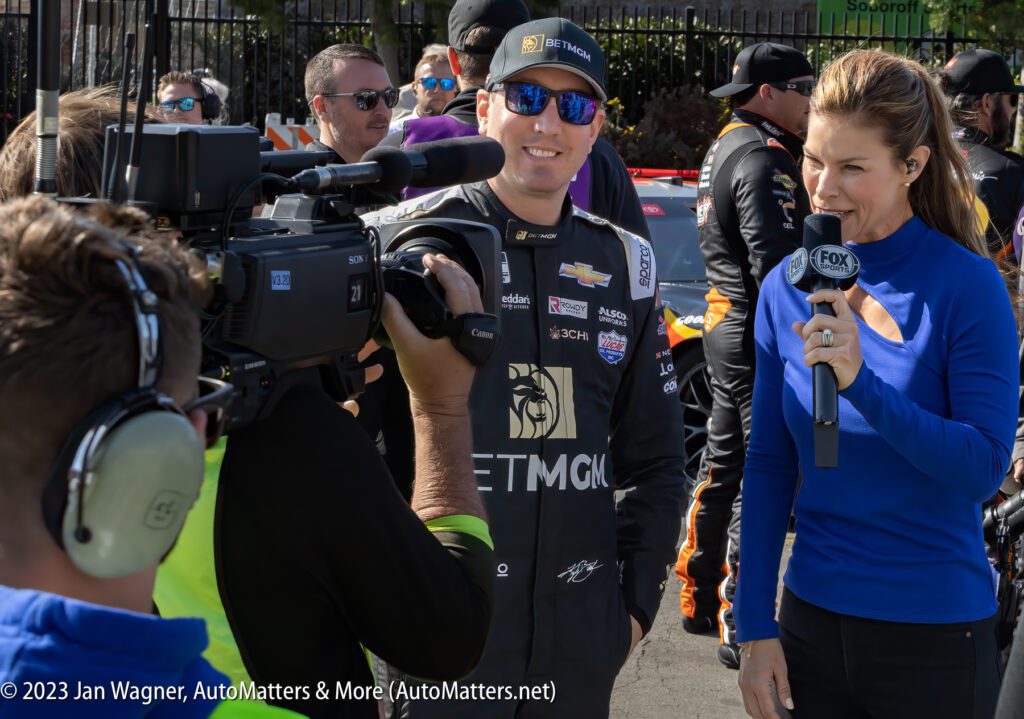
Tire changes were only allowed to replace flat tires. Nevertheless there were few retirements, since the new-generation cars are strong and are thus able to withstand some abuse. The rain tires that were available, just in case, were not needed.
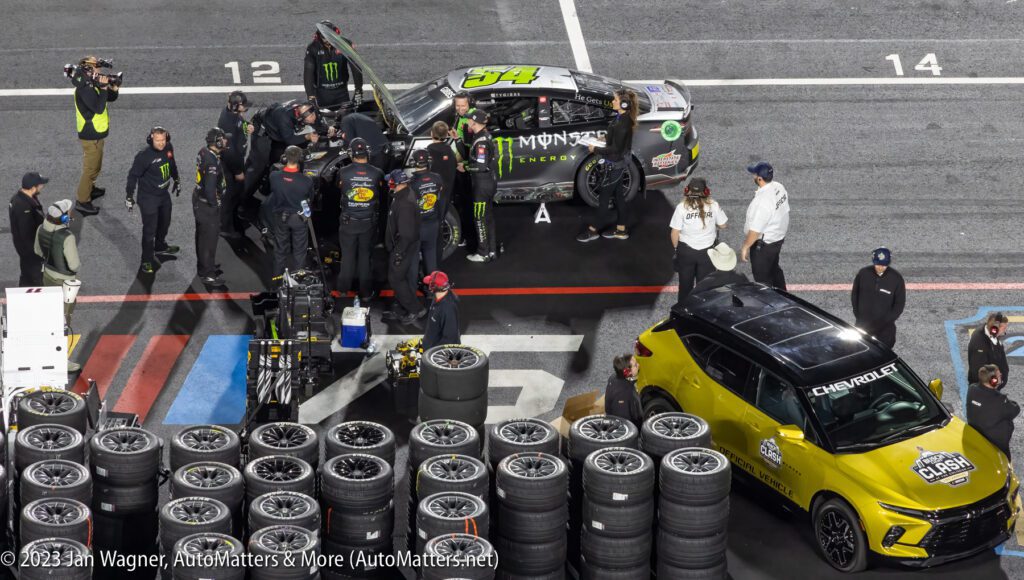
Several drivers showed strength early-on in practice and qualifying, including laps-led leader Ryan Preece, Bubba Wallace (who also led many laps), Aric Almirola and eventual race winner Martin Truex Jr. (who did not even qualify for last year’s feature race). In the new NASCAR season, look for Kyle Busch to show strength with his new race team (moving from Joe Gibbs Racing to Richard Childress Racing) and his switch from Toyota to Chevy.

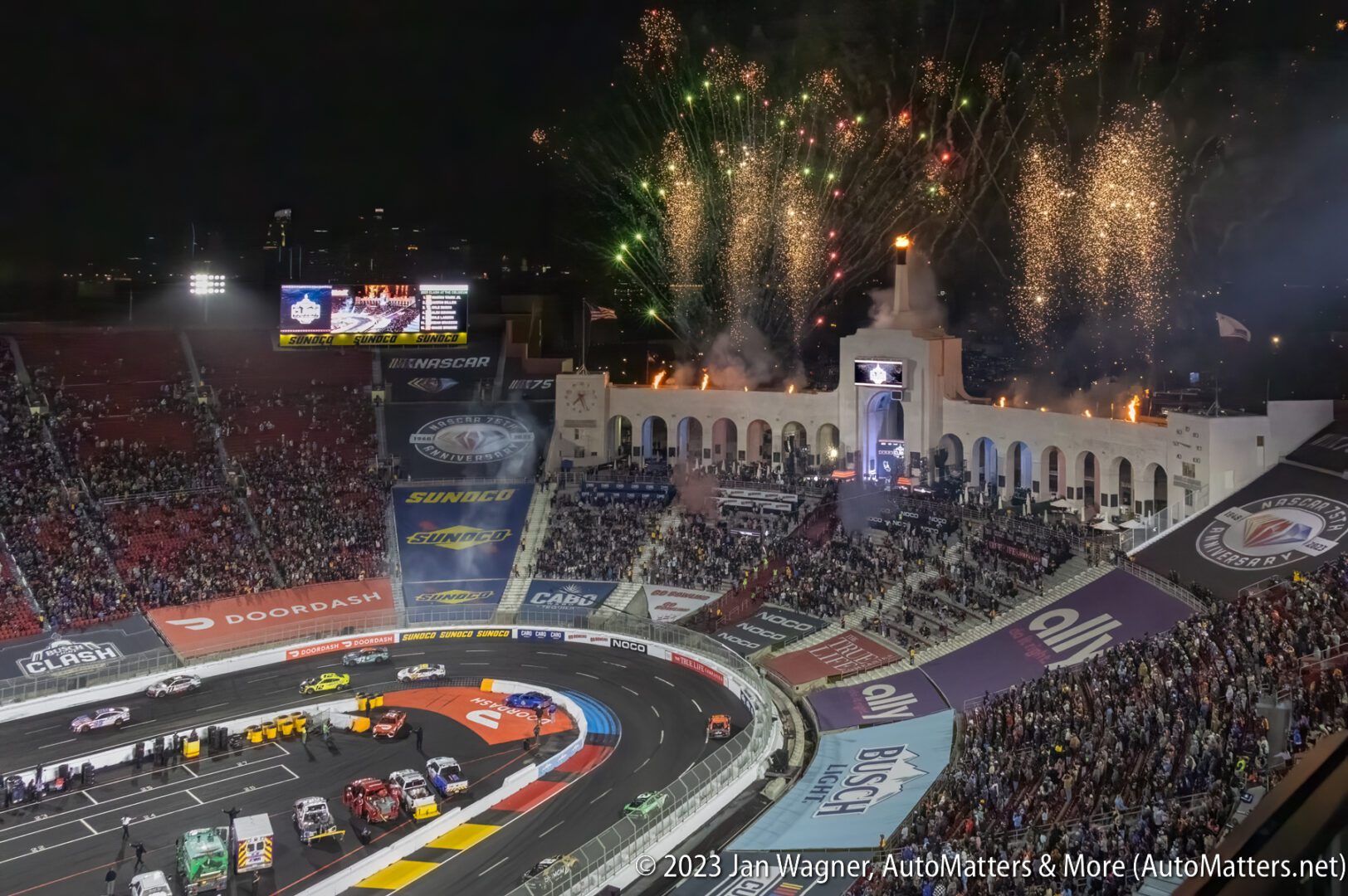
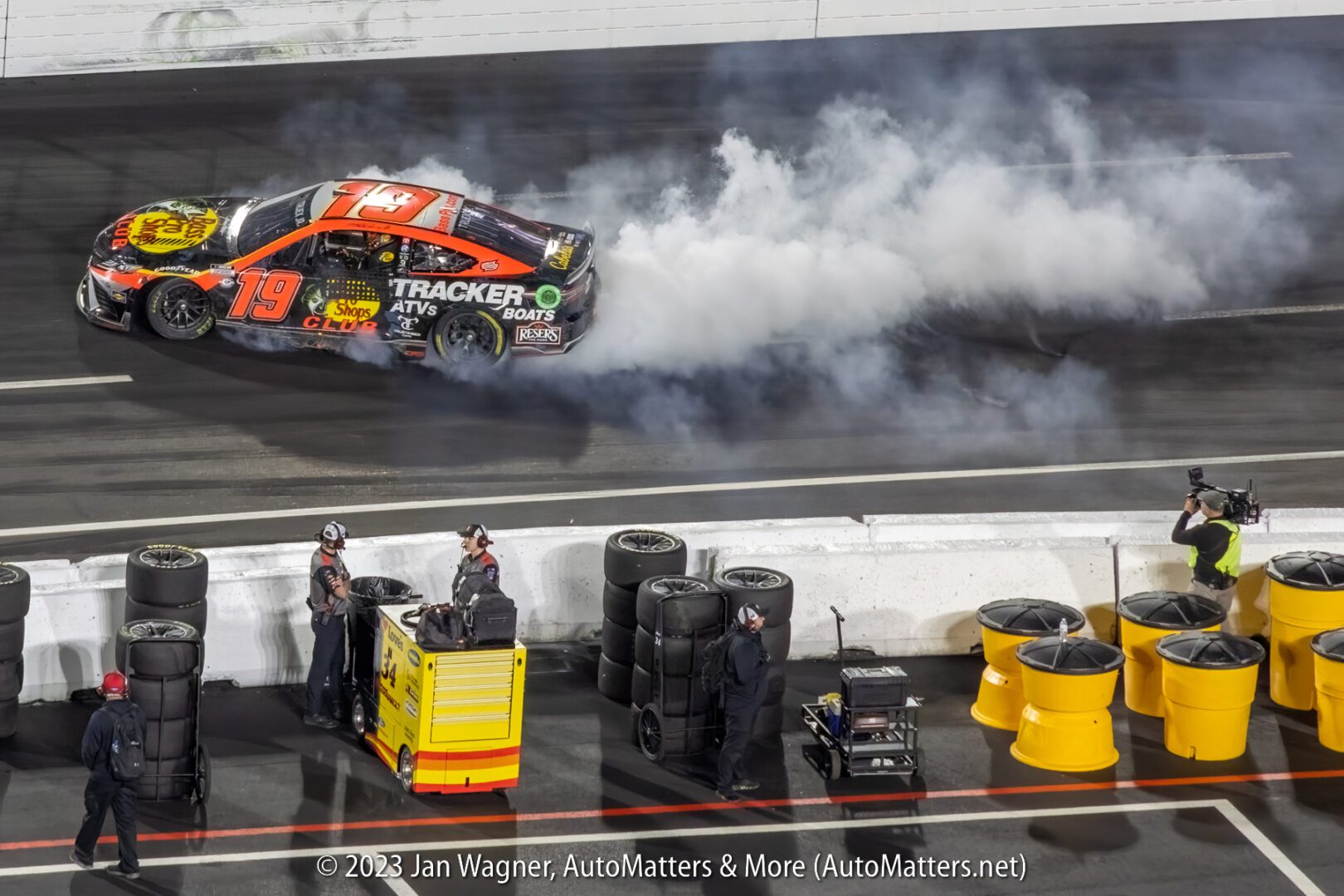
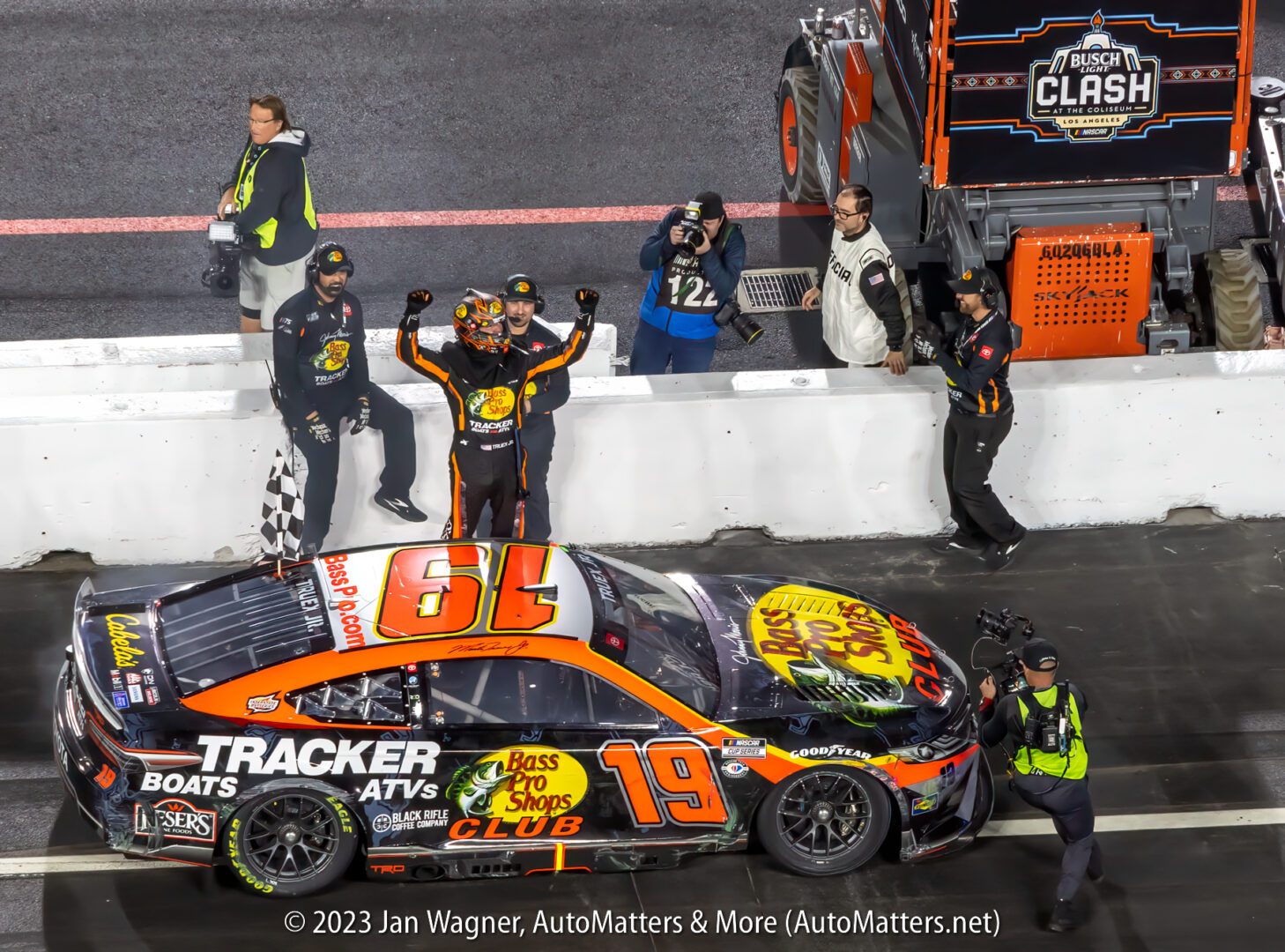
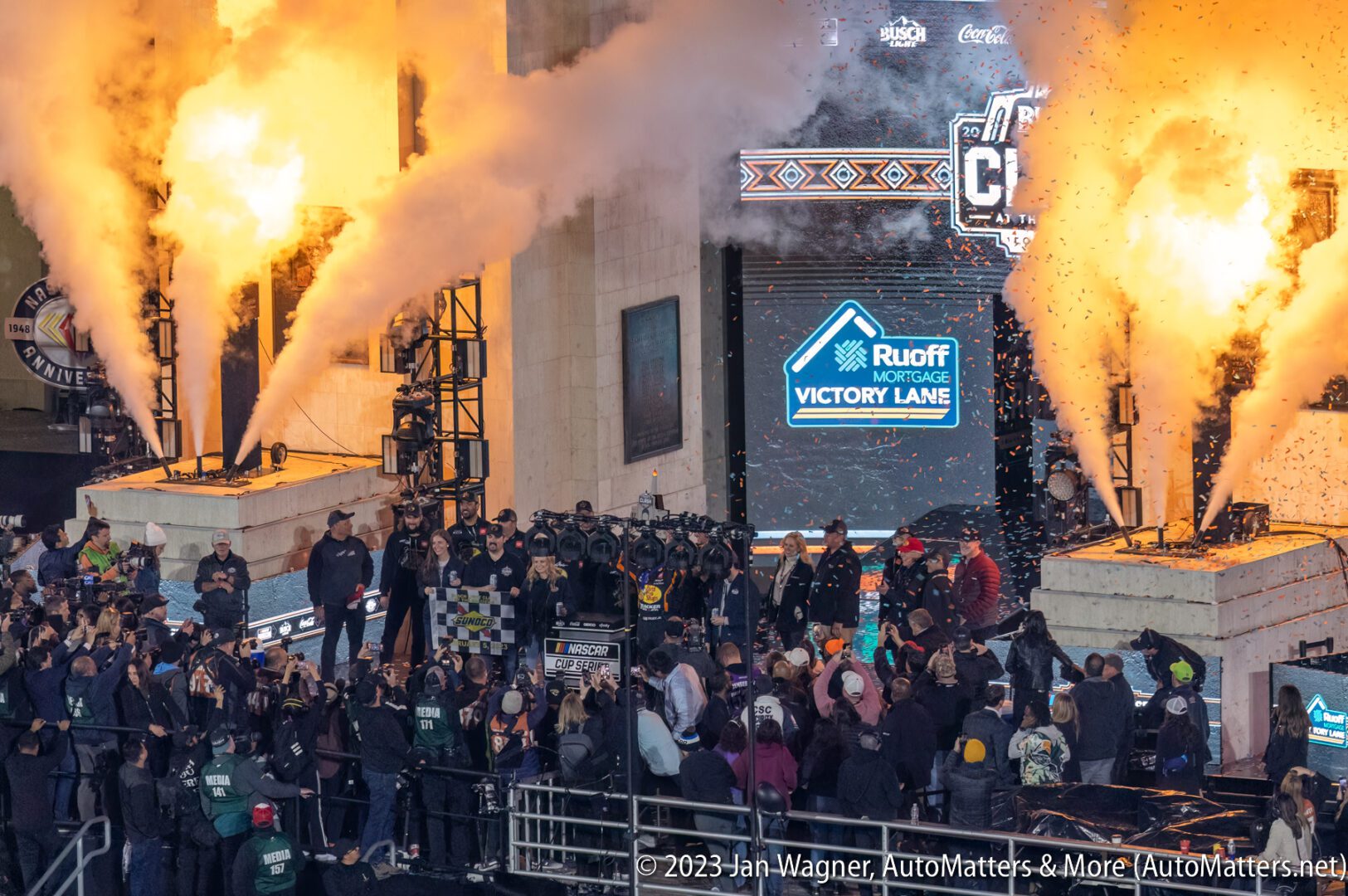
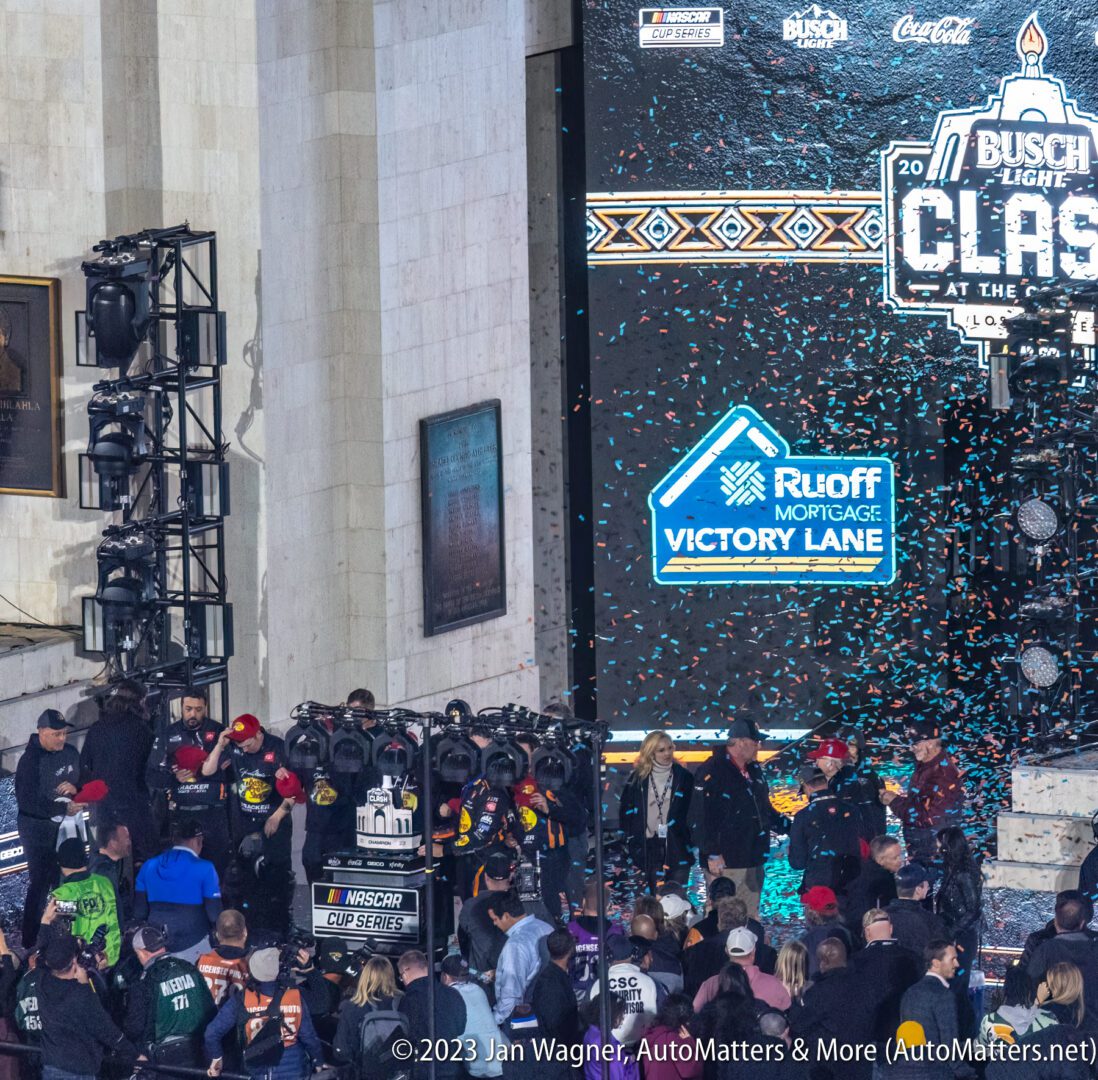
For more information, including the official results, and to see a video recap, visit: https://www.nascar.com/results/racecenter/2023/nascar-cup-series/busch-light-clash-at-the-coliseum/.
The teams’ next races will be the Daytona 500 race weekend, followed by the Pala Casino 400 — the final race on Auto Club Speedway’s two-mile oval in Fontana, California, before it is rebuilt into a short track. There will be no NASCAR Cup Series race at Auto Club Speedway in 2024 and possibly even in 2025, so “AutoMatters & More” will be there to cover this final event for you. Hopefully there will be a third annual Busch Light CLASH at The Coliseum in 2024, to give us race fans an opportunity to enjoy NASCAR Cup racing in-person in Southern California.
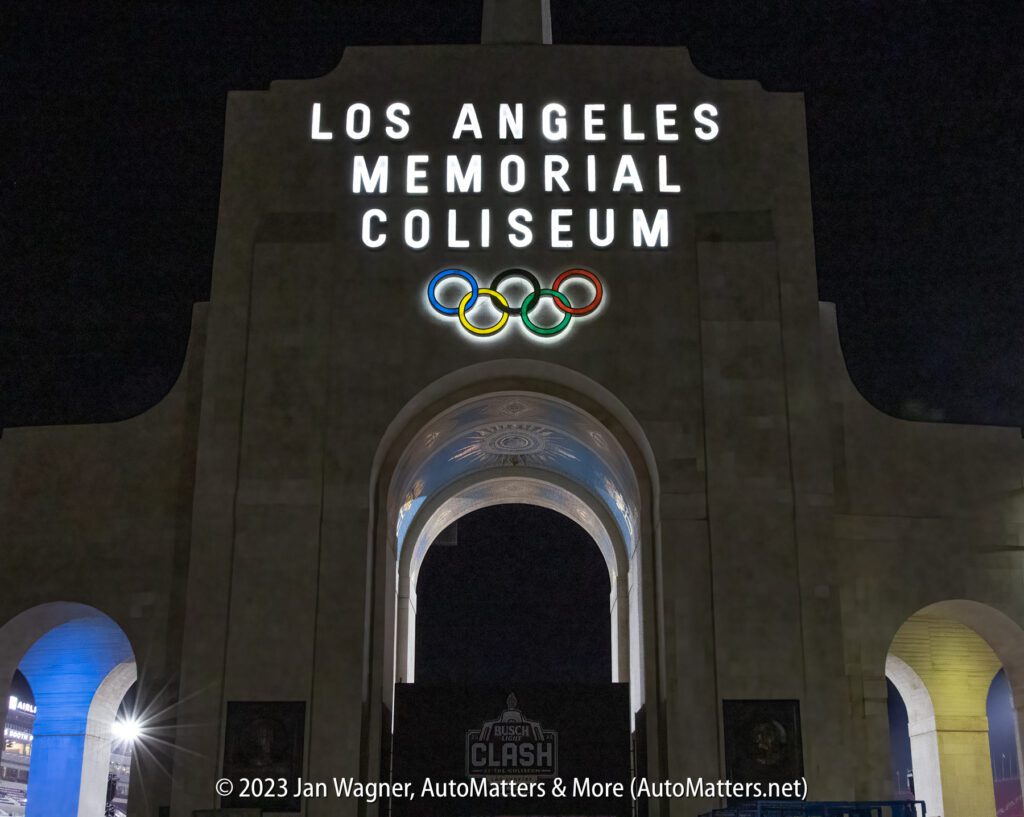
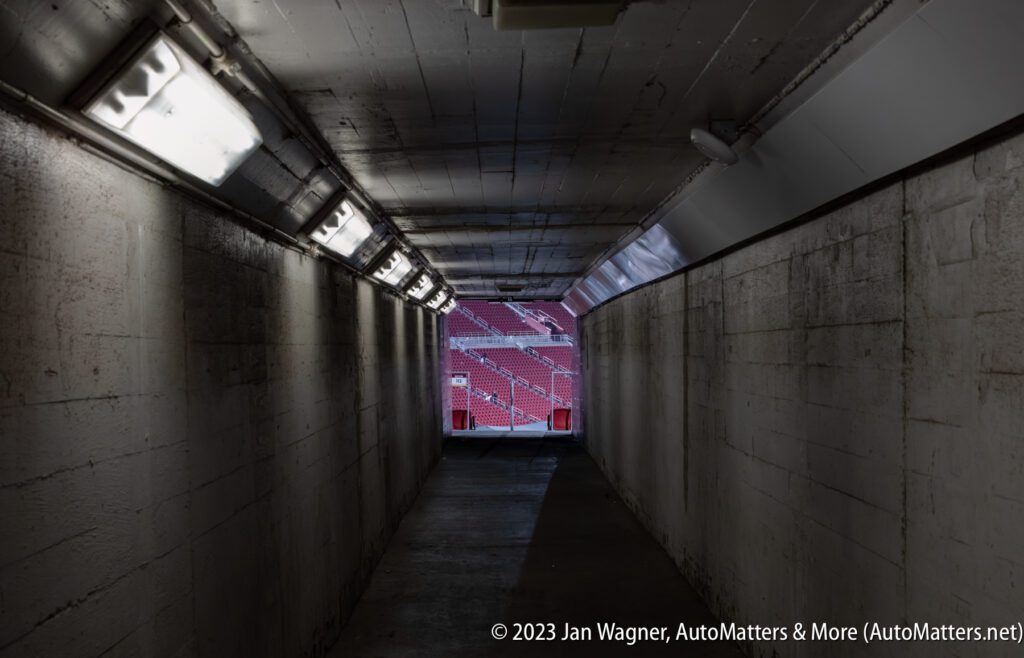


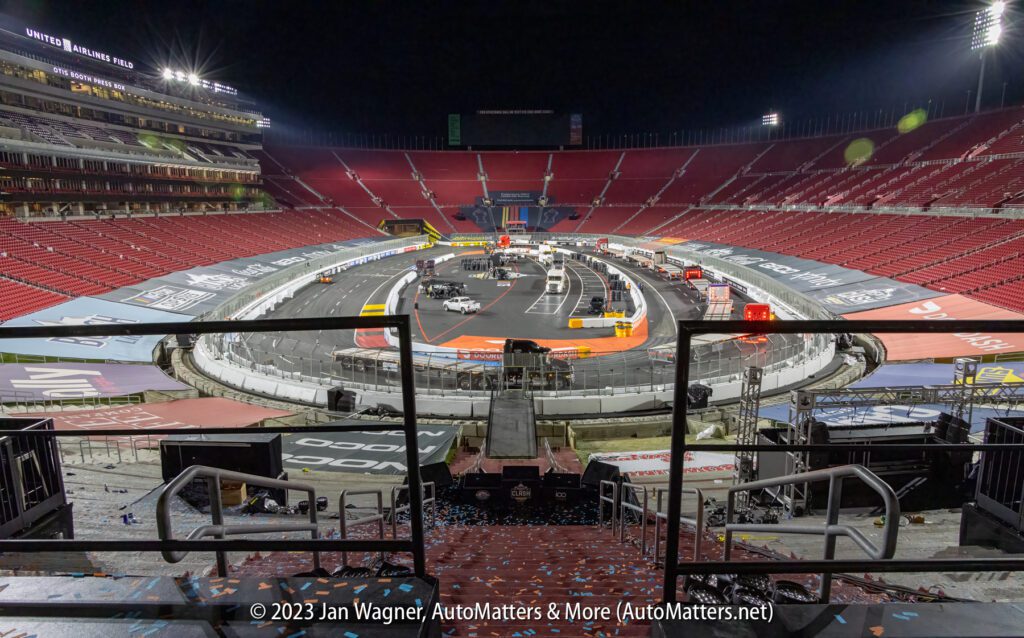
To explore a wide variety of content dating back to 2002, with the most photos and the latest text, visit “AutoMatters & More” at https://automatters.net. Search by title or topic in the Search Bar in the middle of the Home Page, or click on the blue ‘years’ boxes and browse.

Jan, I am aware that Fontana is being reconfigured as a short track. I don’t know enough about NASCAR to understand why they need another short track. Do you think it will be the death nell for the LA Coliseum?
NASCAR’s origin was in the south during the days of Prohibition. It slowly spread across the nation but when it arrived in California it had to compete with sports cars and roadsters driven by sun loving Californians. There are tens of thousands of NASCAR fans in California now, but I’m sure they want more than just short tracks.
David, Auto Club Speedway is/was a HUGE complex that was built under the leadership of Roger Penske. From what I have heard and understand, much of its land has been sold.
If I put on my race fan’s hat — and I have been attending these races pretty much since the track first opened, as well as having watched NASCAR Cup races on TV for even longer — I think that watching racing on a short track will be much more exciting, and it will become MUCH easier for the fans to see all the action on-track. The old track — in addition to being very long — was very wide and did not promote particularly exciting battles on-track. Perhaps one of the most exciting races that I watched there was the last IndyCar race there — but hardly any fans were in the stands to see it.
I am definitely looking forward to this change, and I see it as a big positive. However, there has been some doubt, expressed as to whether this is actually going to happen, or if the track will just fade into people’s memories.
As for whether or not the event at the LA Coliseum will continue, the second year’s event seemed to me to have less fans in attendance than the first. I hope that does not fortell the end of this great annual event.
Jan
Jan, beautiful photos. I don’t know where you get the energy to drag your heavy equipment all around the stadium, and then up to the nosebleed seats. Your header photo is spellbinding, as if not from this world. Perfectly symmetrical with an appearance that is straight from a video game, or painted by a realist master.
For a coliseum that was built for Olympic track and field, it is well suited to other sports like baseball, football and other field sports. But only a lunatic could visualize this historic stadium as a suitable venue for almost 40 full size cars to race around a temporary track at speeds up to 80mph.
NASCAR fans love The Coliseum, not only because of the action on track, but the festive atmosphere also. The person who dreamt up this event hit a home run right out of the park.
Great article and well illustrated. David
Wow, David. Thank you for your wonderful comments. You should be working in PR (Public Relations). You are really skillful at making something sound incredible.
The Coliseum is a wonderful venue for this, and it attracts a whole new, younger demographic for NASCAR, which is very important.
There are many desirable features about this major sporting event: multiple races, music concerts during breaks between the races; an iconic, photogenic venue; not one, but two large vendor areas, spectator access to the garage area, with the teams’ crews and drivers; and a convenient location right in the heart of Los Angeles.
Especially since Auto Club Speedway in Fontana will be out of commission for at least the next year, if not for two years while it is being reconfigured into the proposed short track, Southern California needs this event to happen again next year or there will be no NASCAR racing in Southern California. Especially with that in mind, I hope that NASCAR has been getting enough spectators present and audience numbers from the TV broadcasts to justify the huge expense to build a race track and then tear it apart each year.
Jan